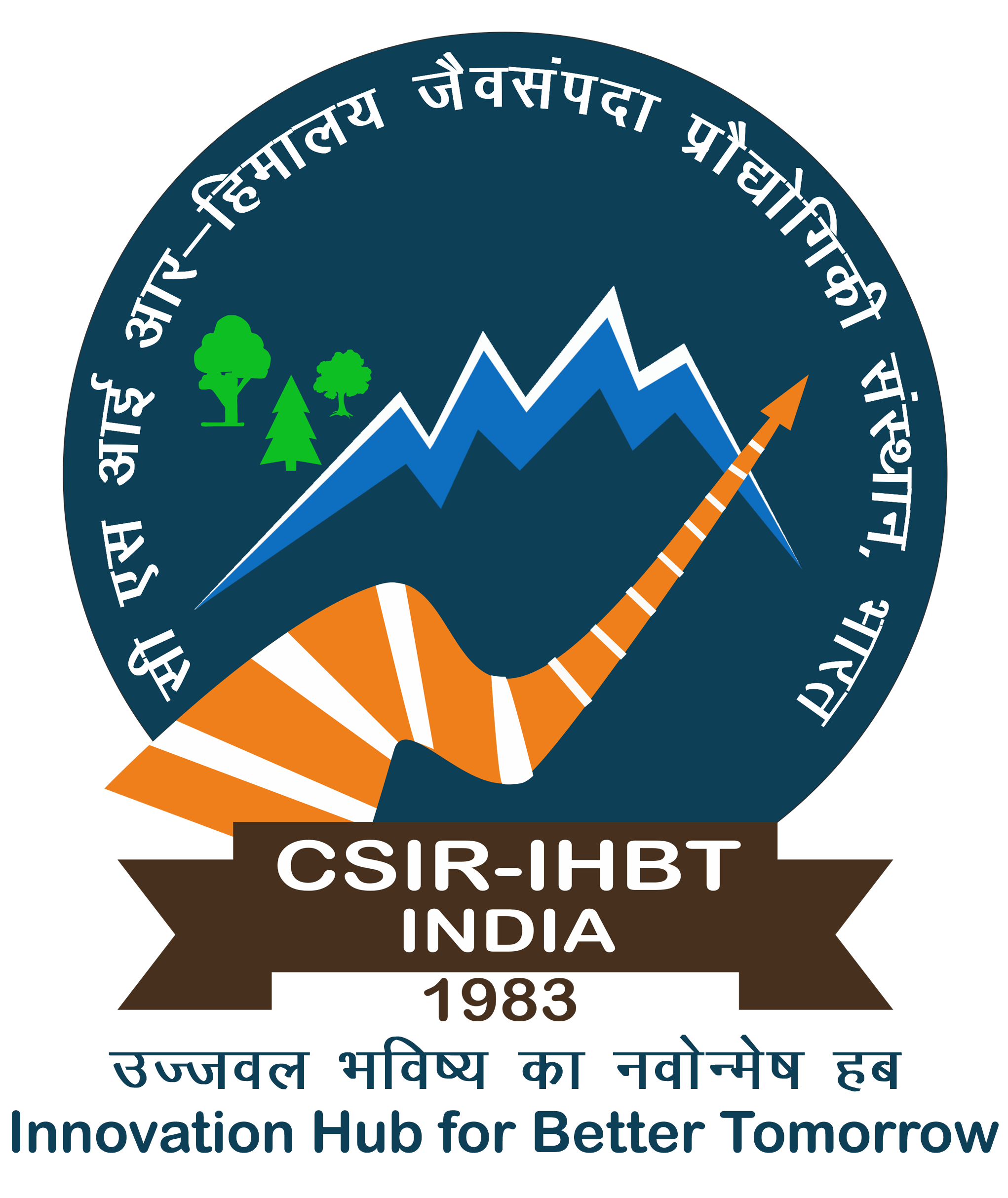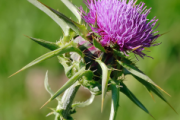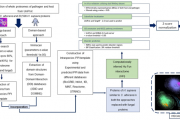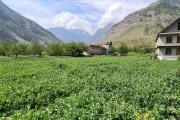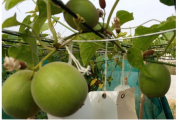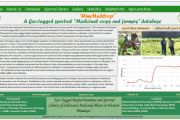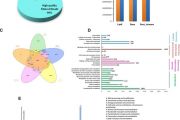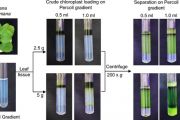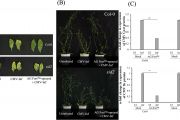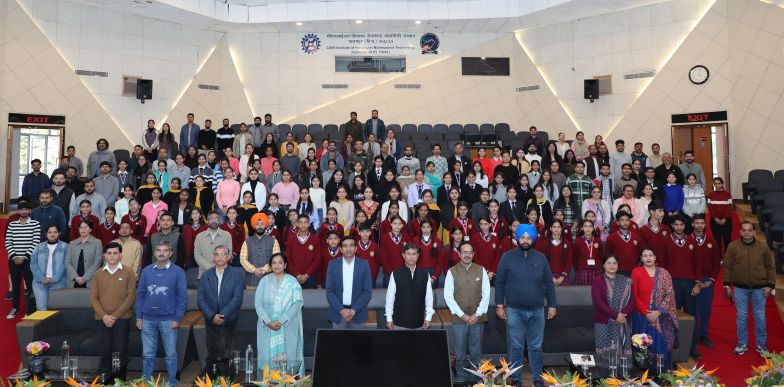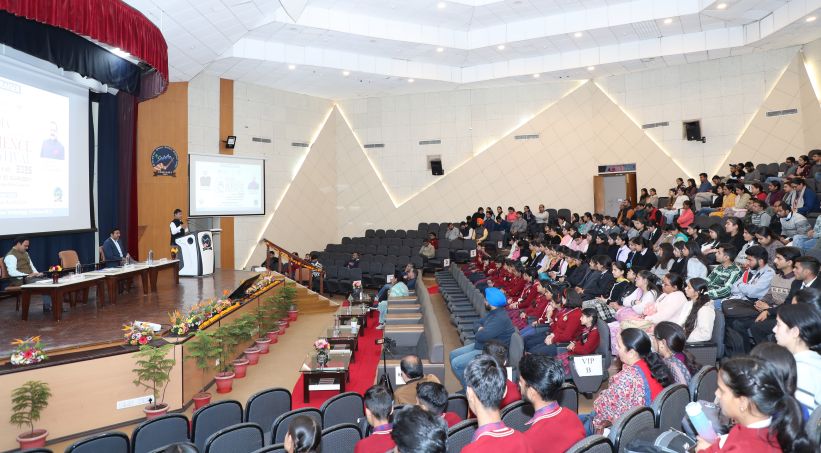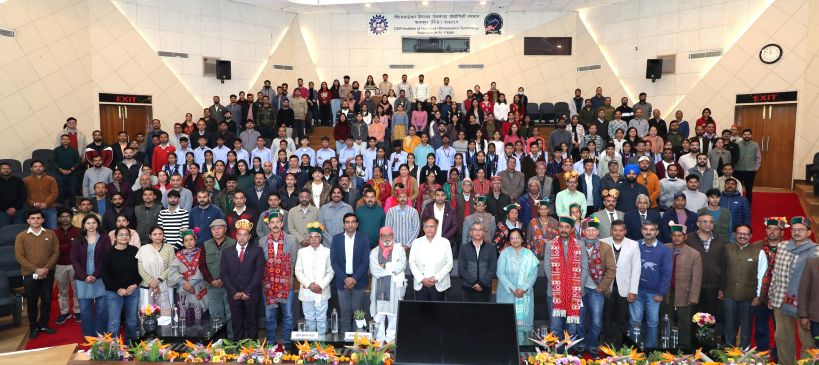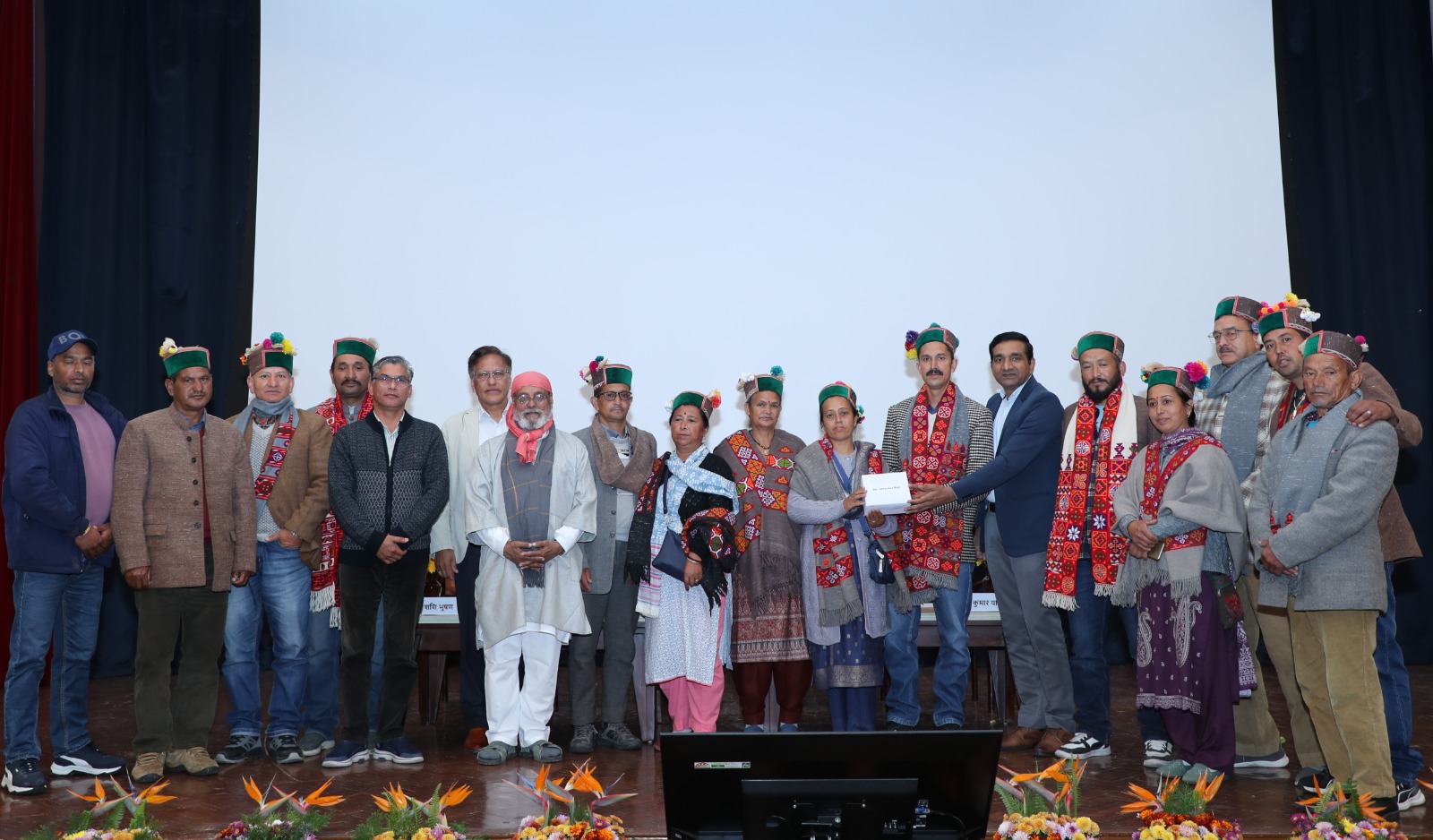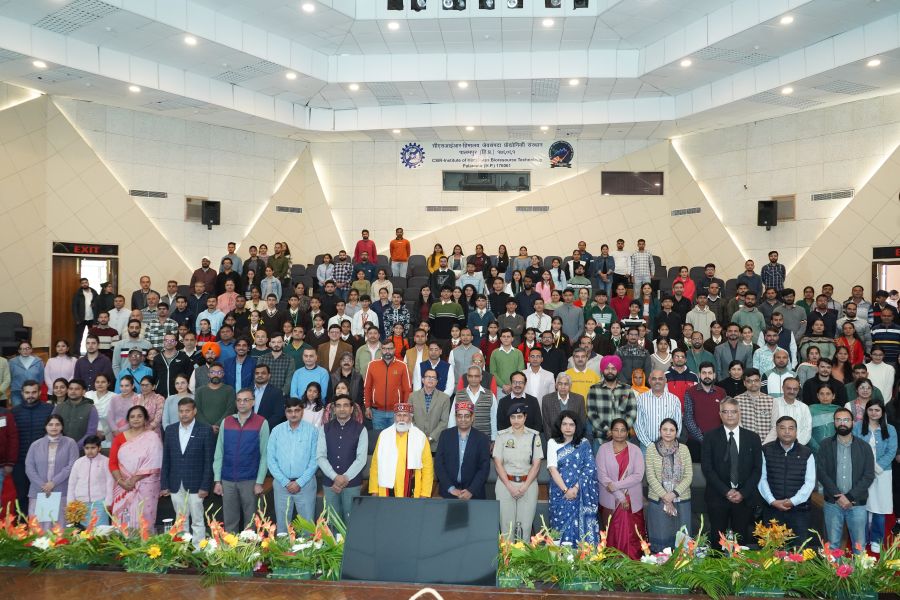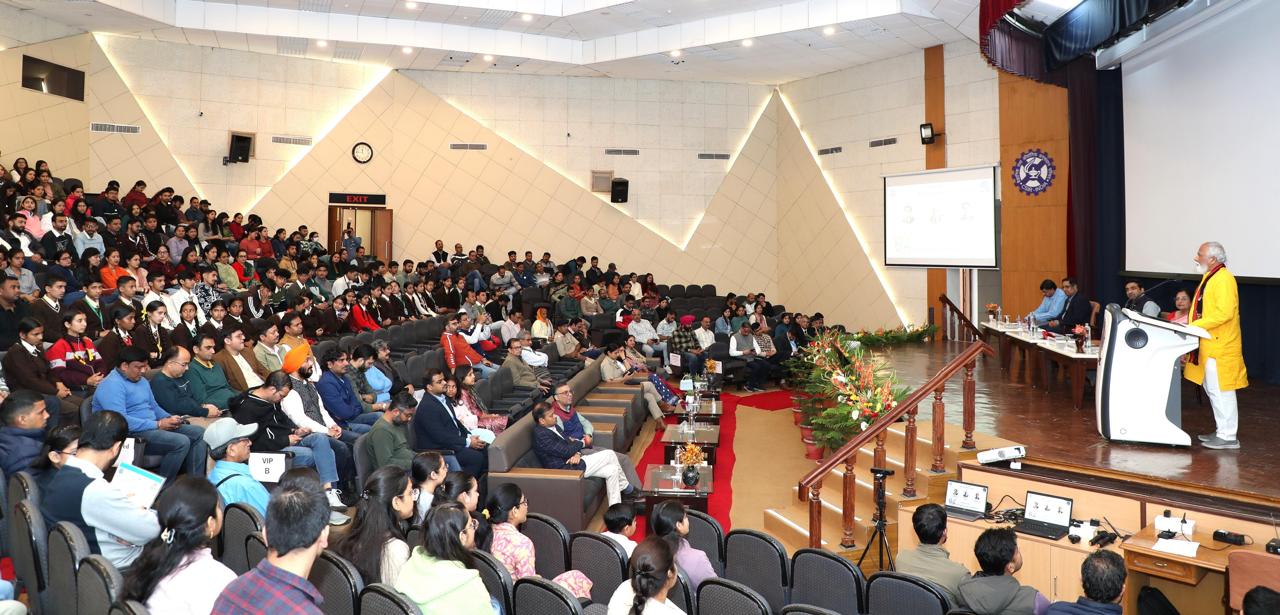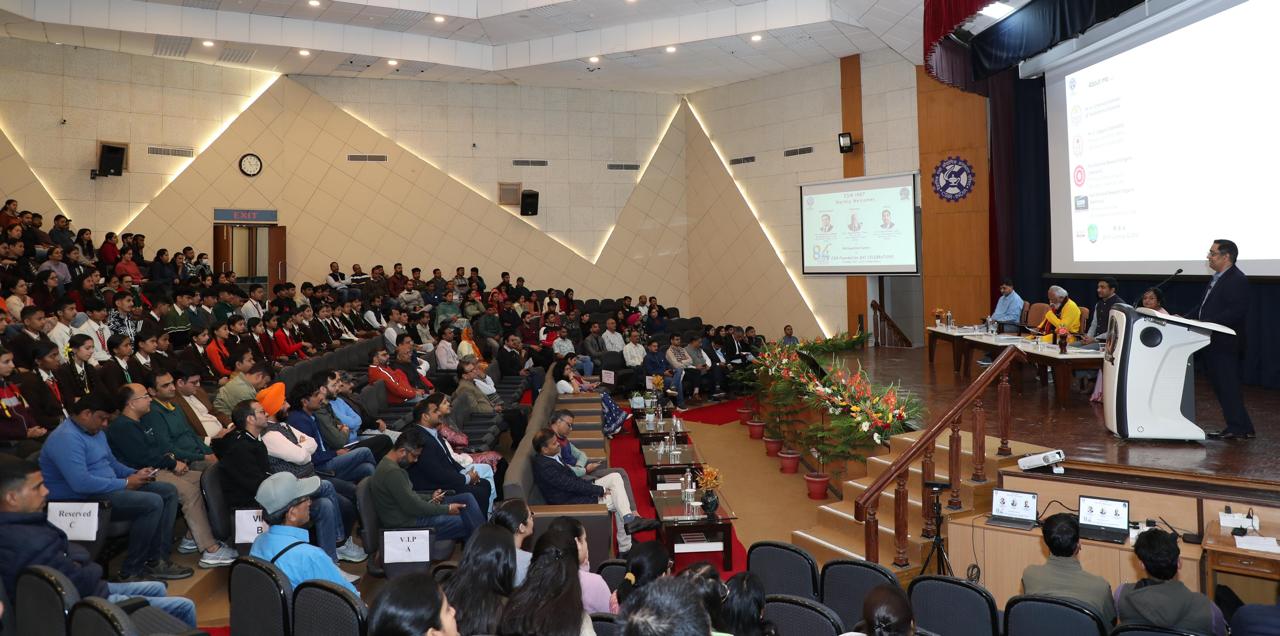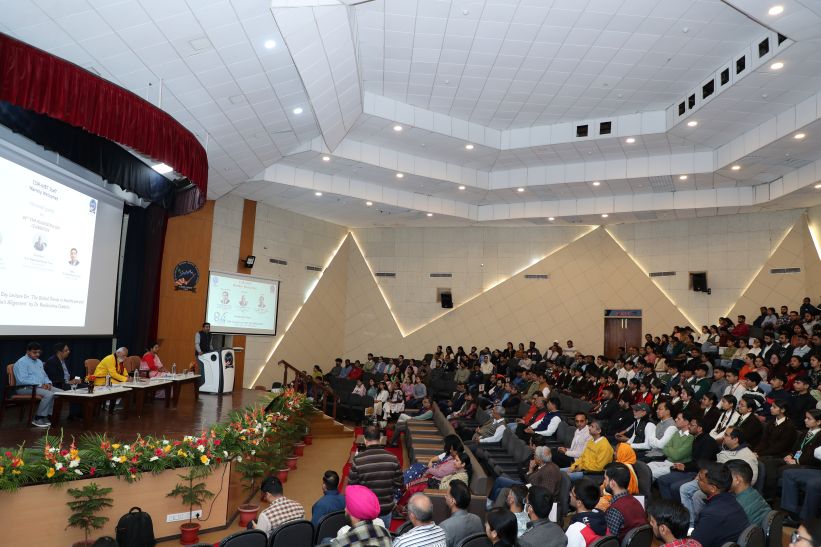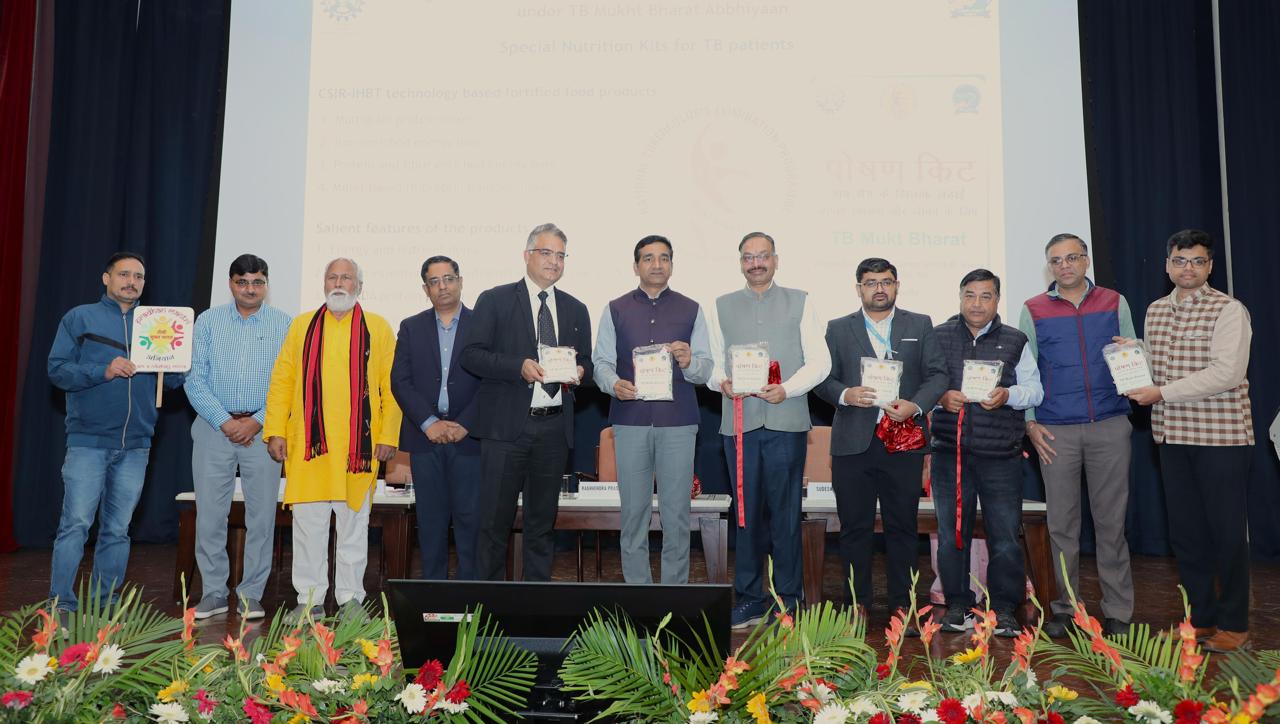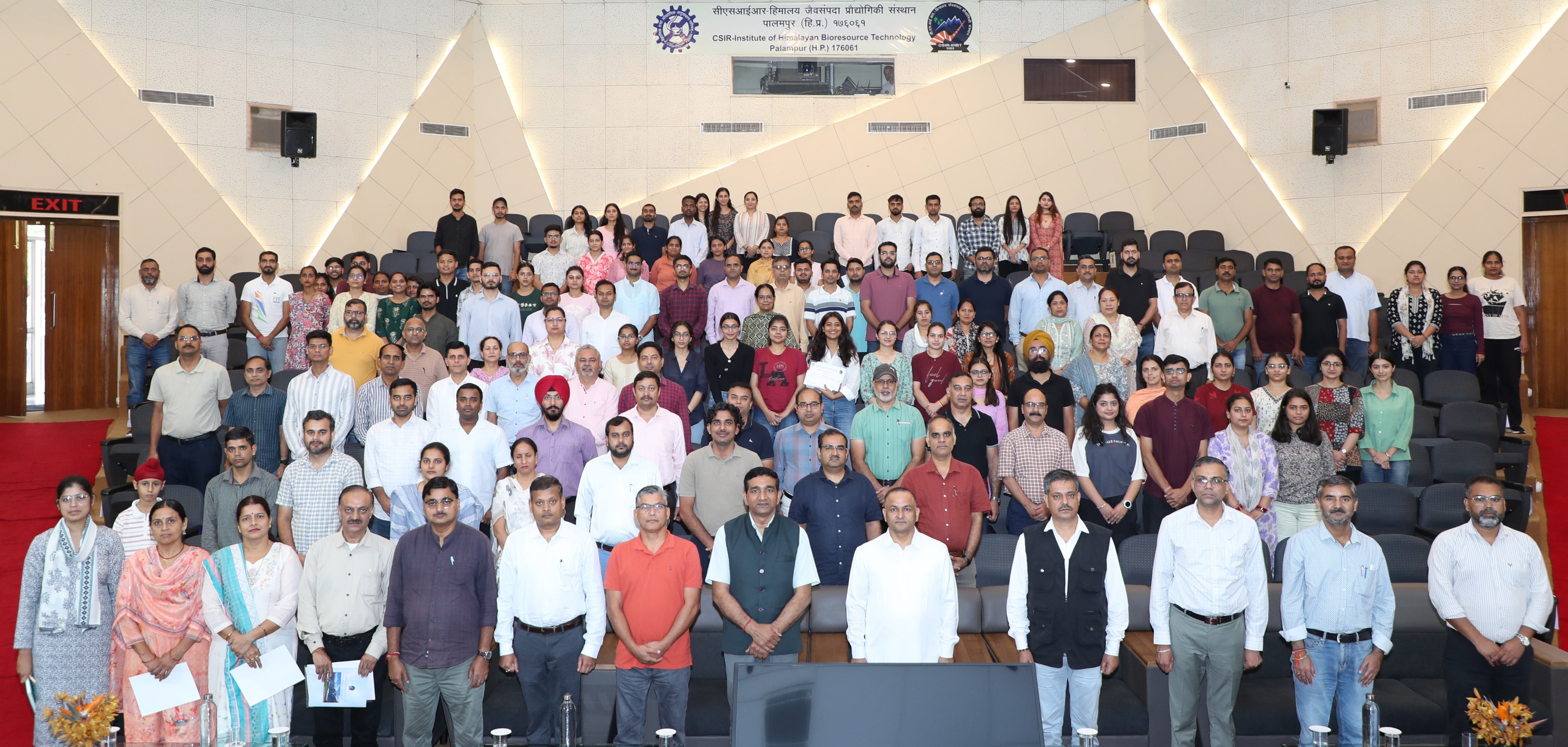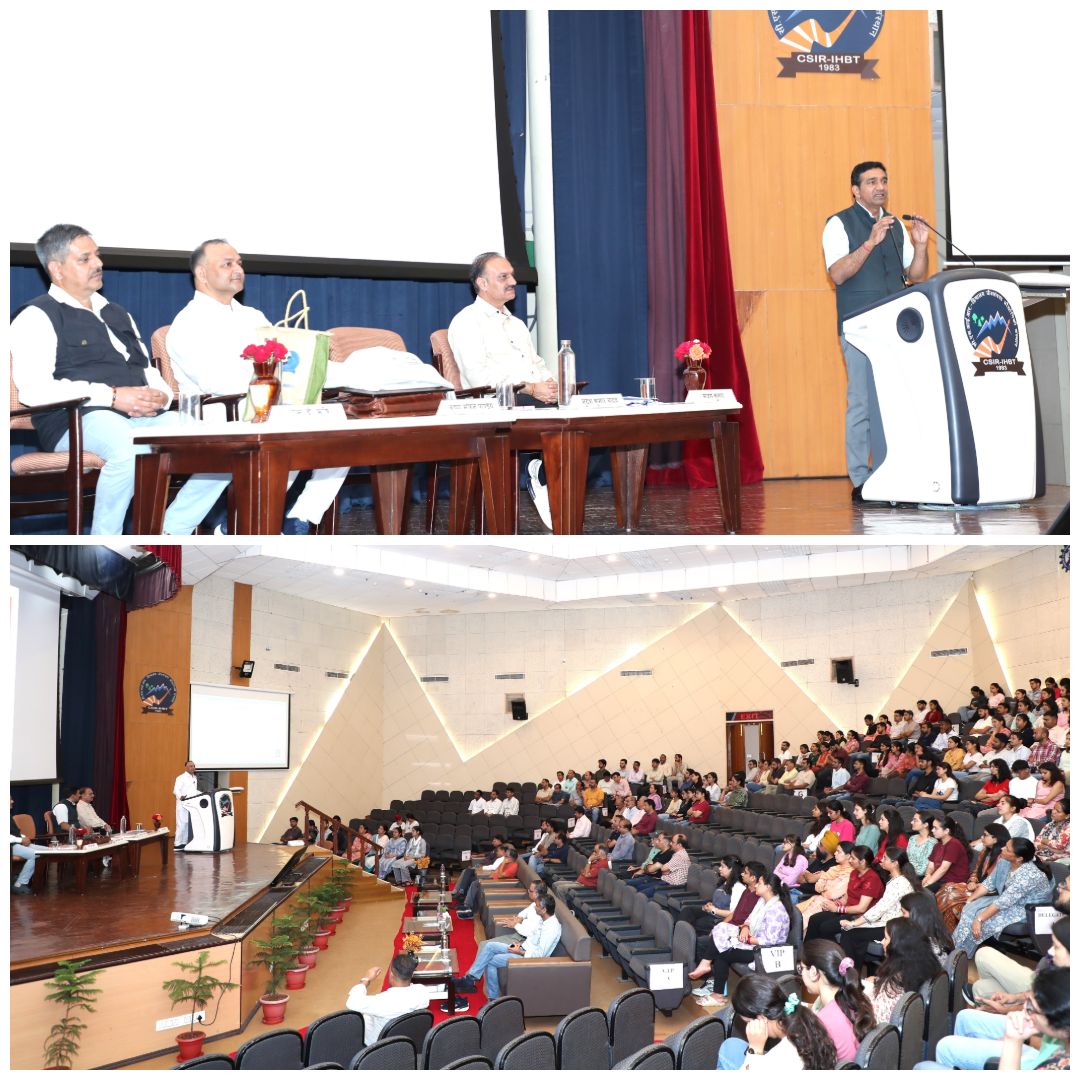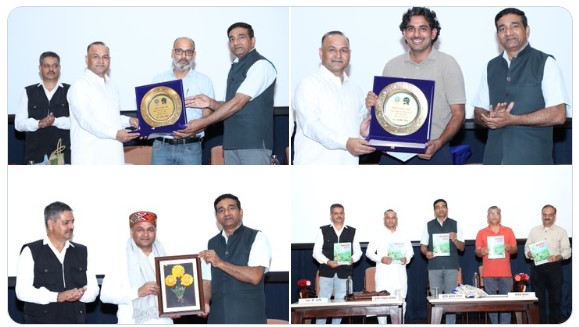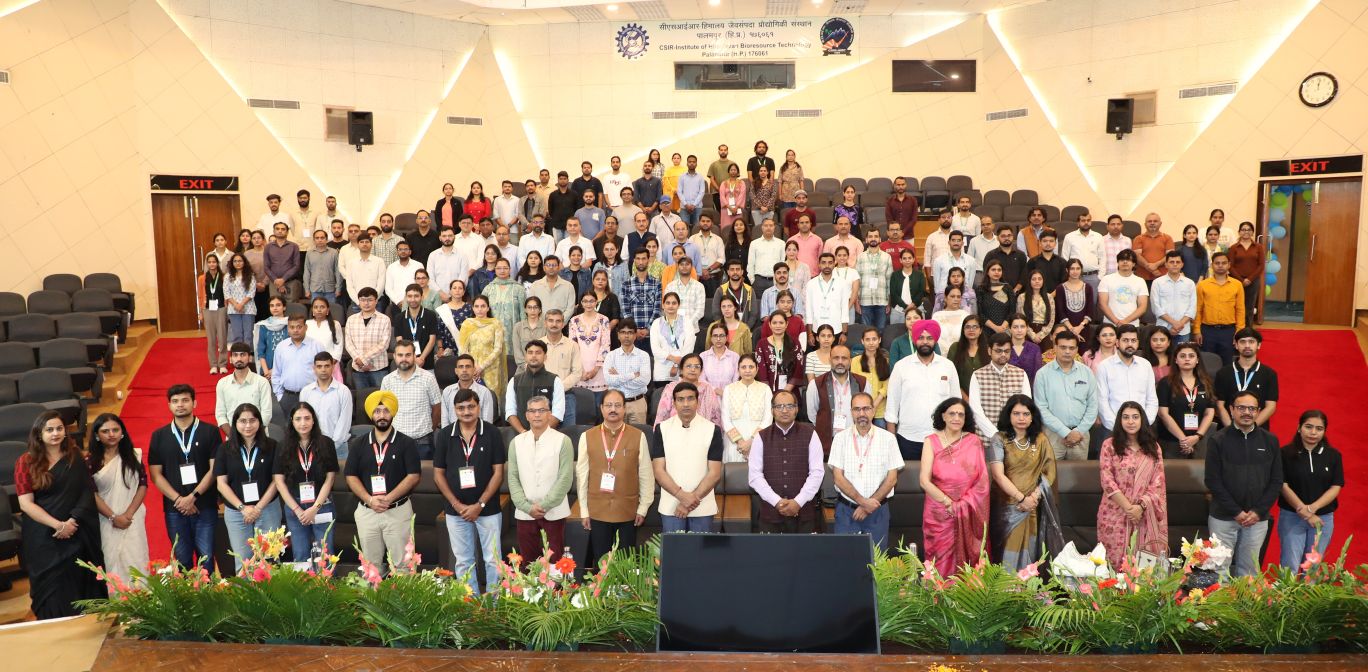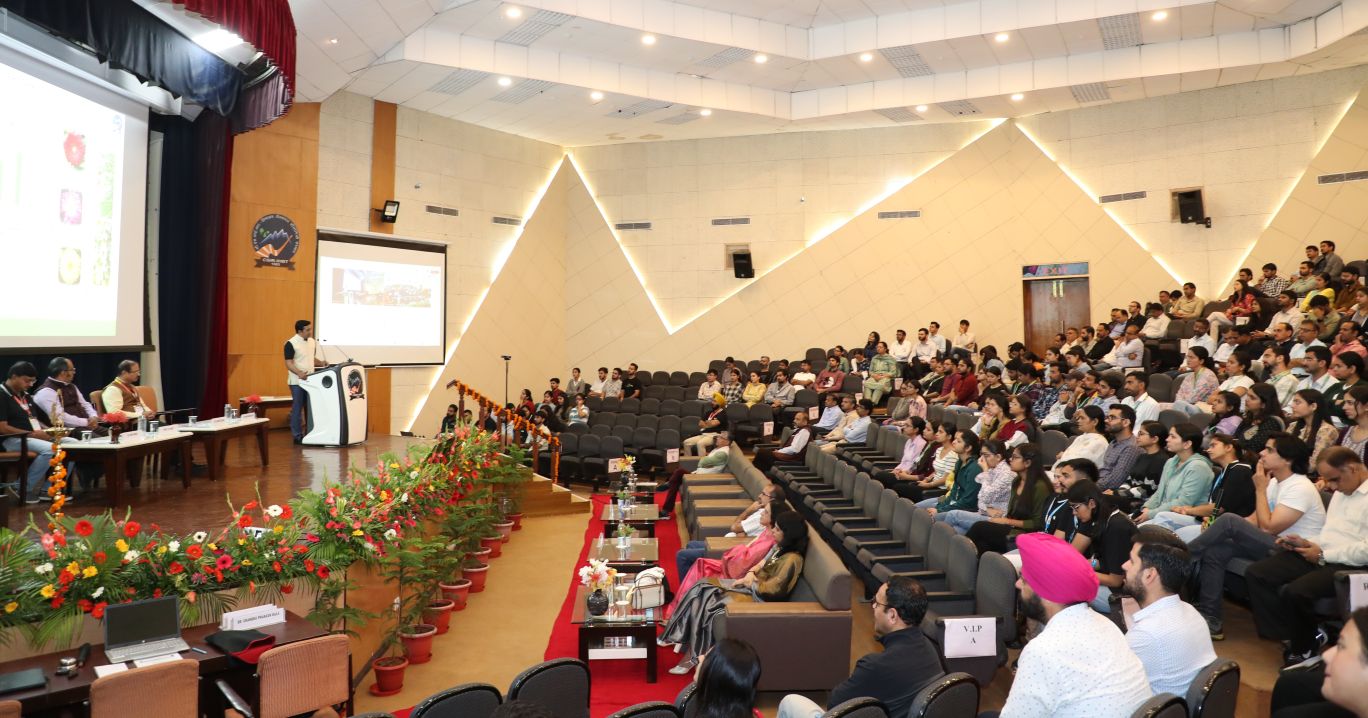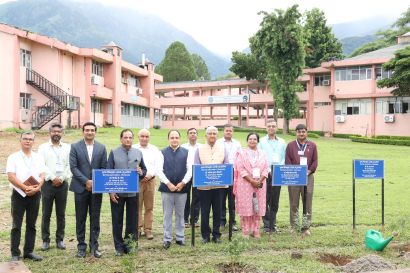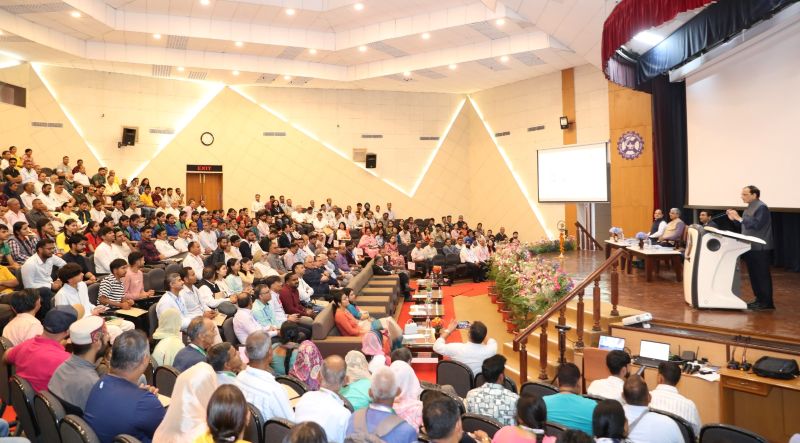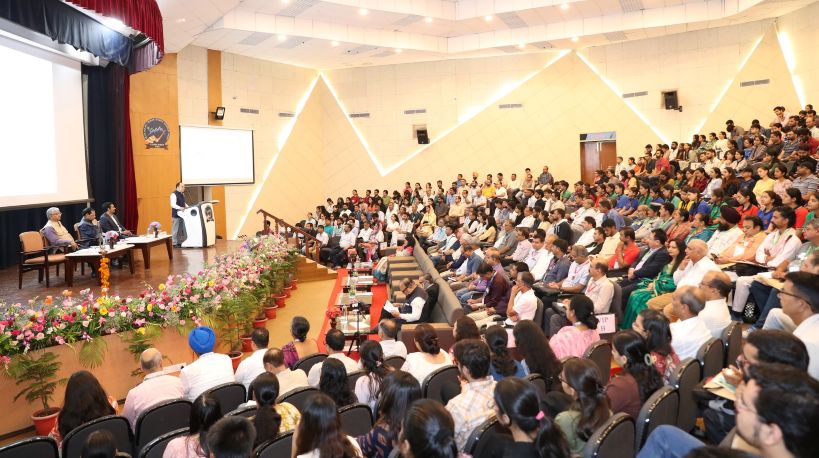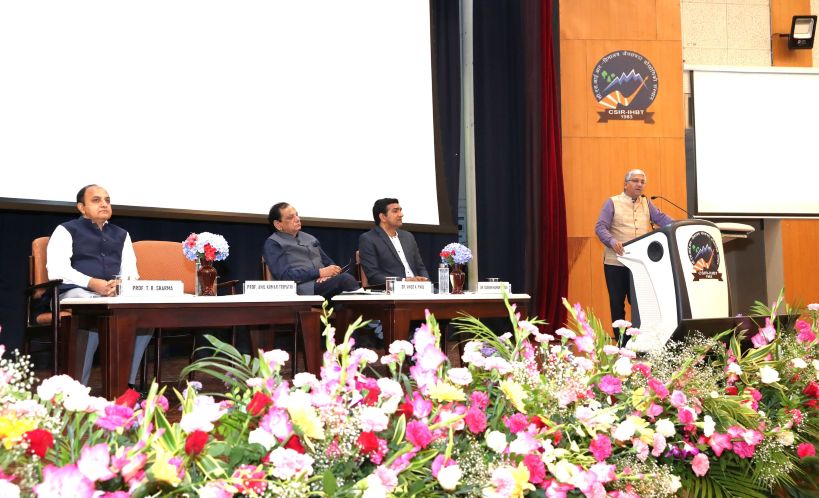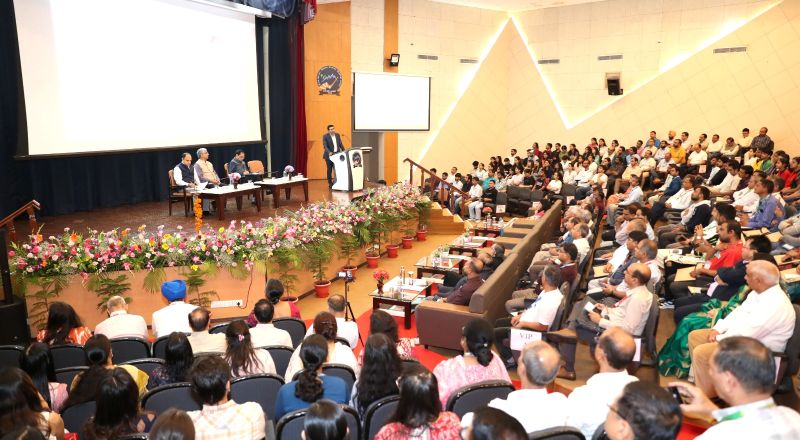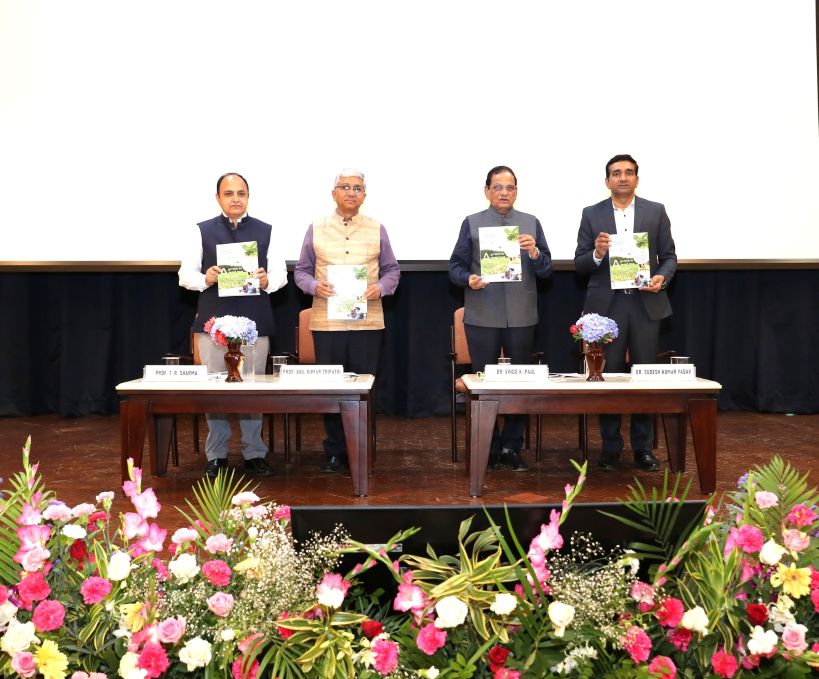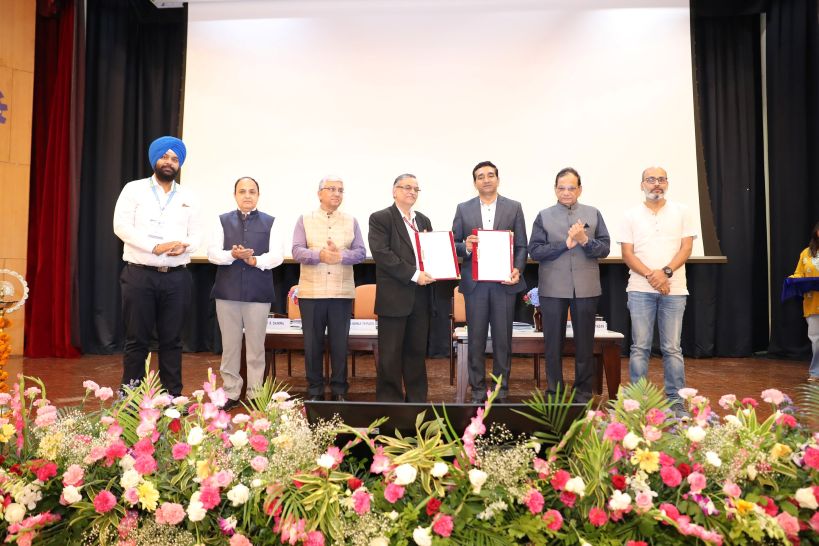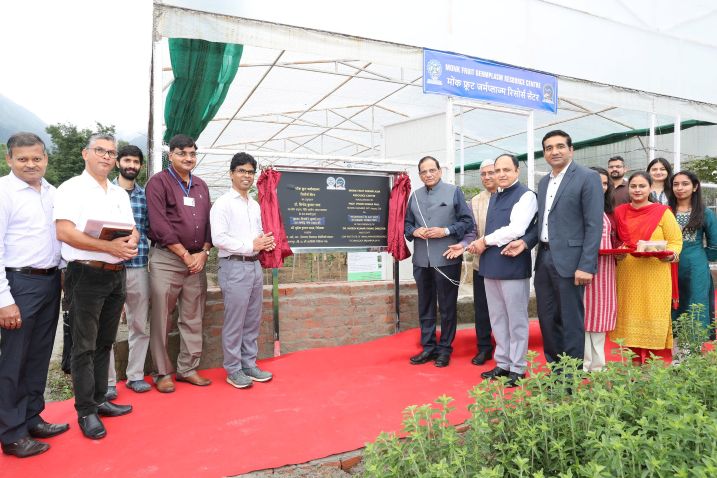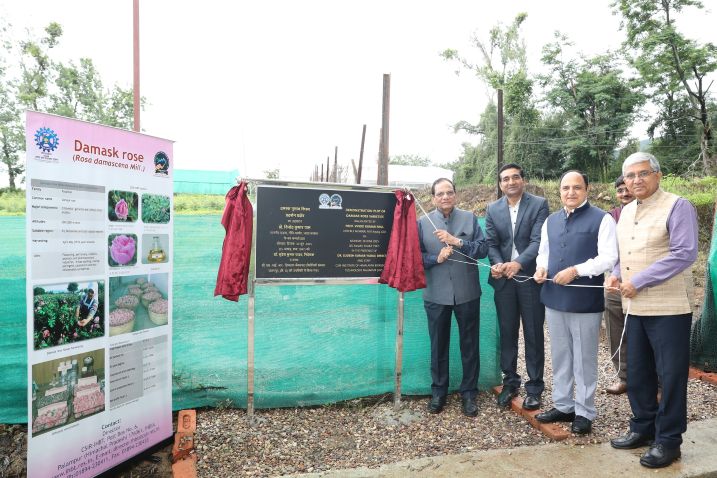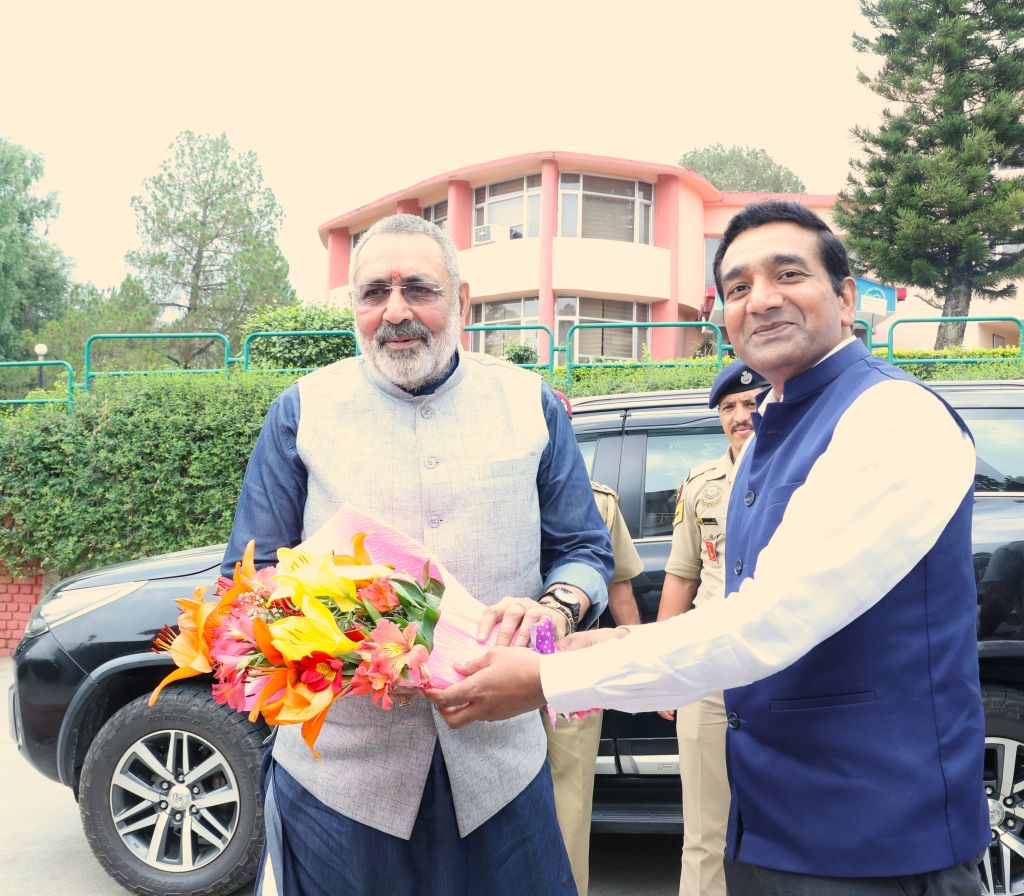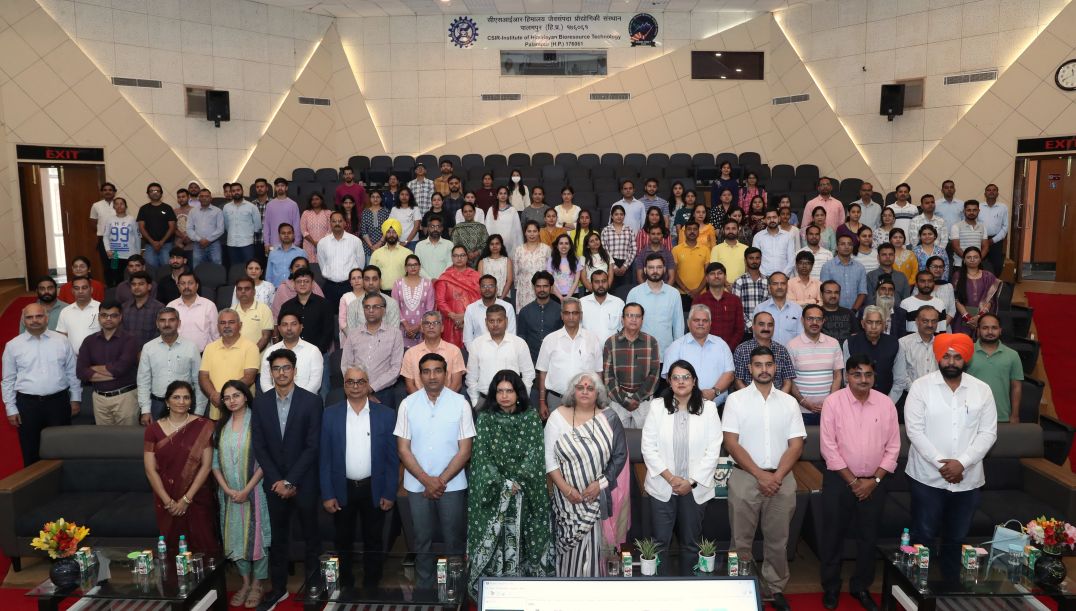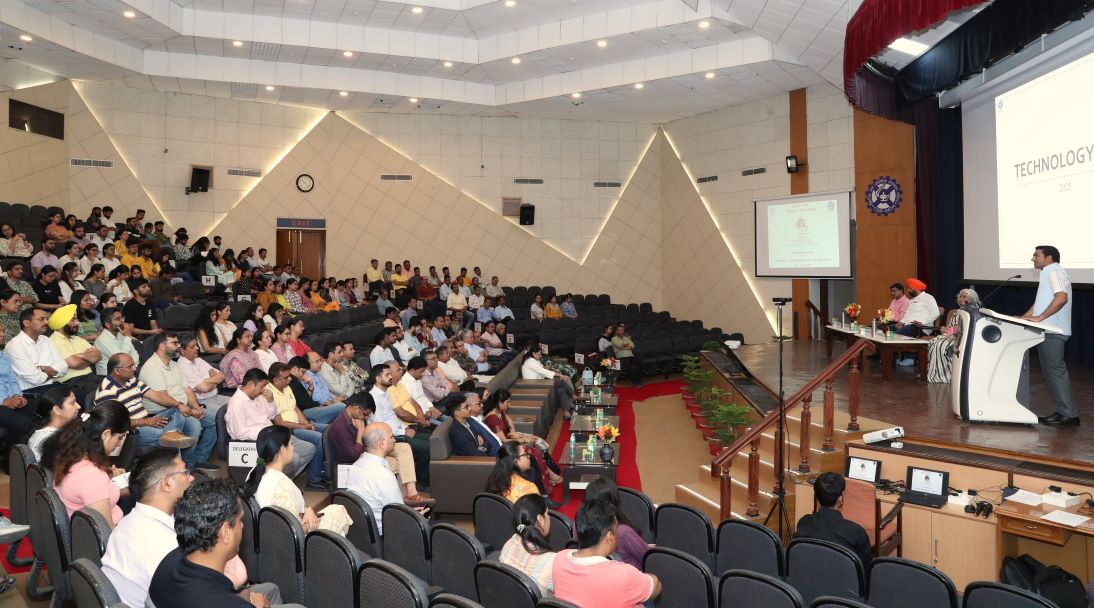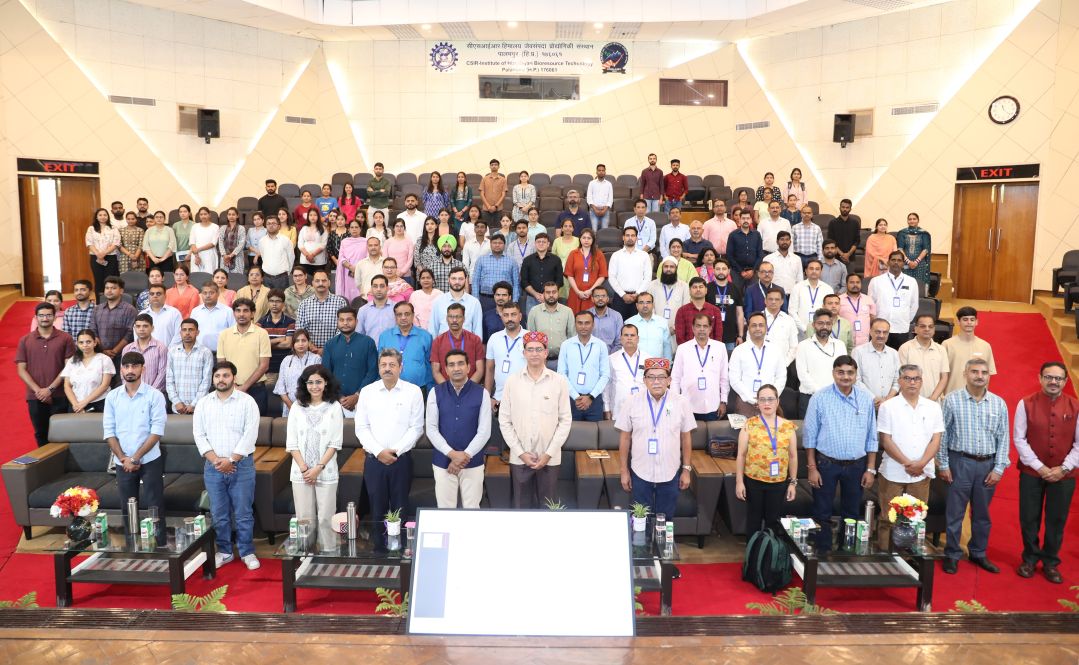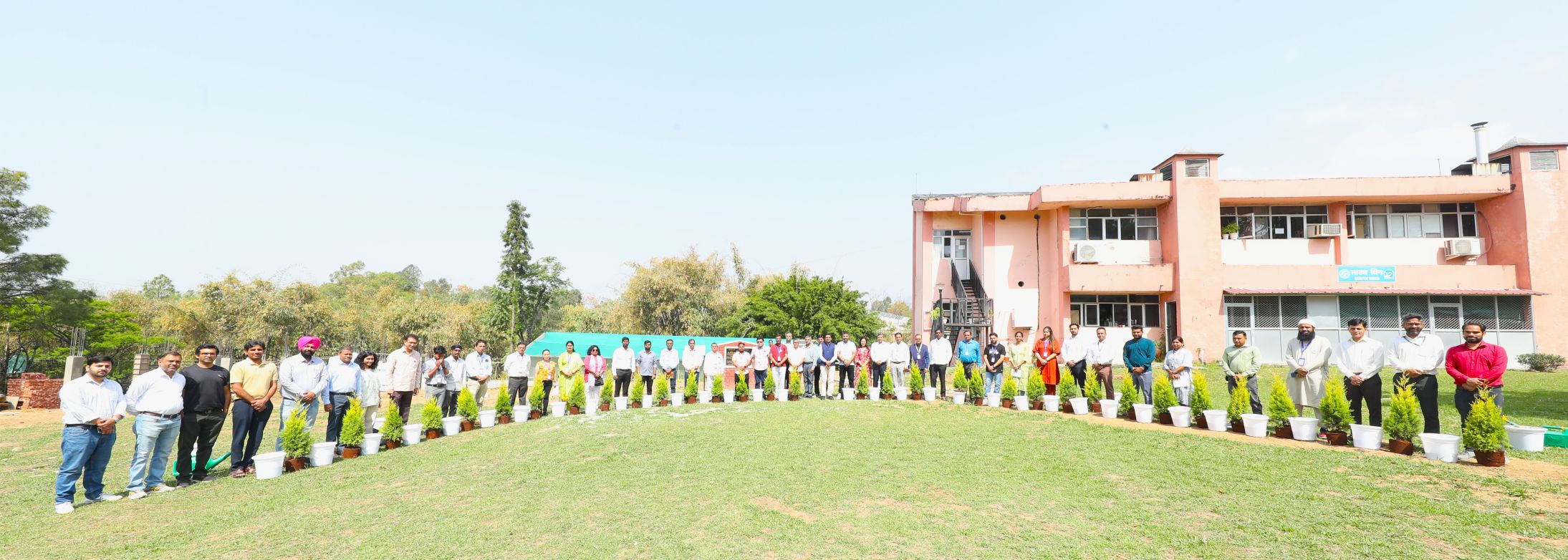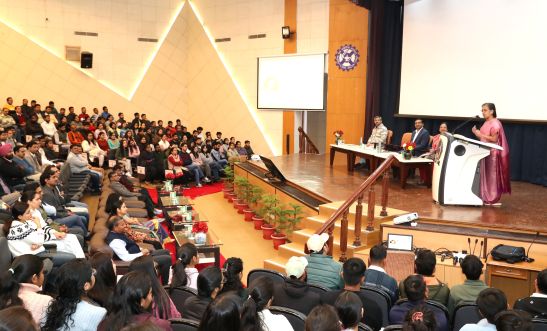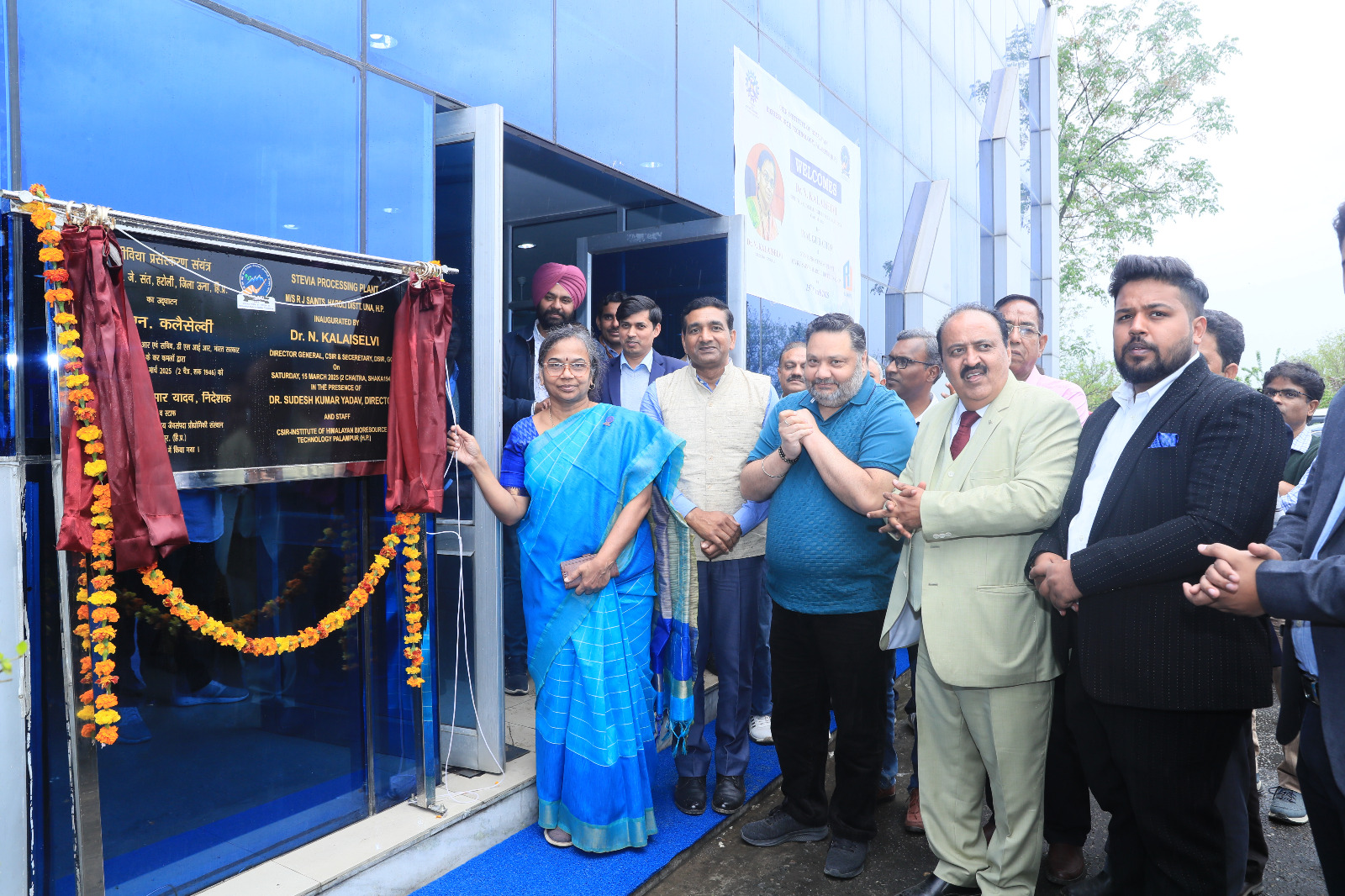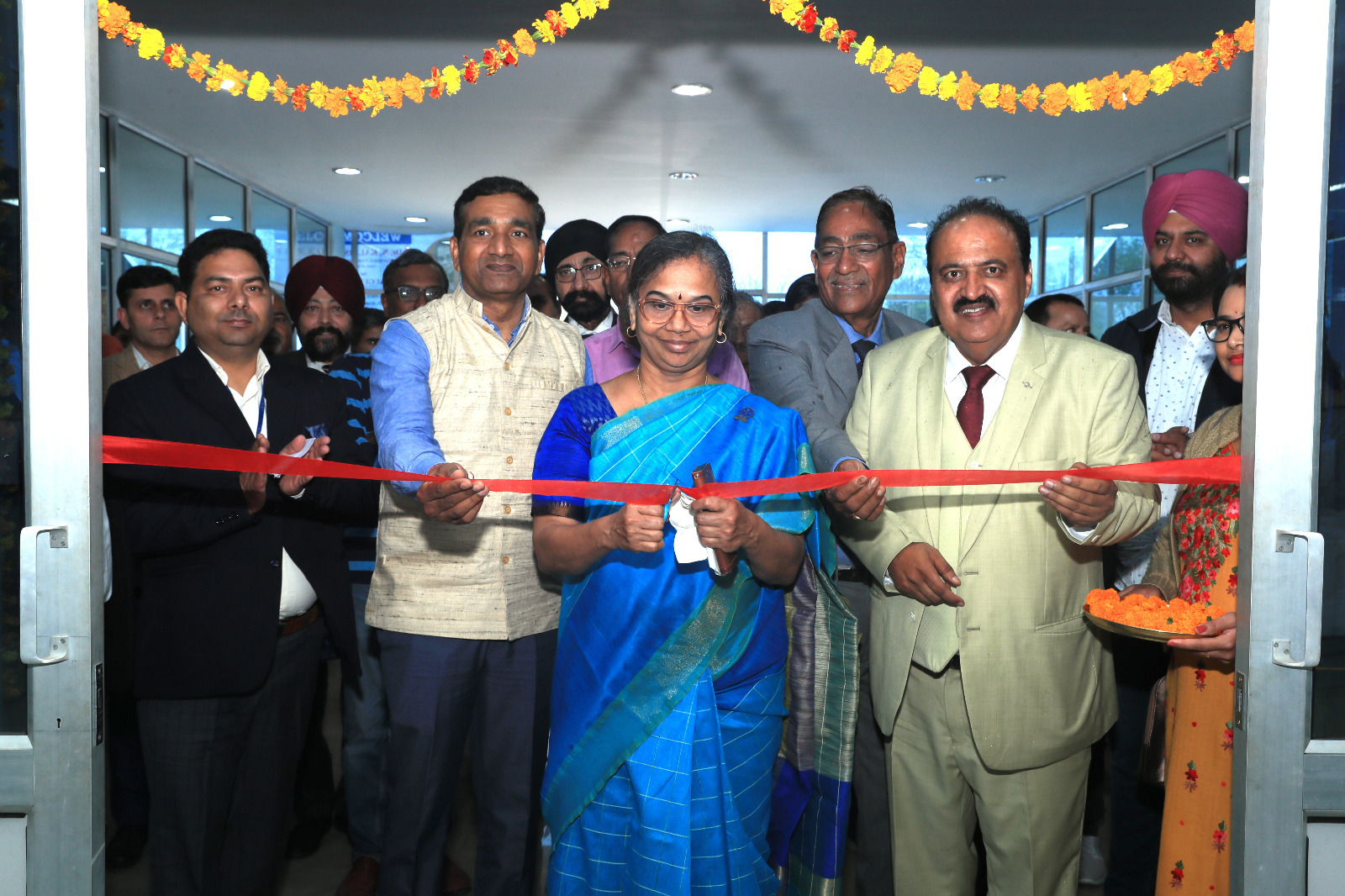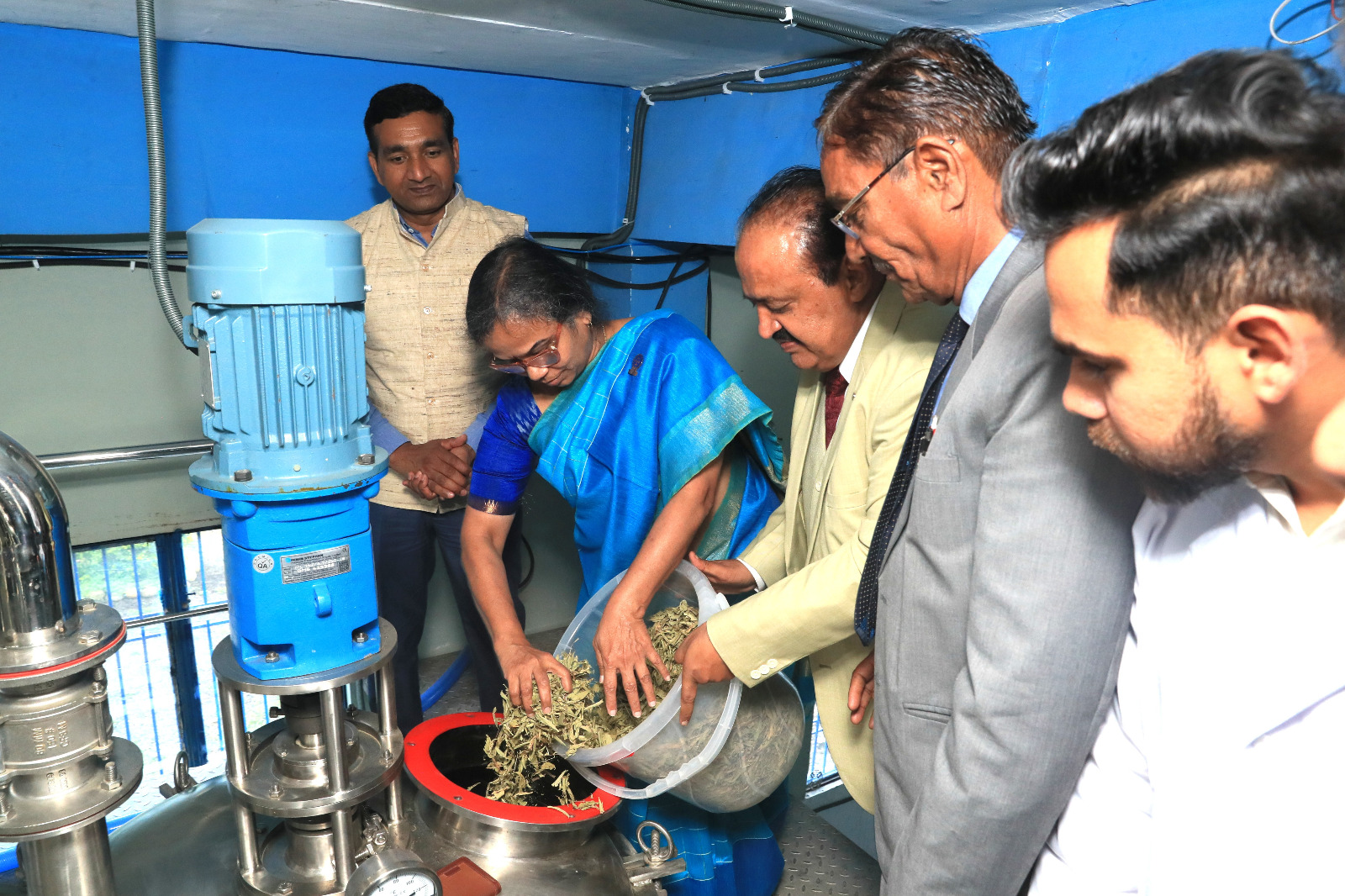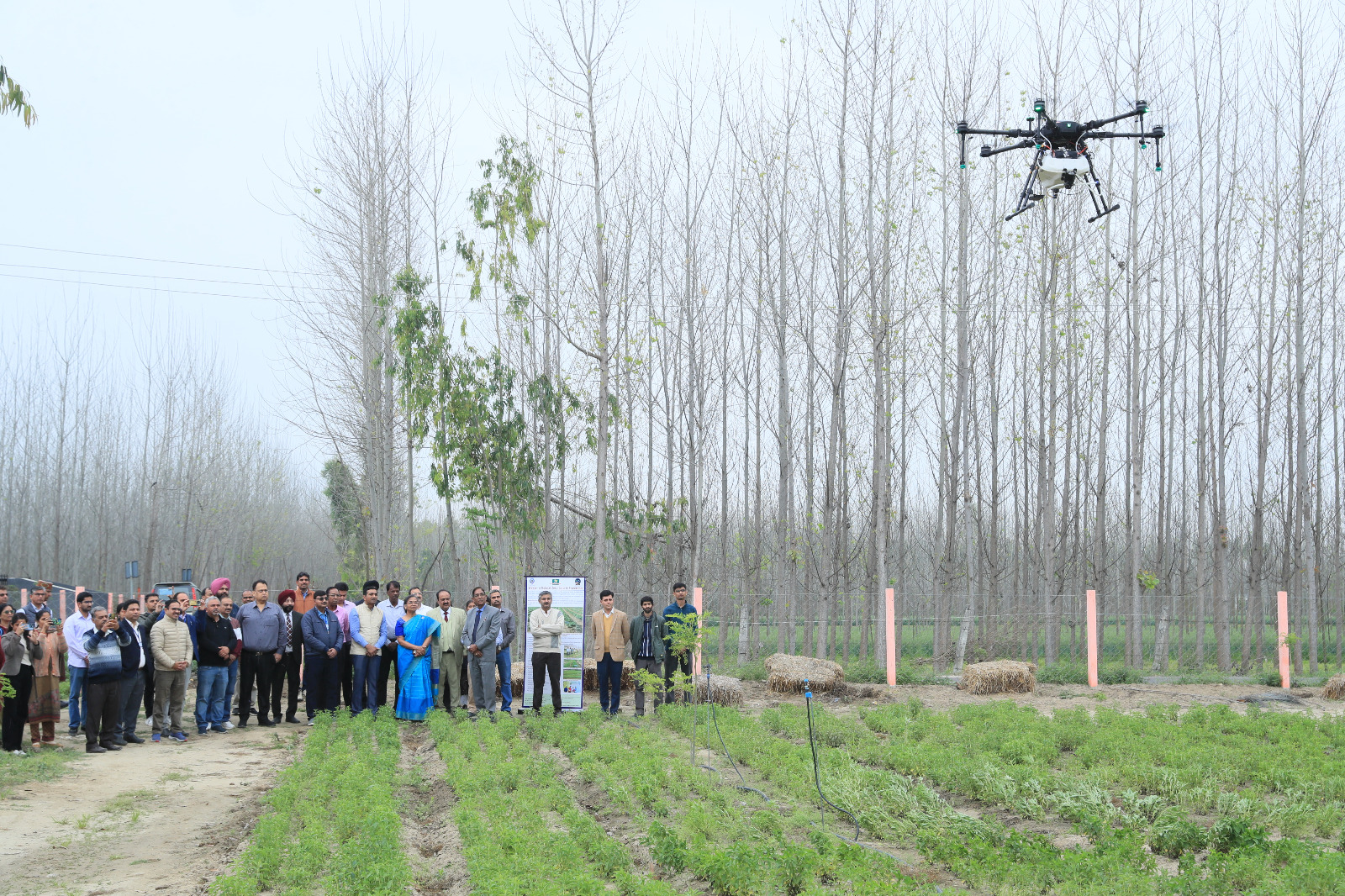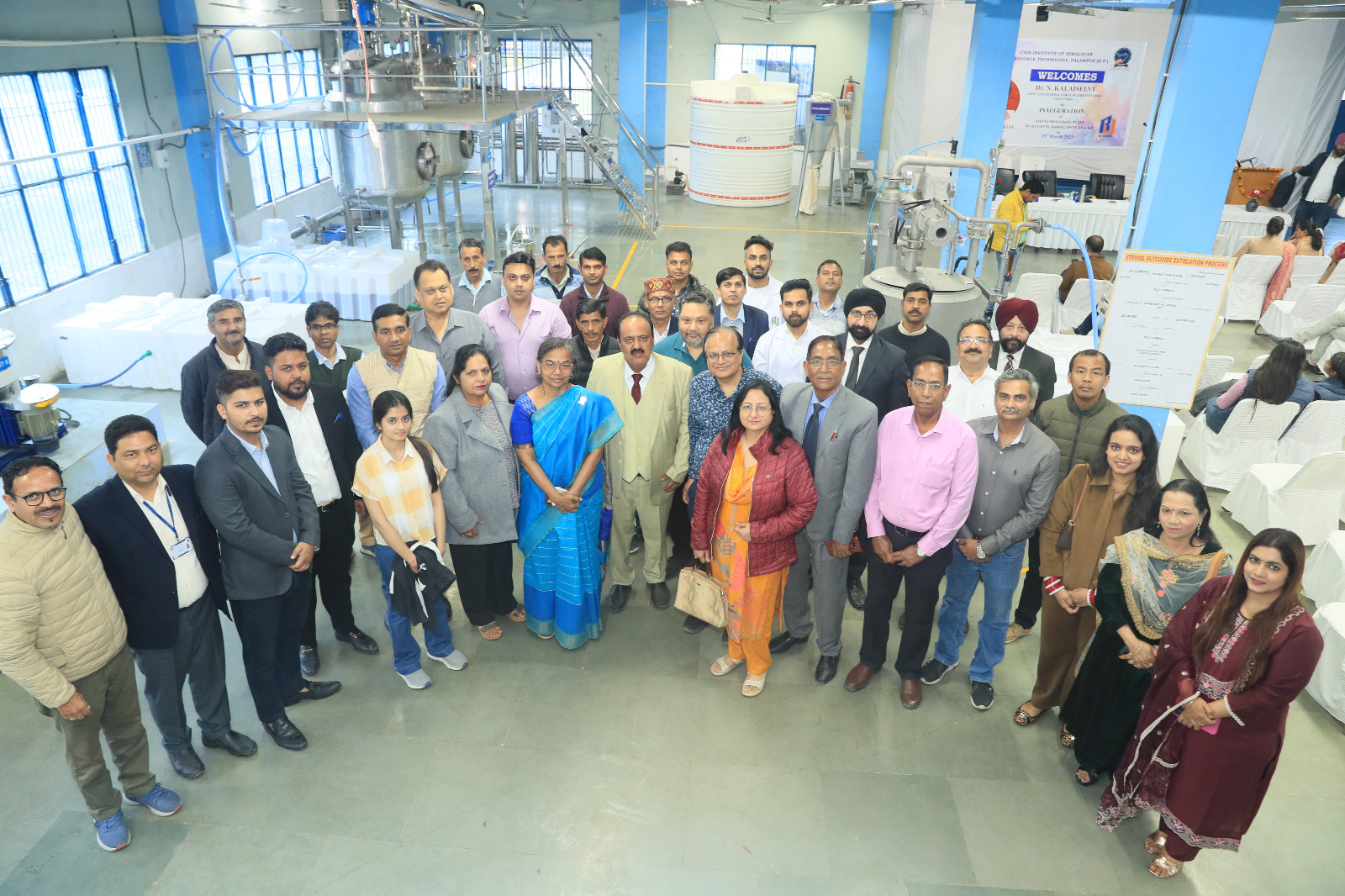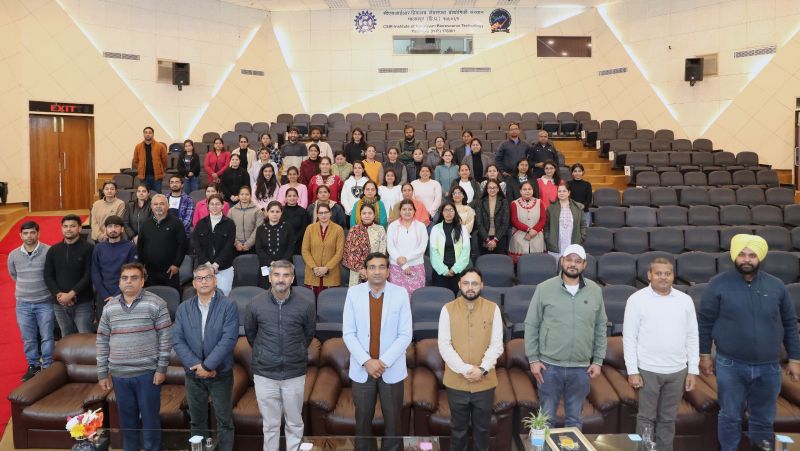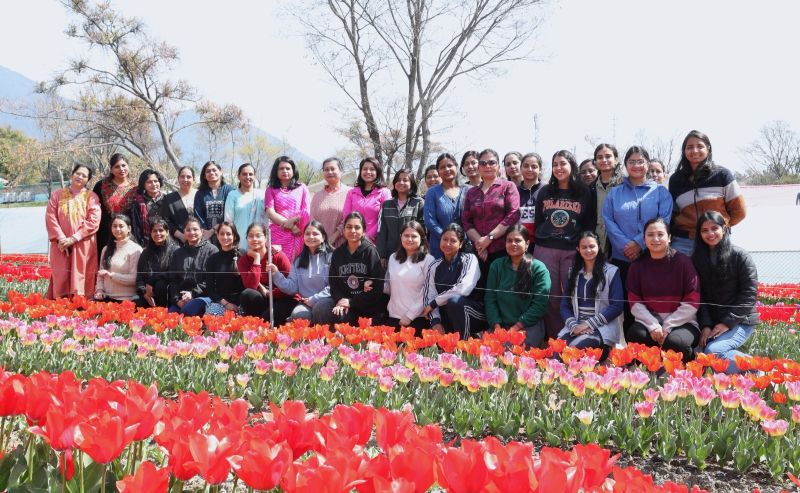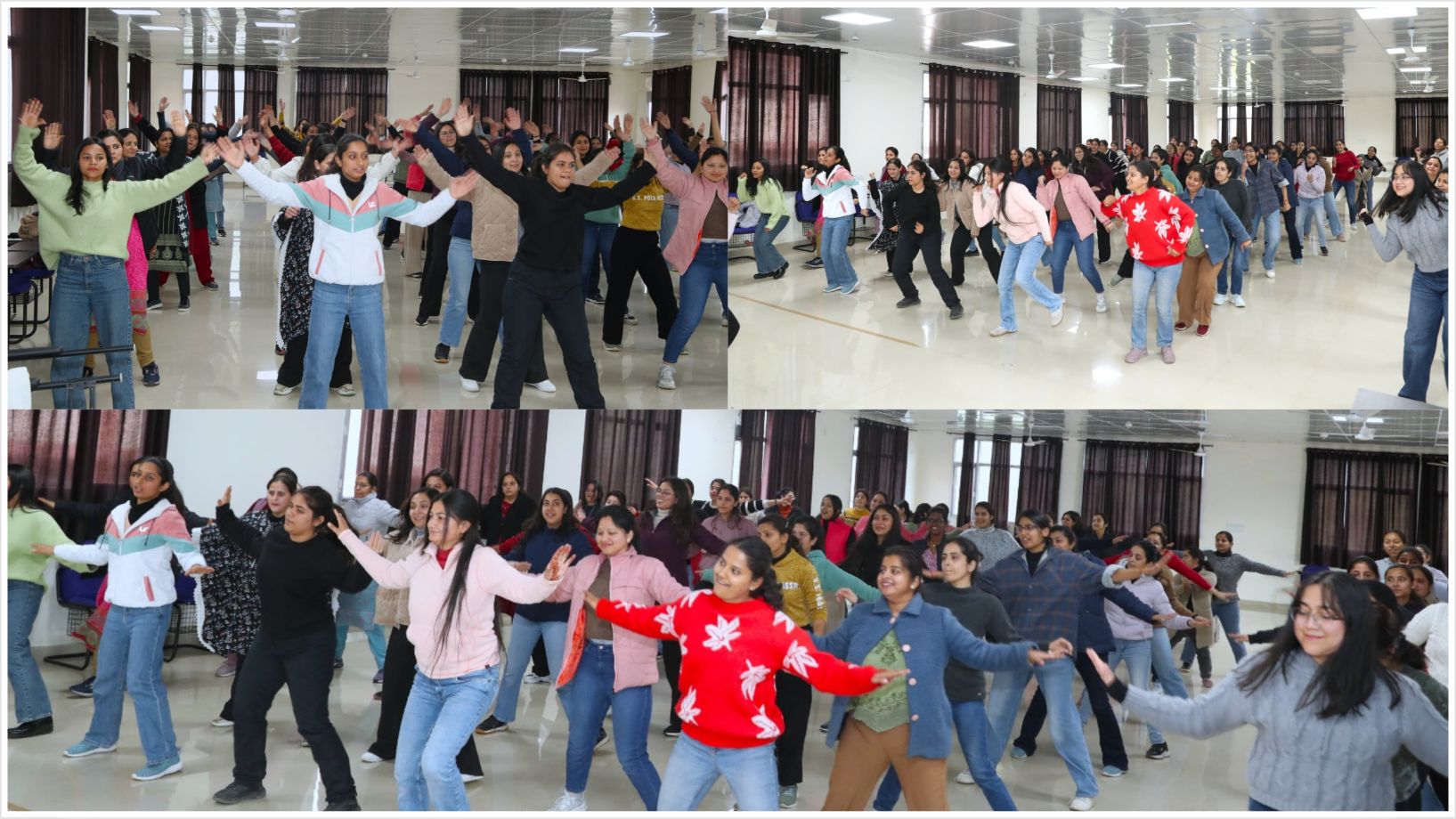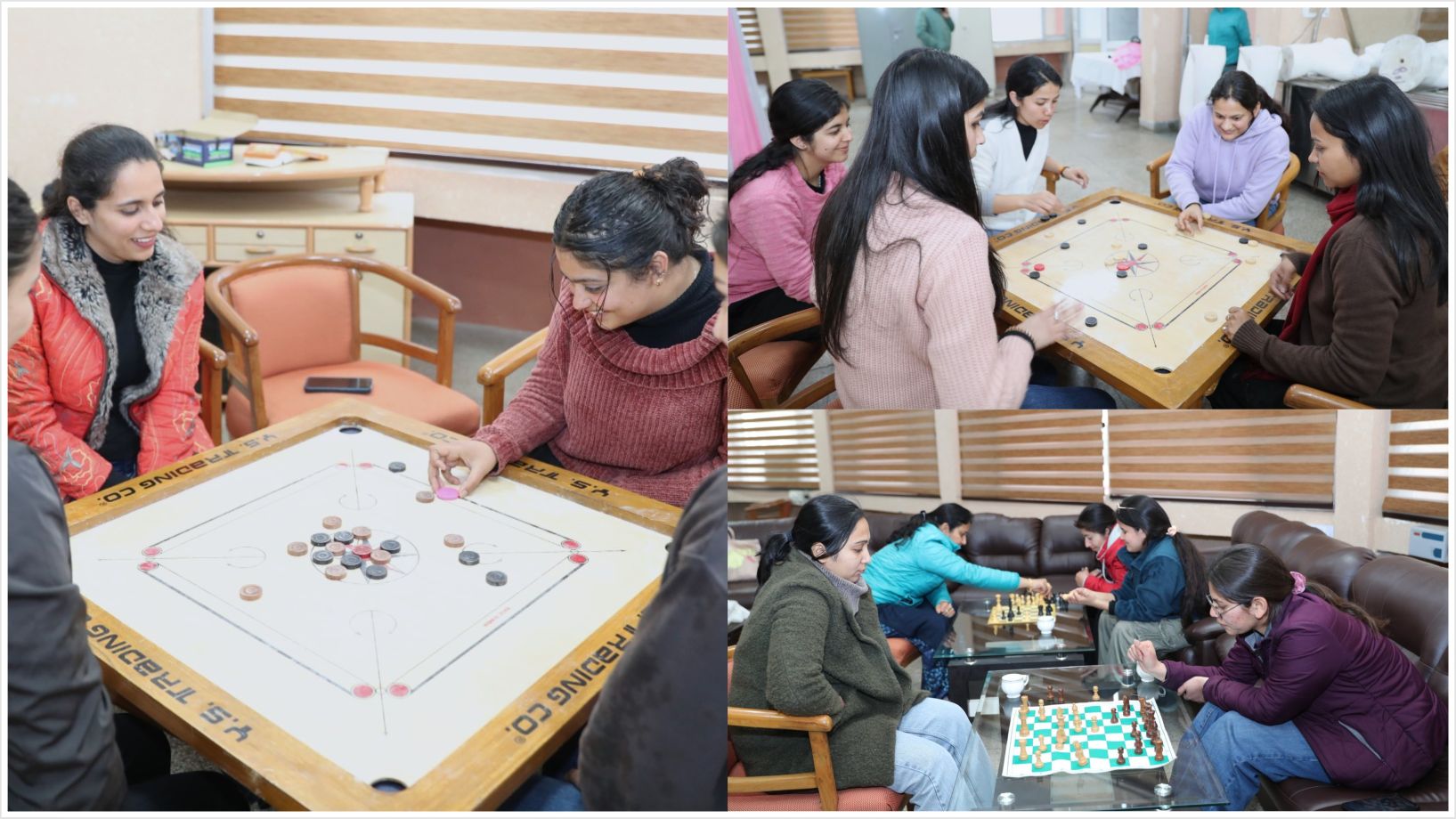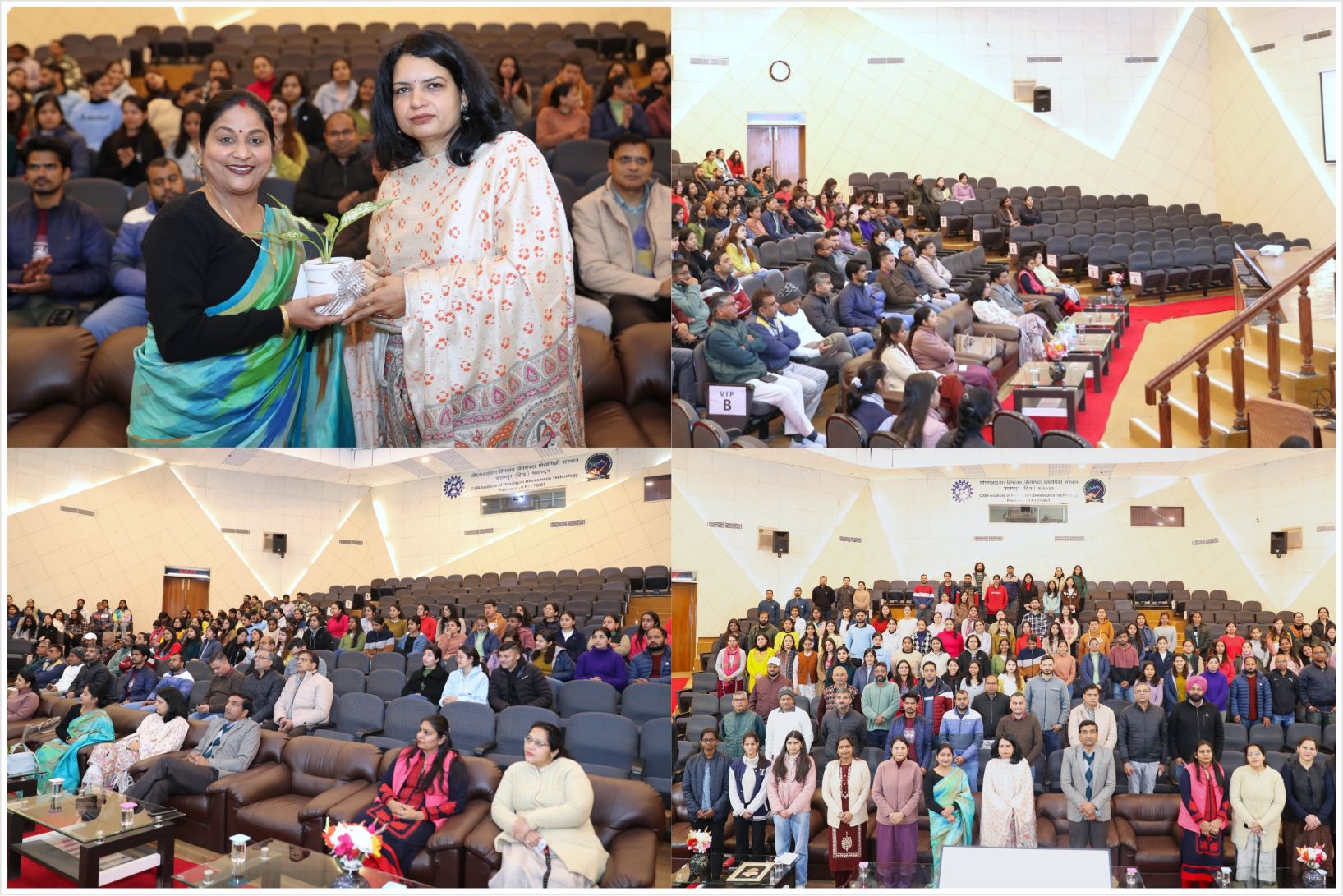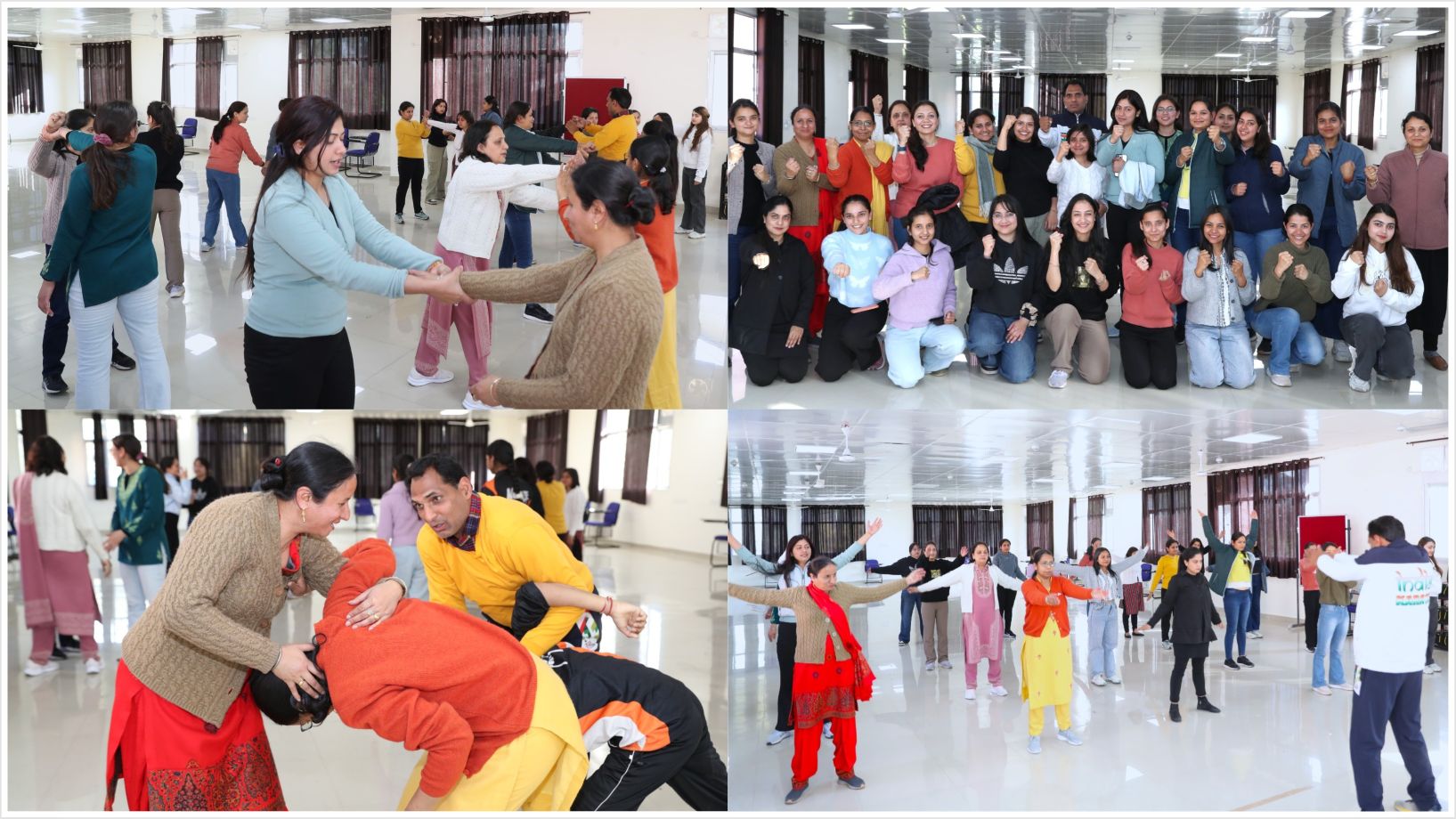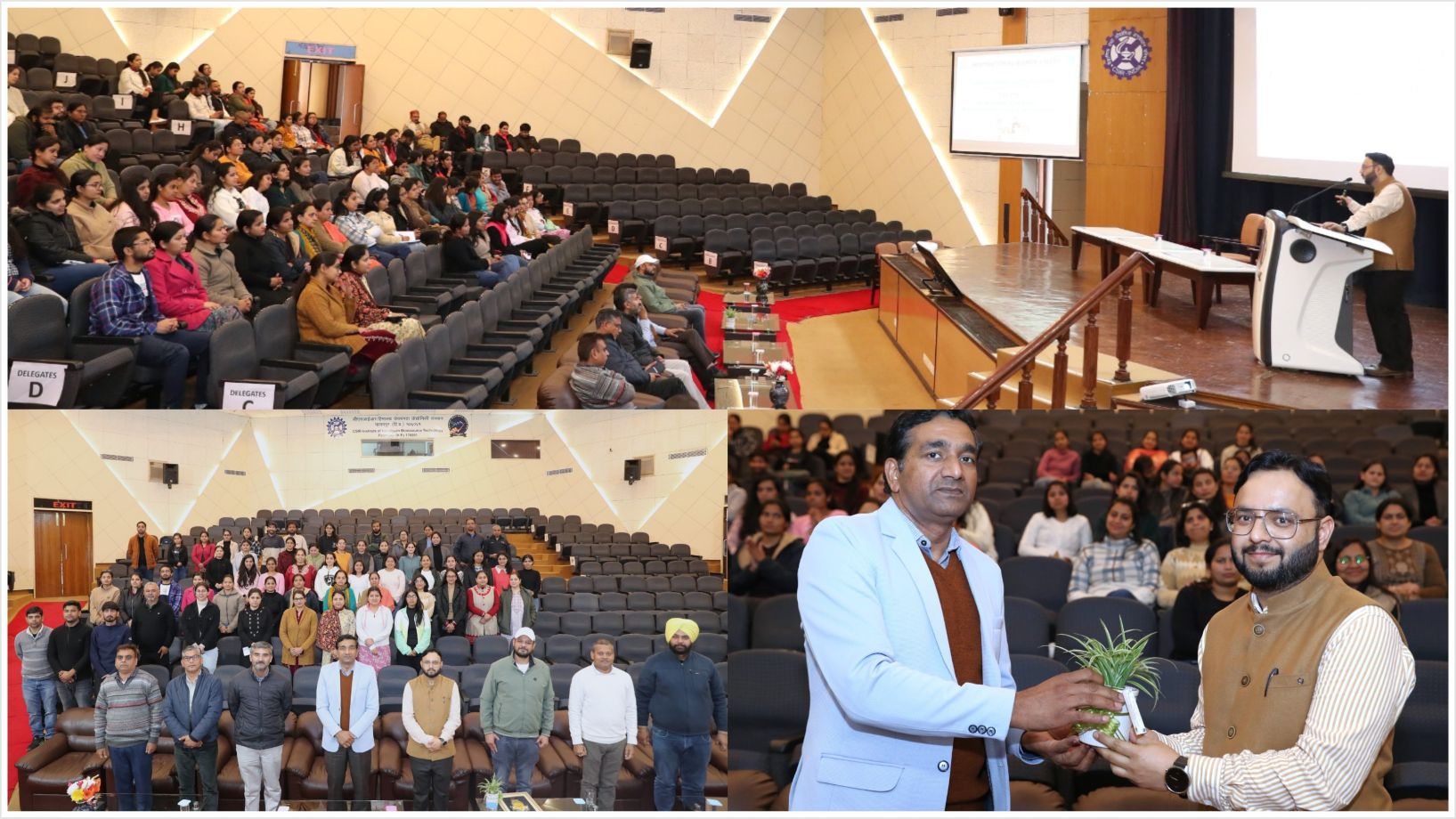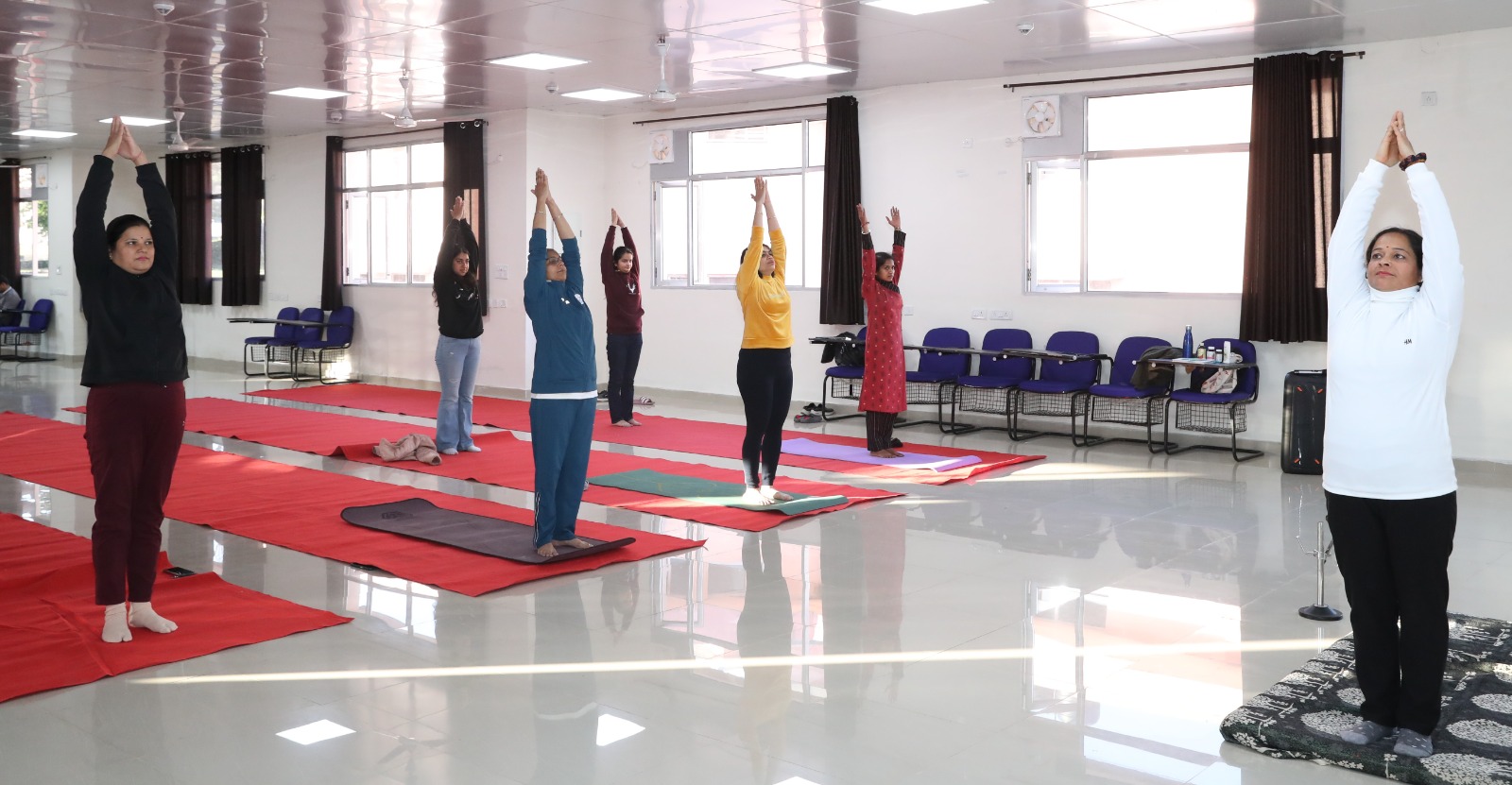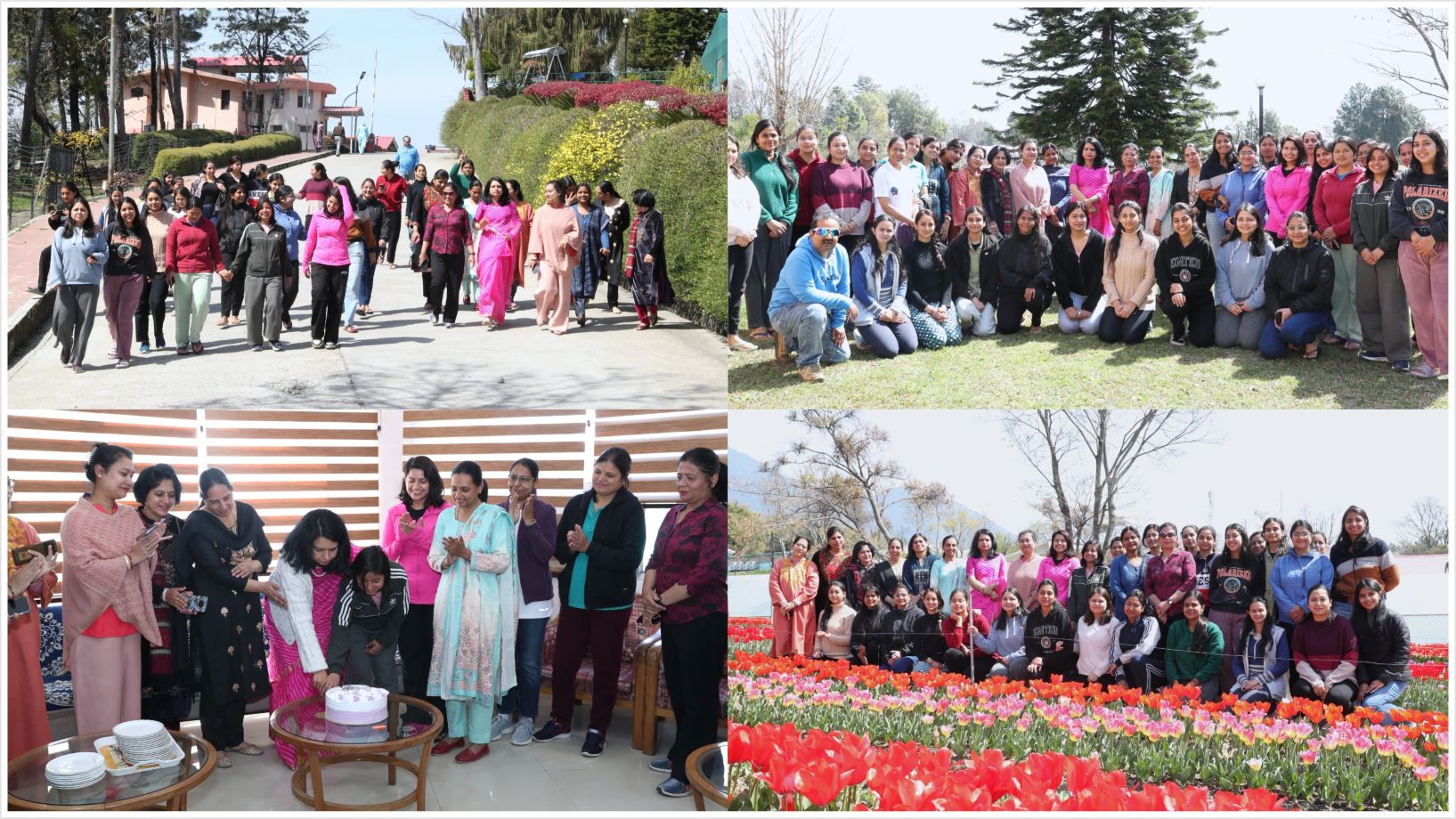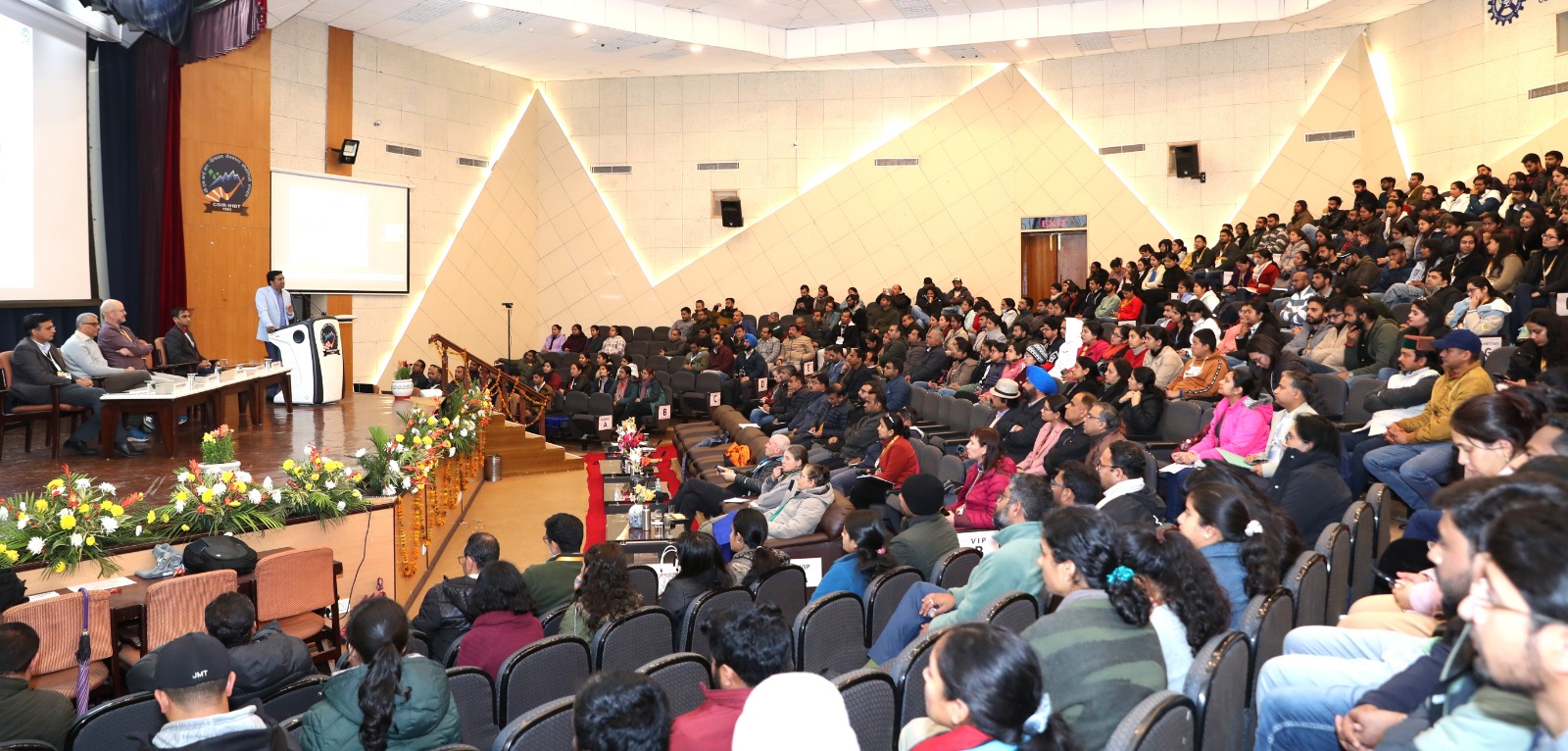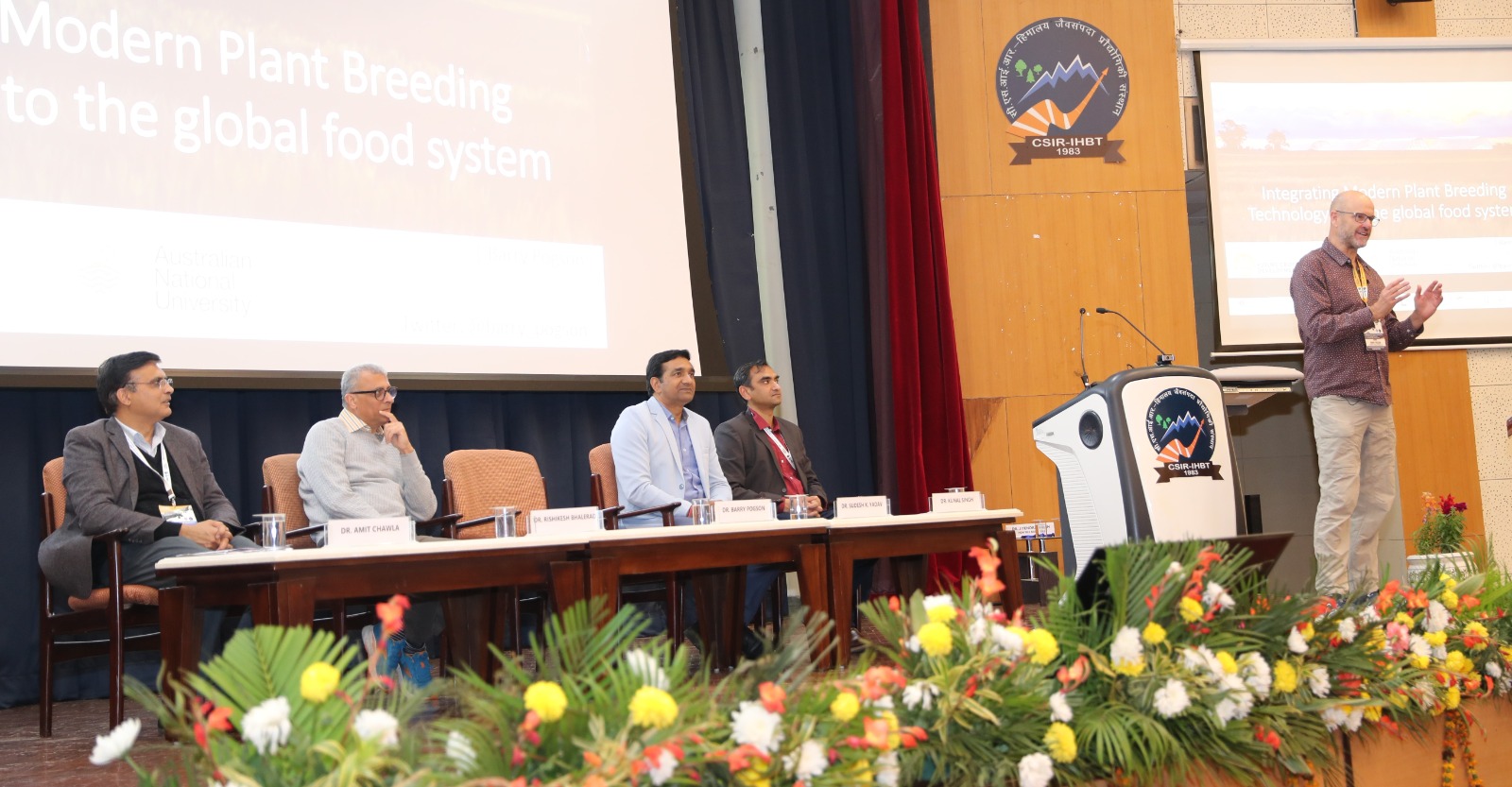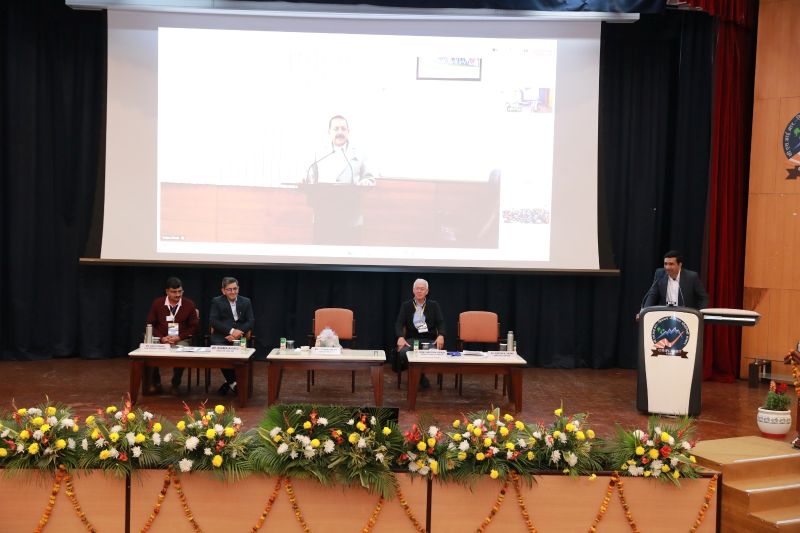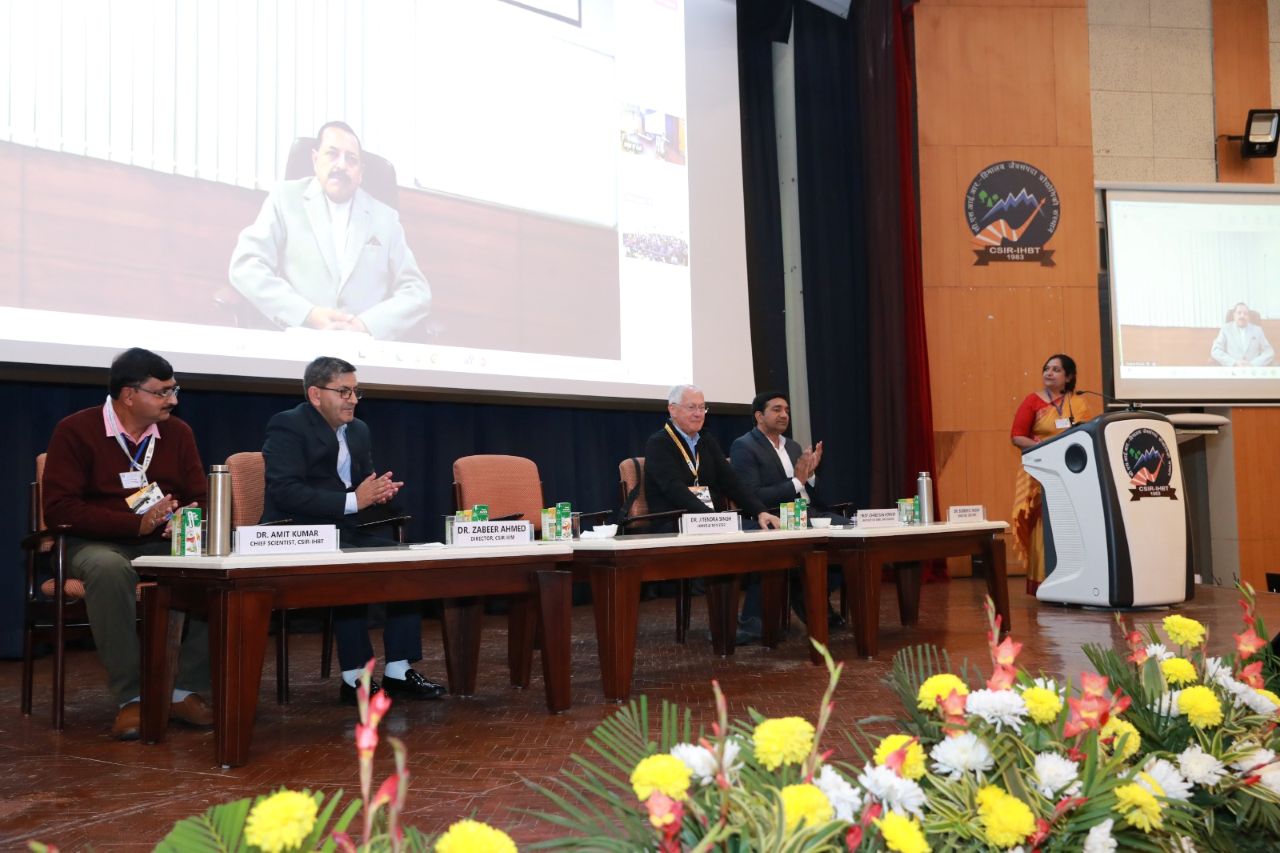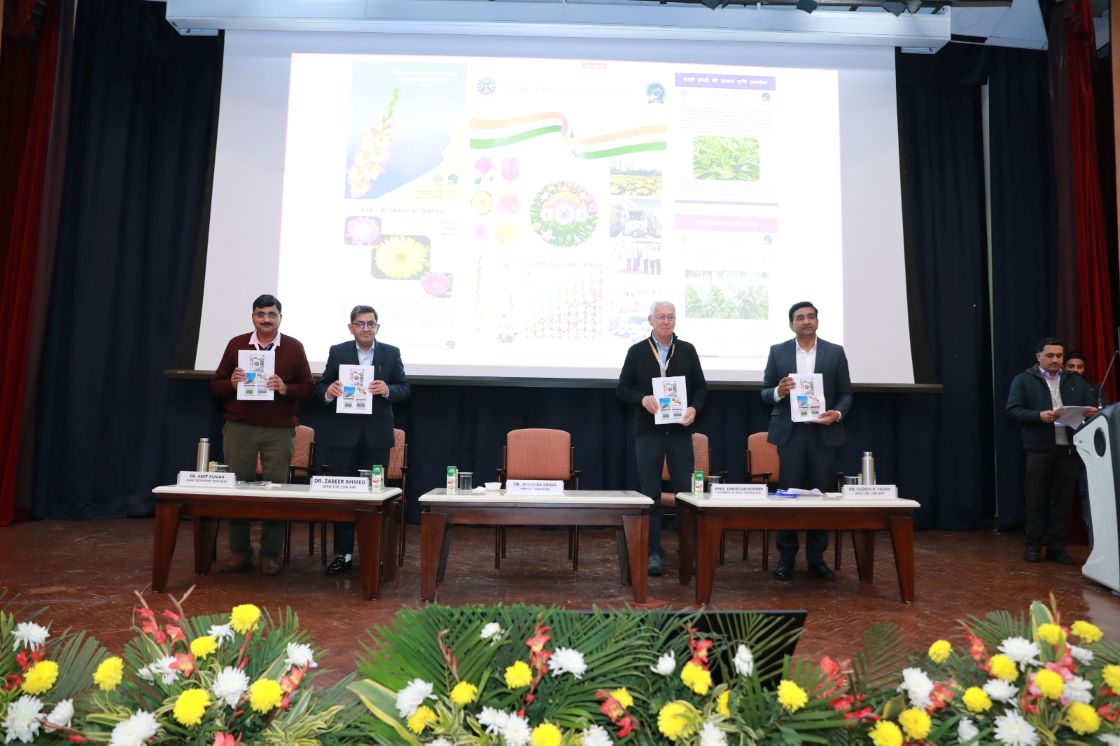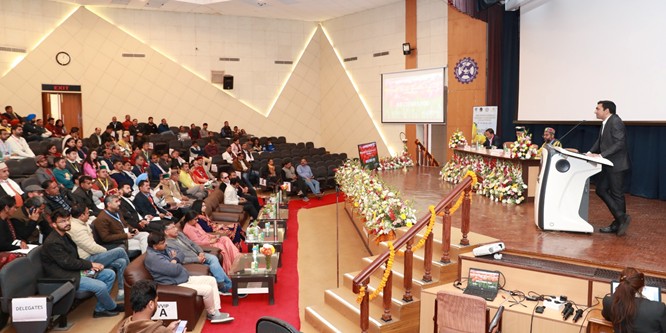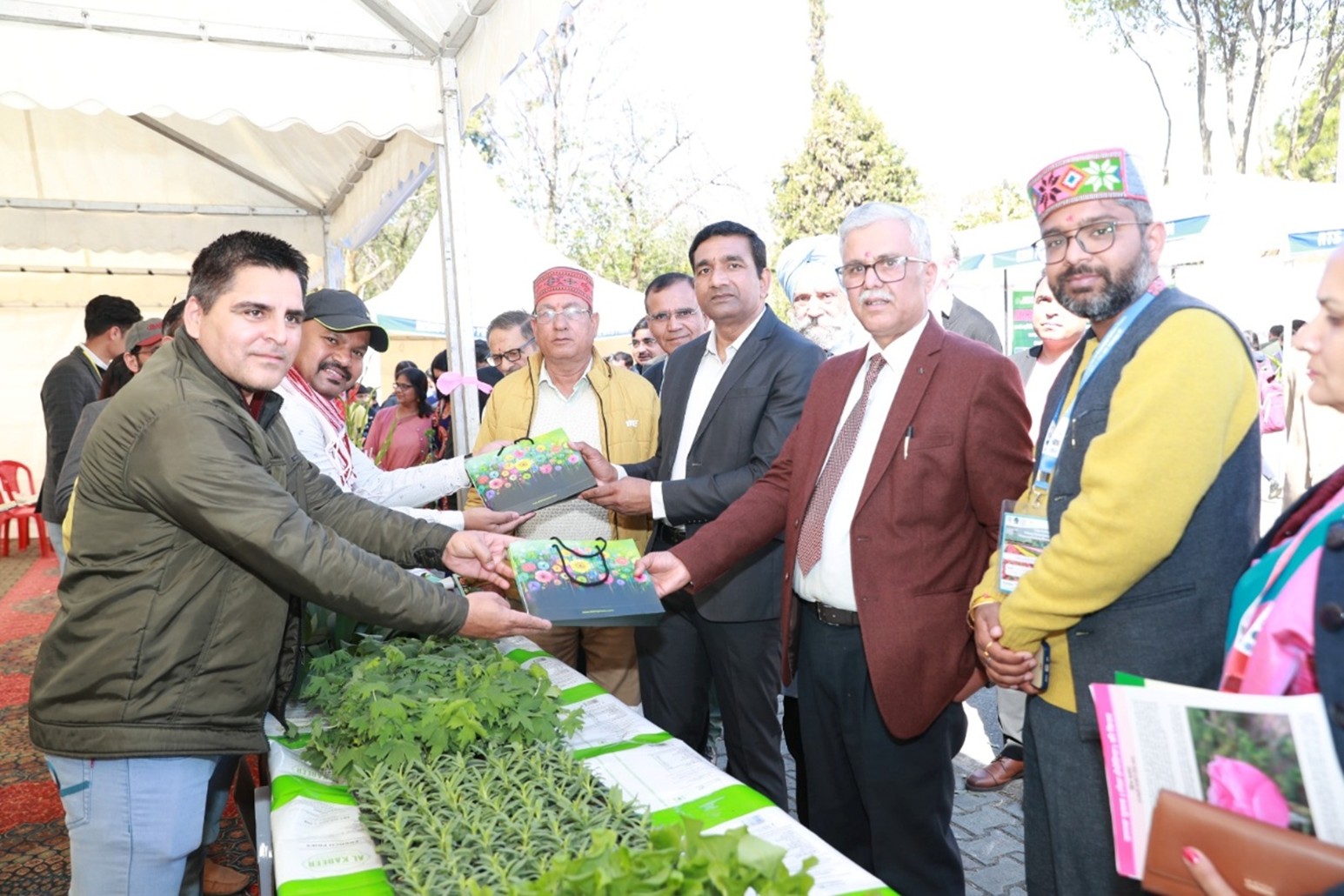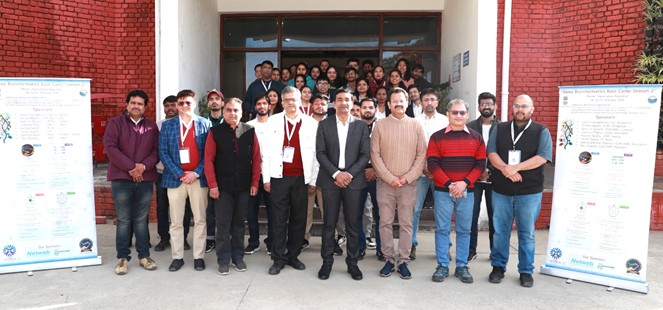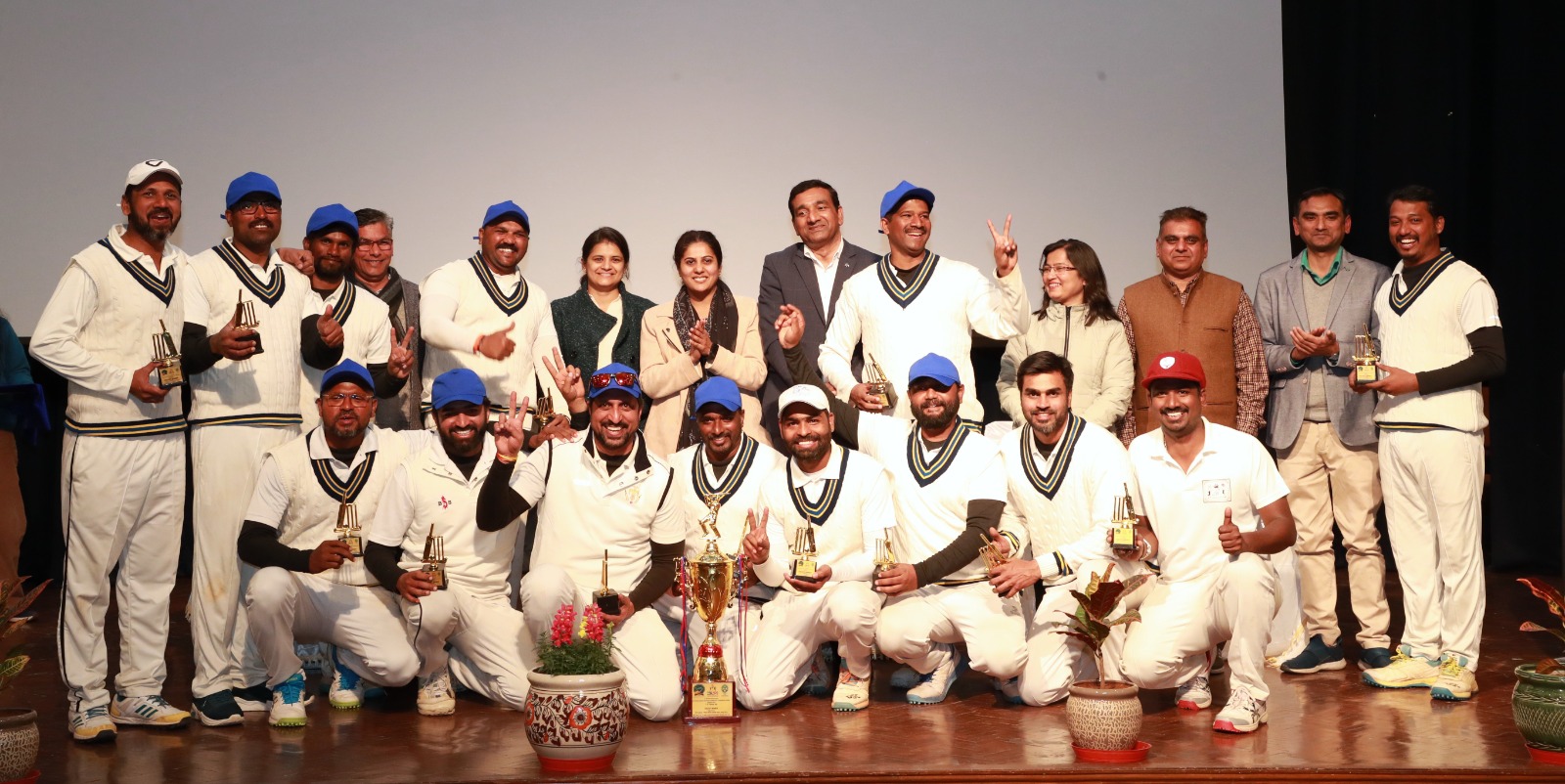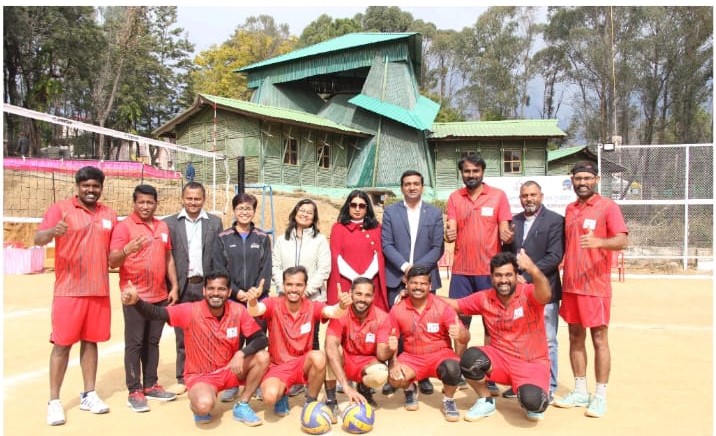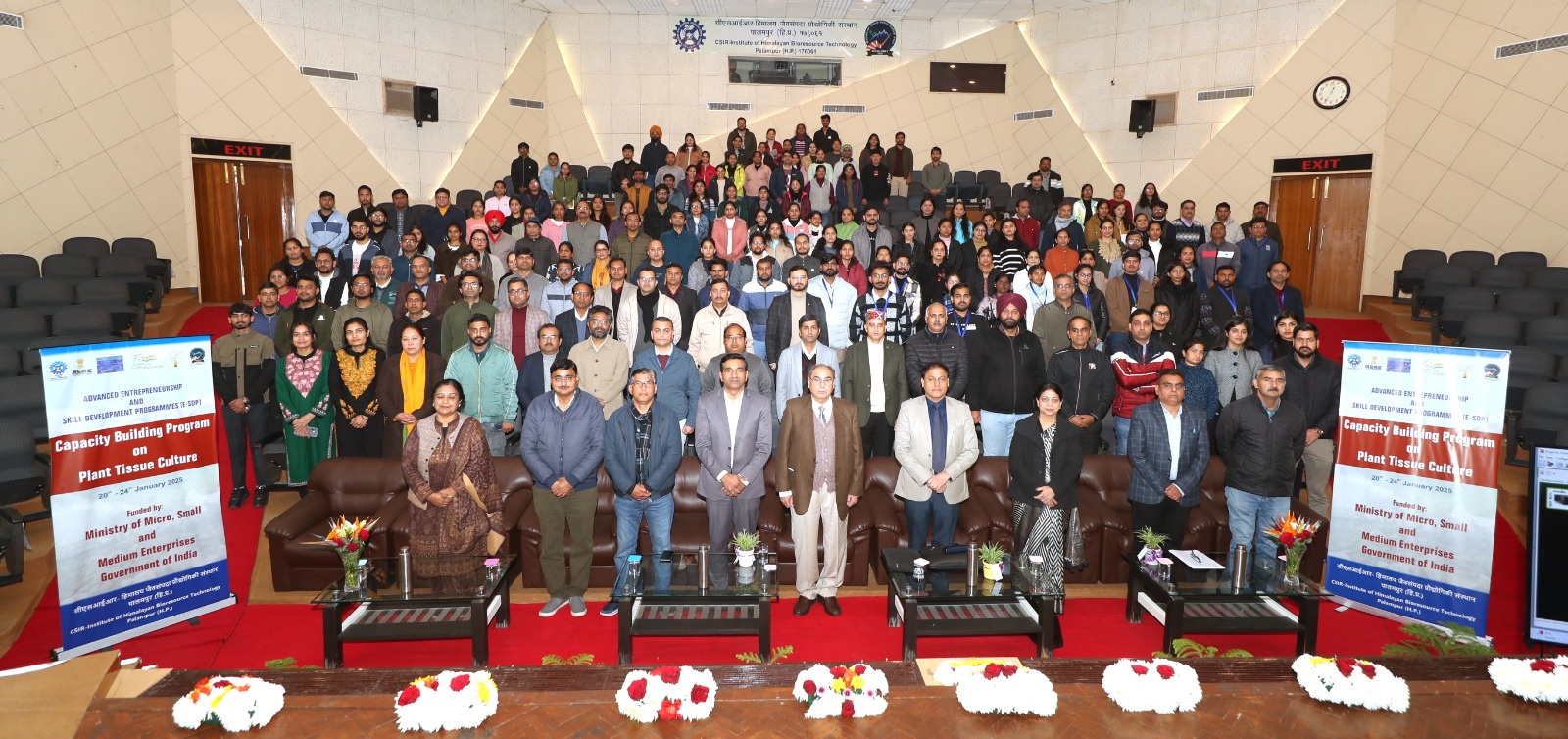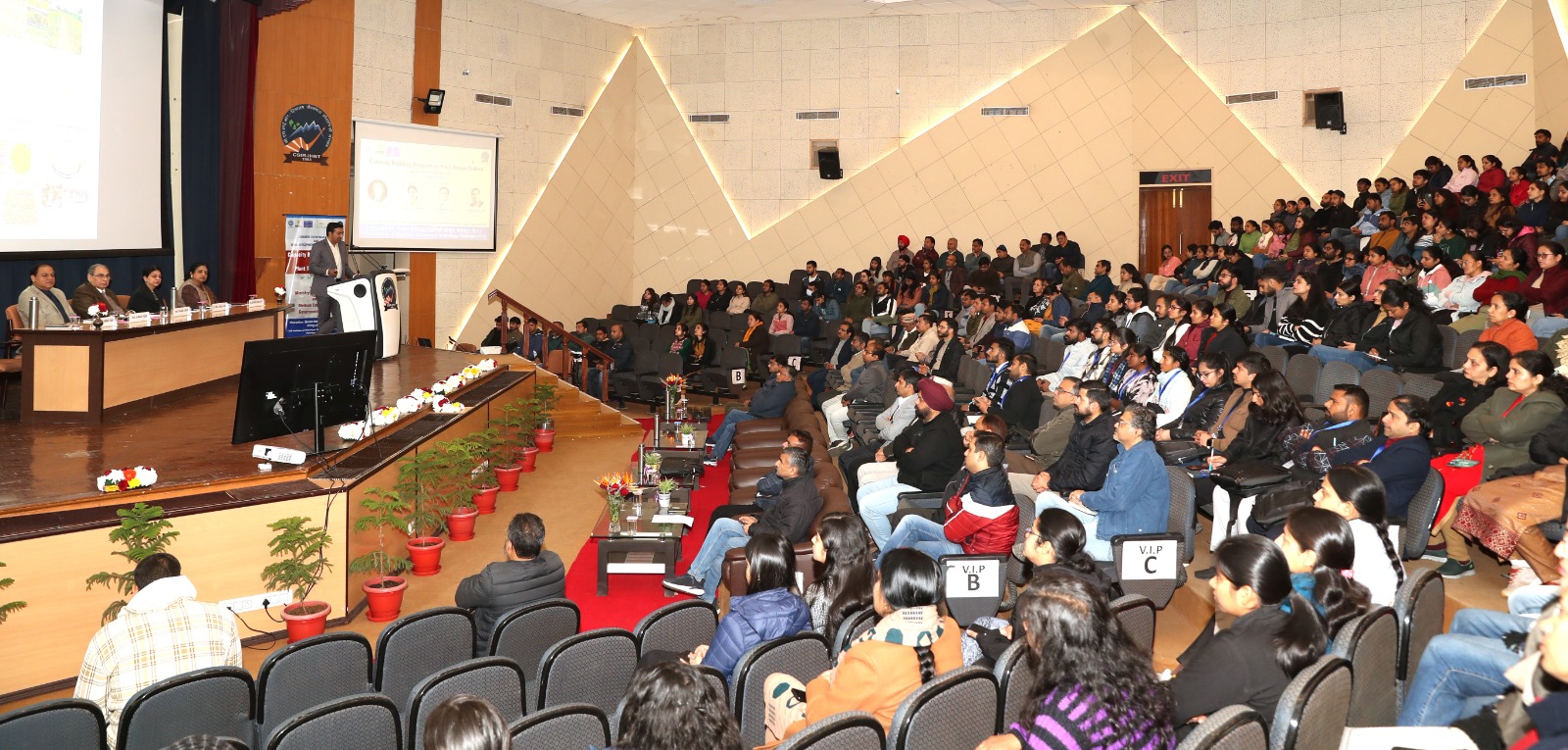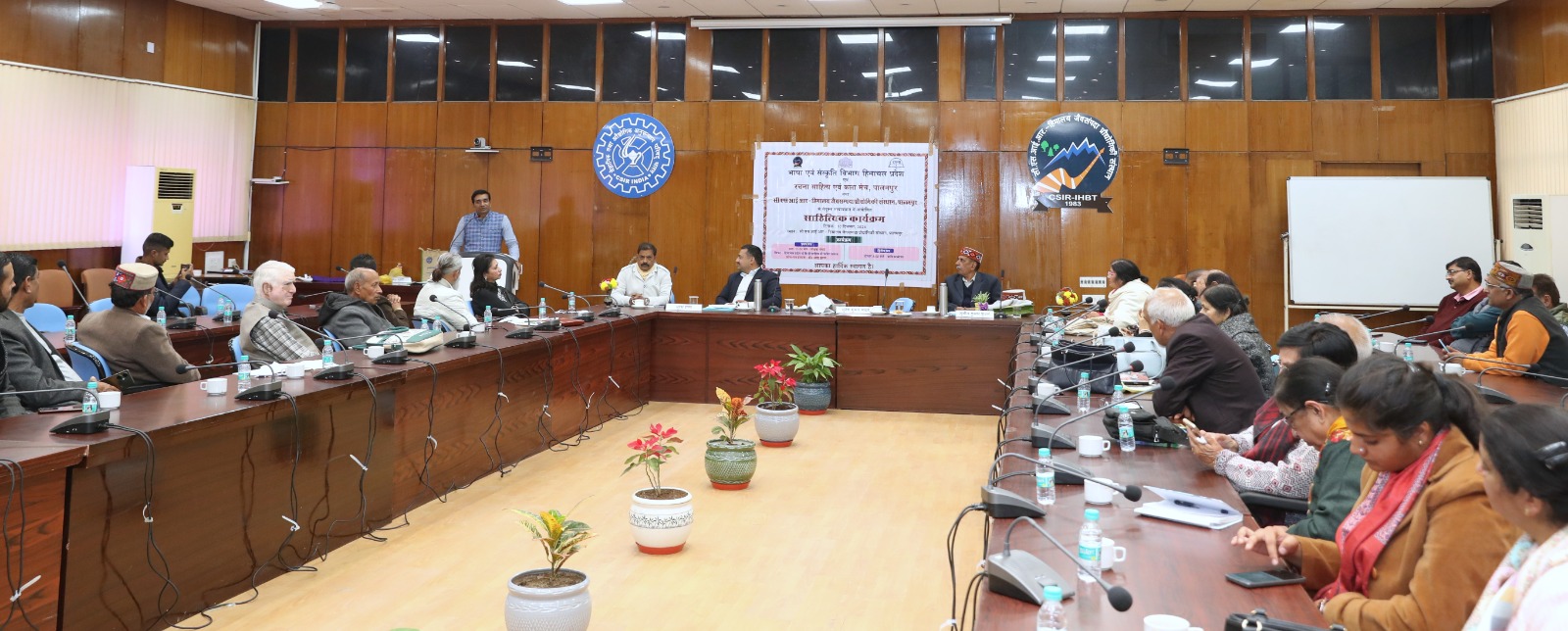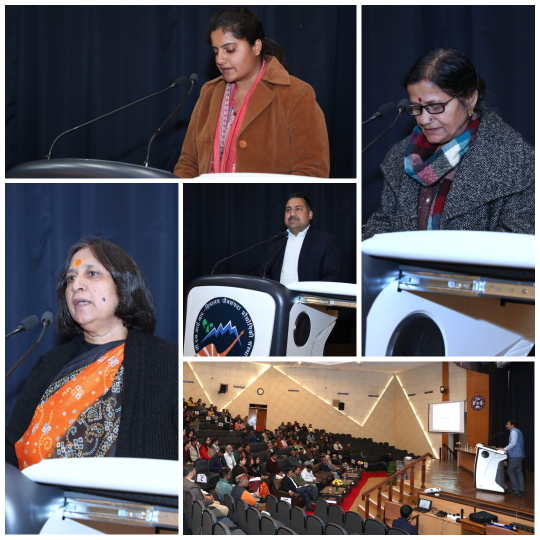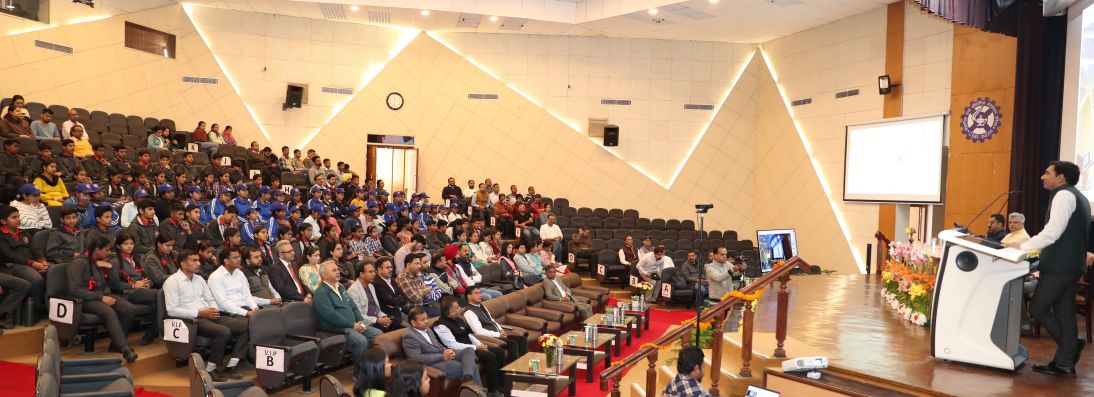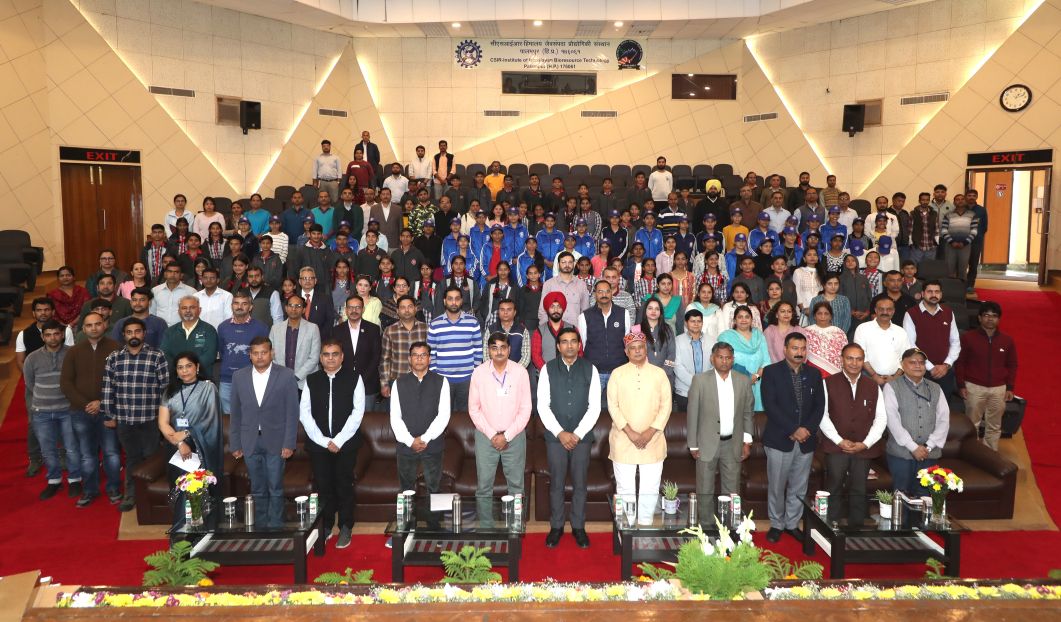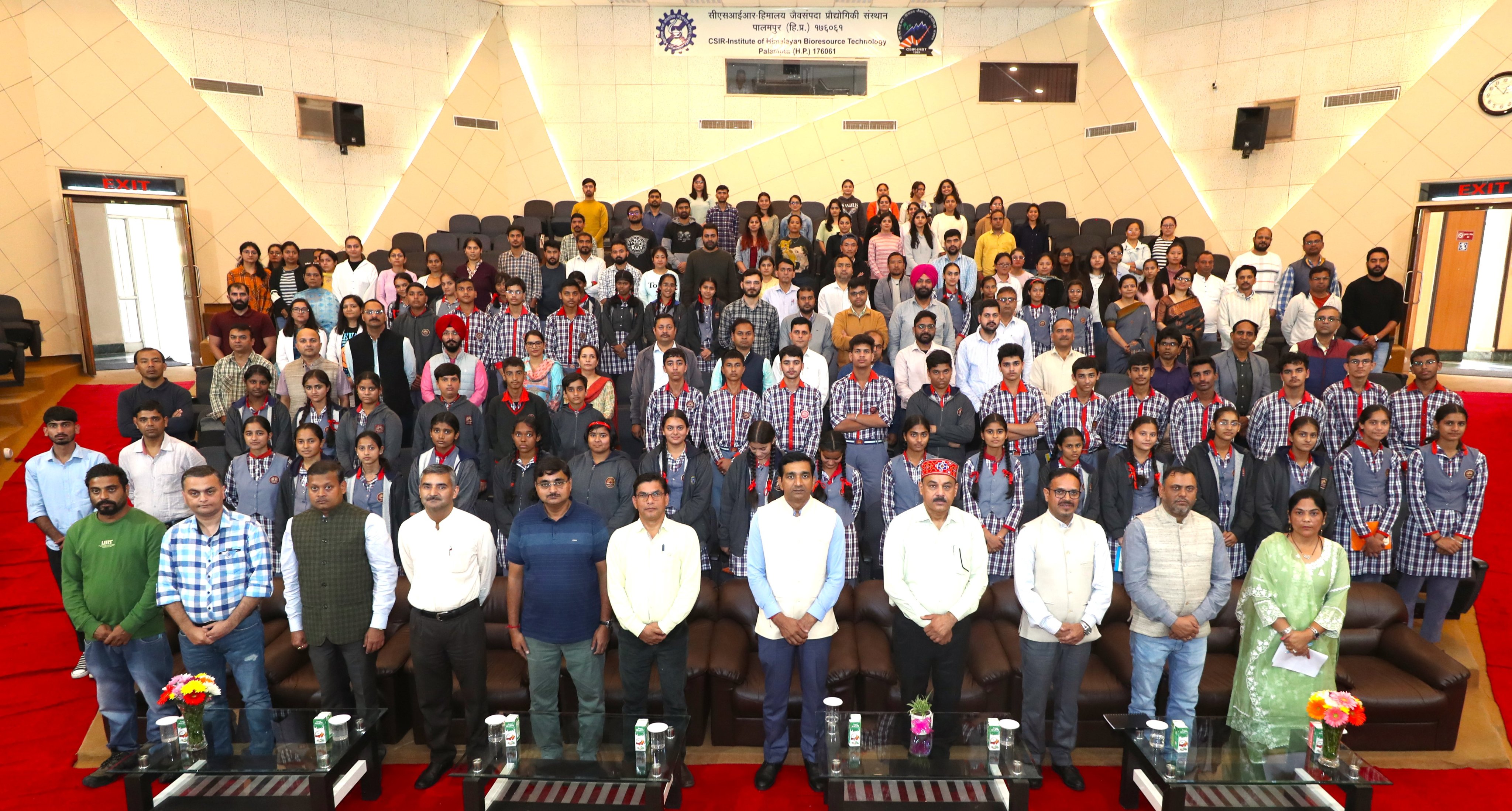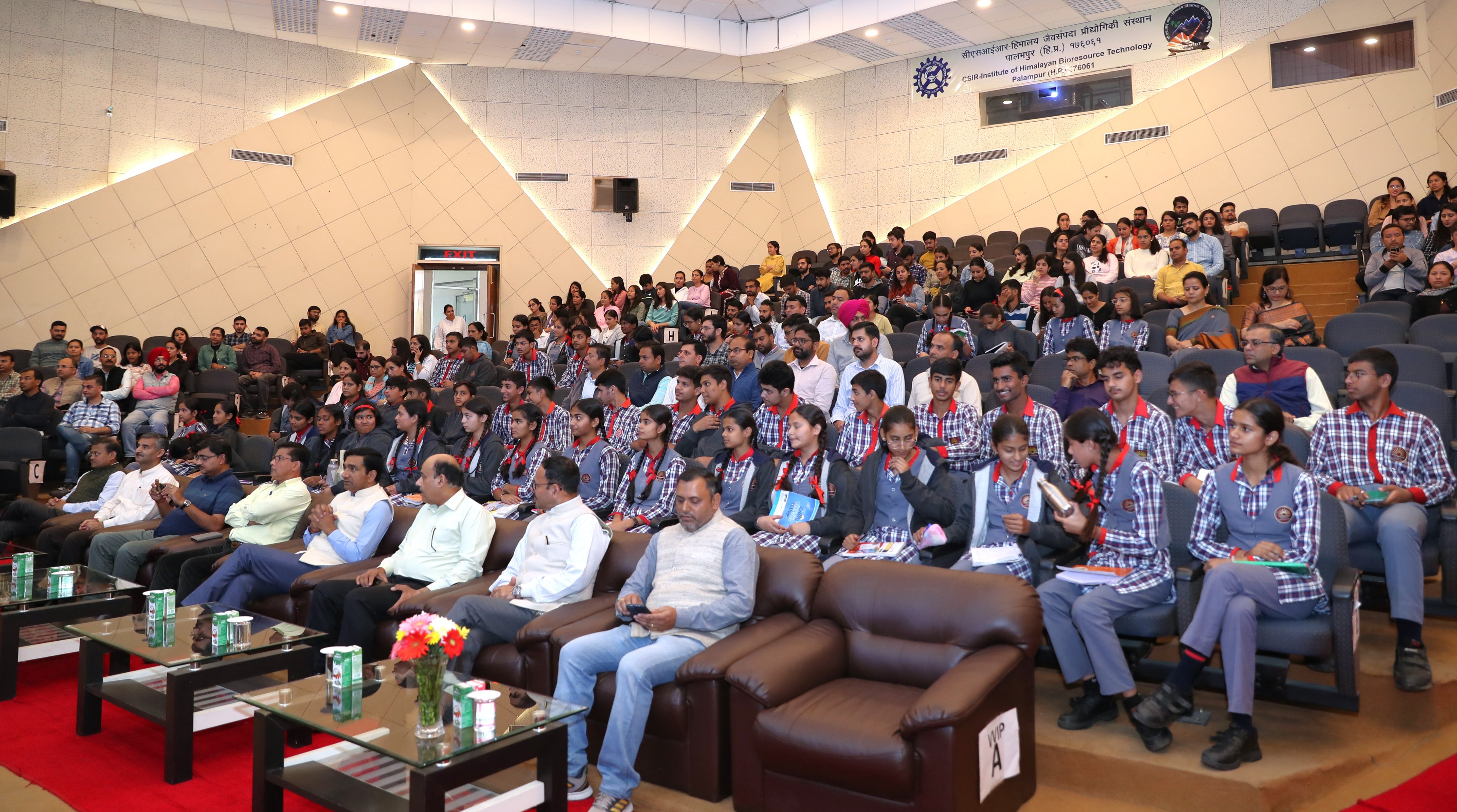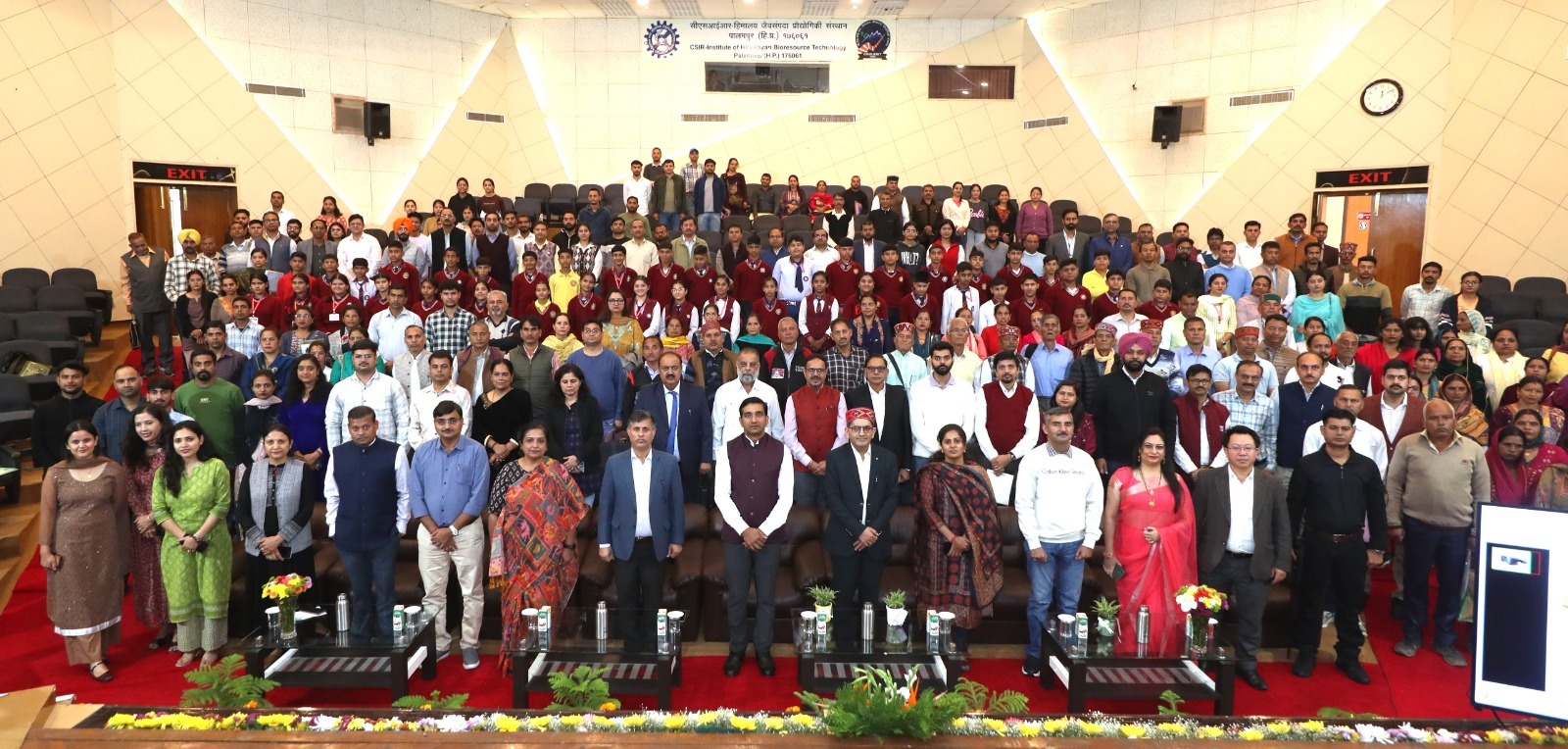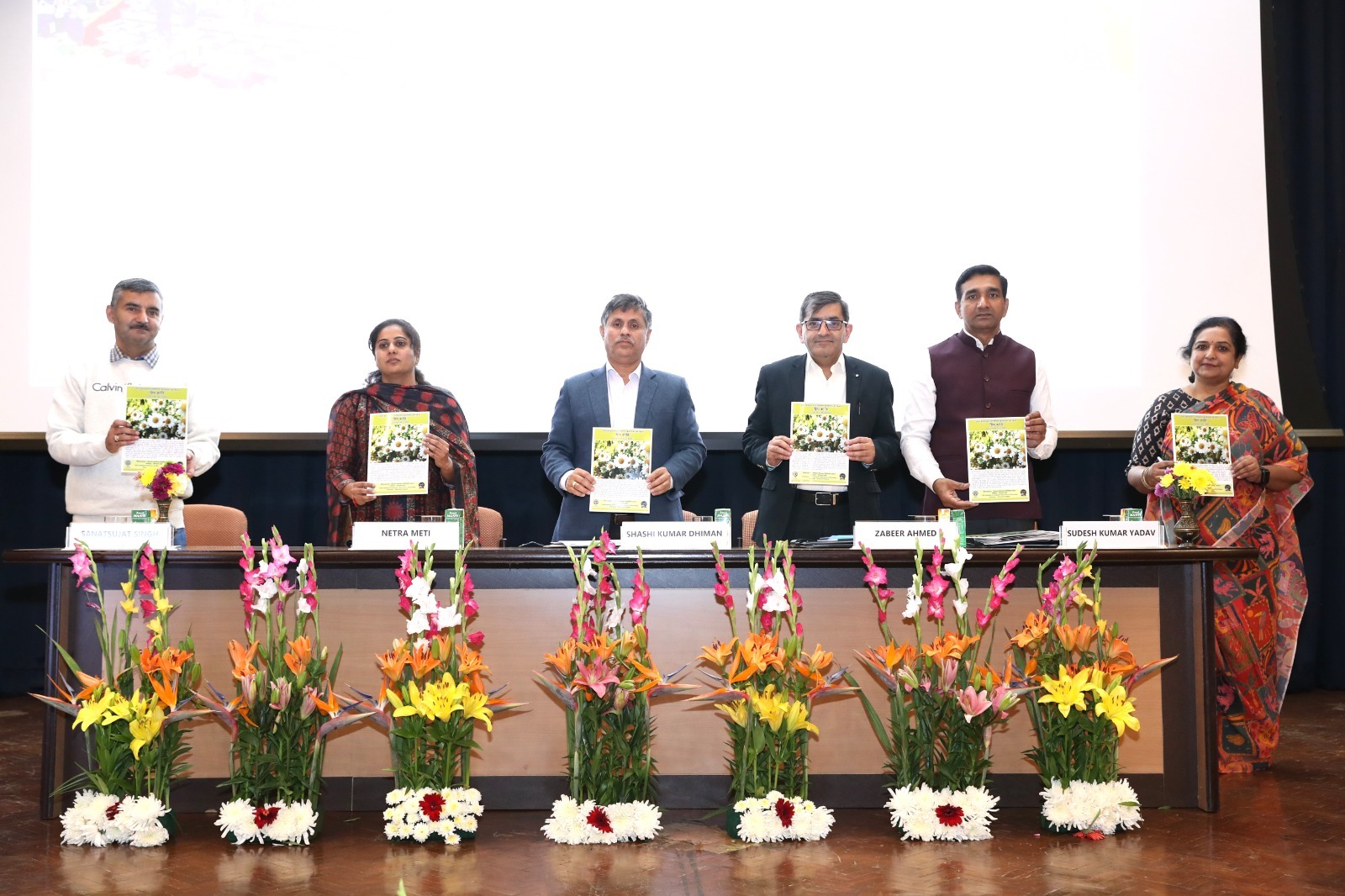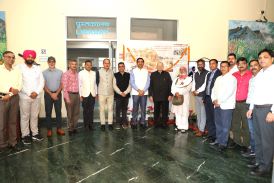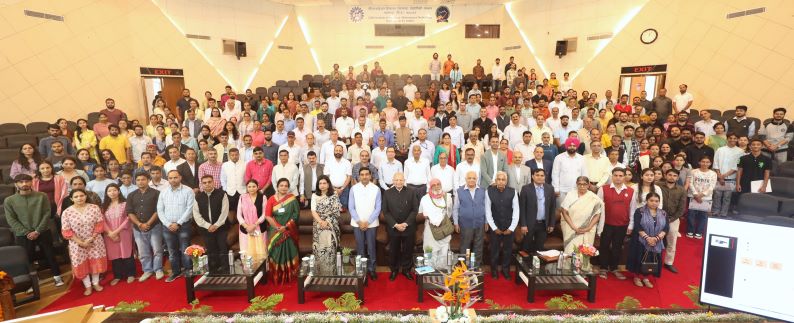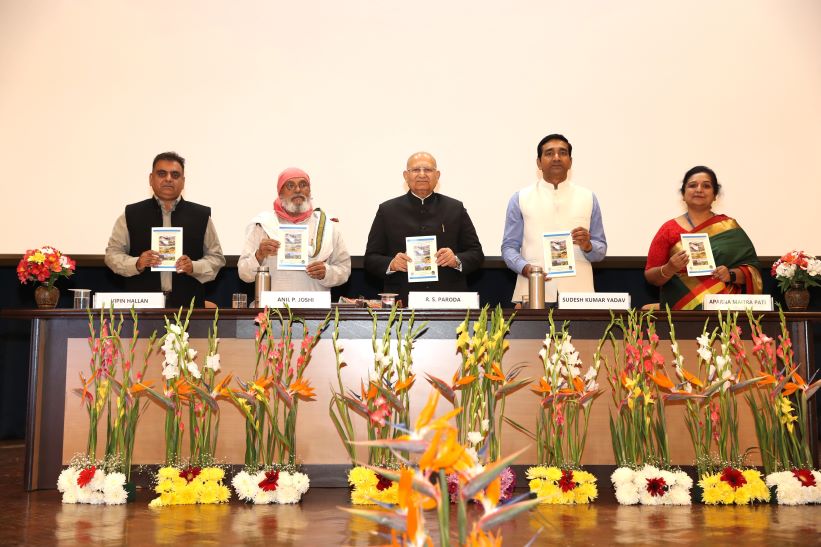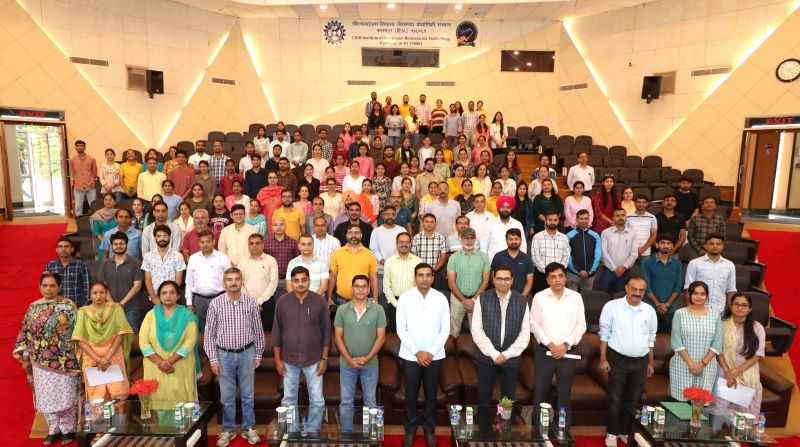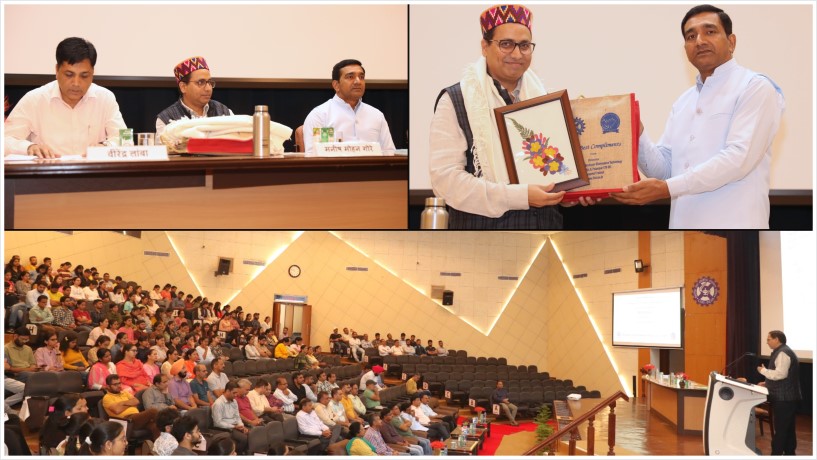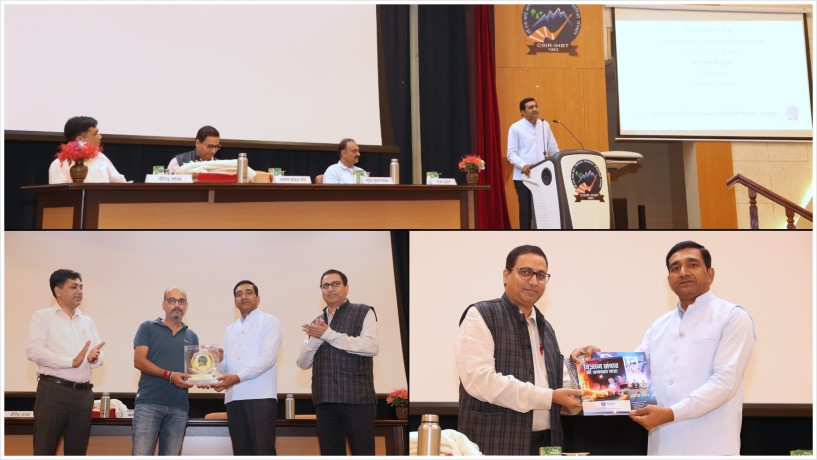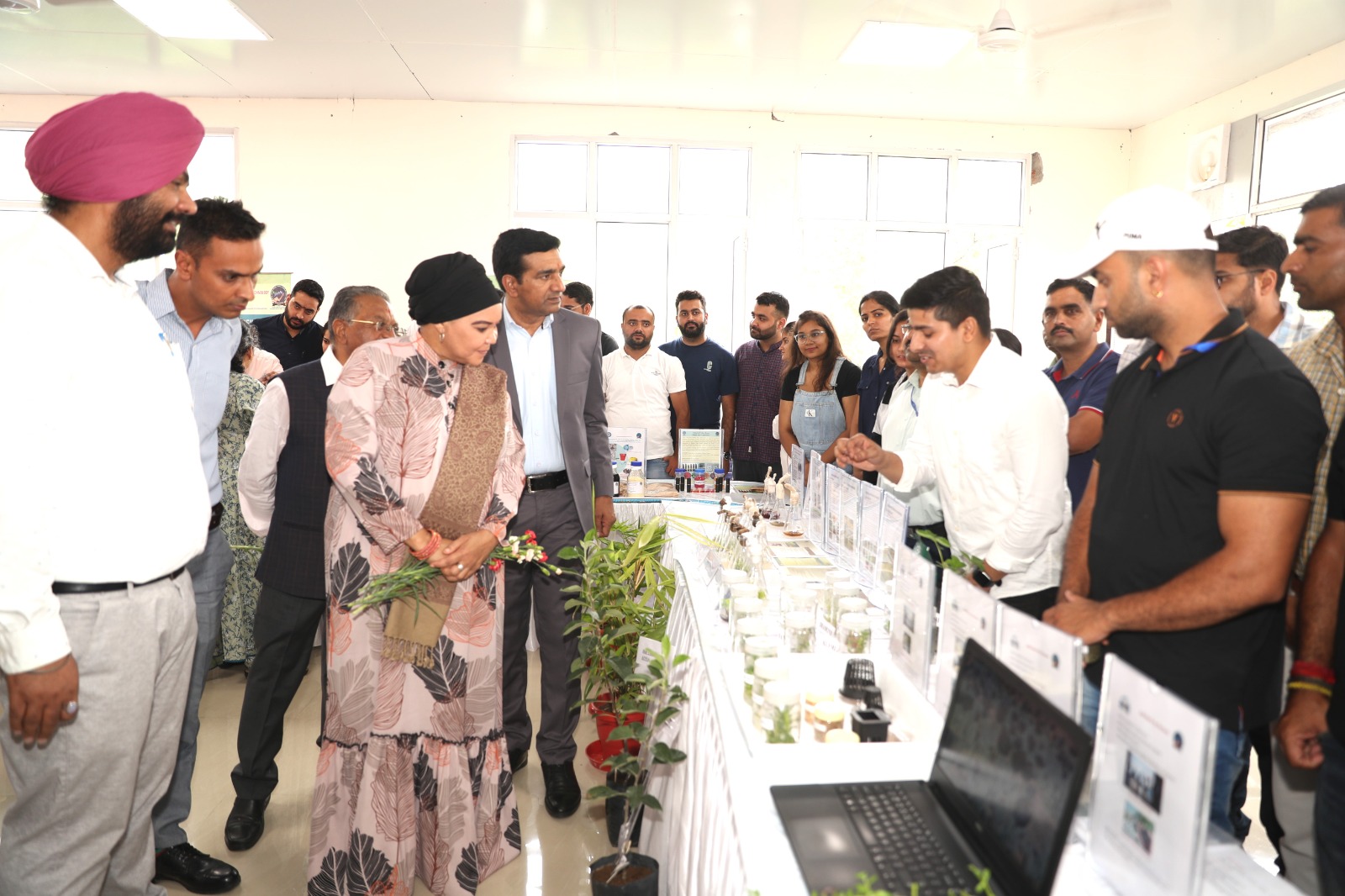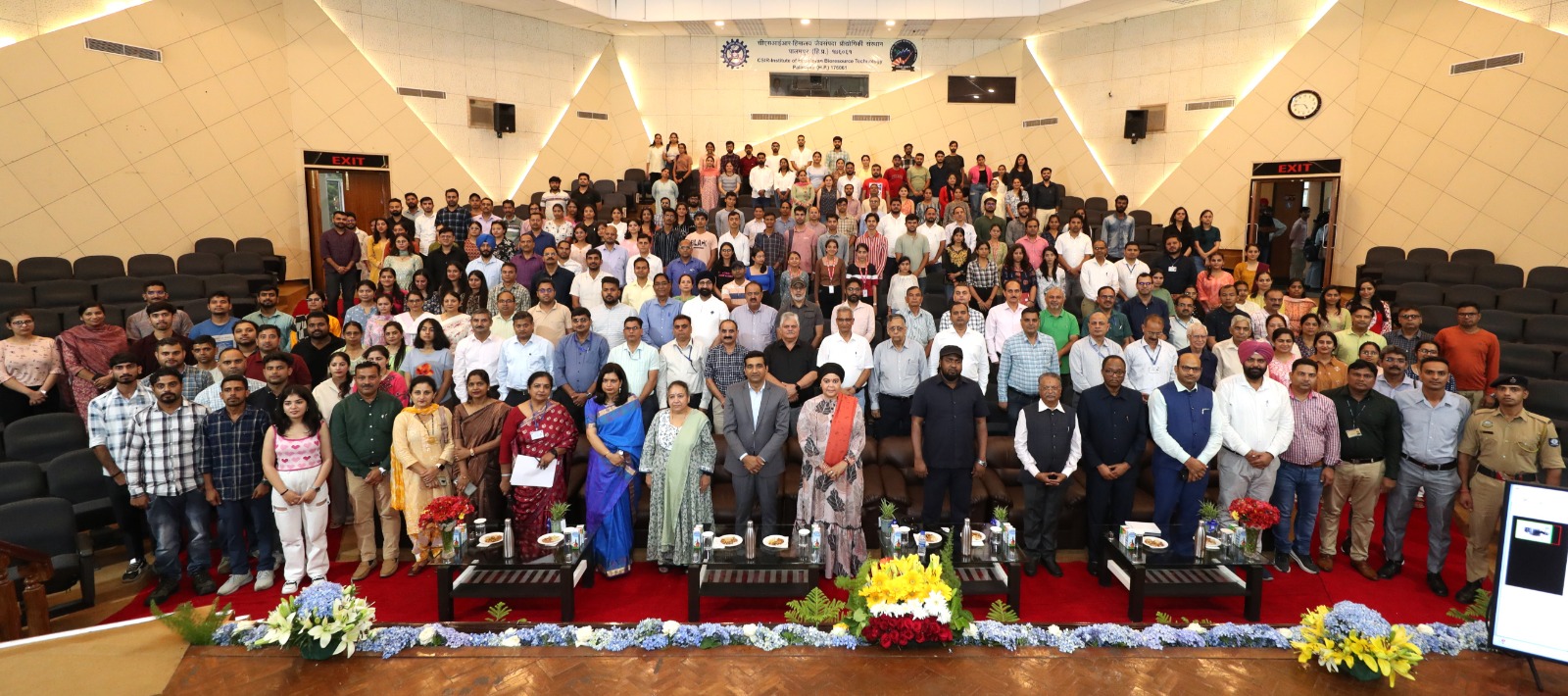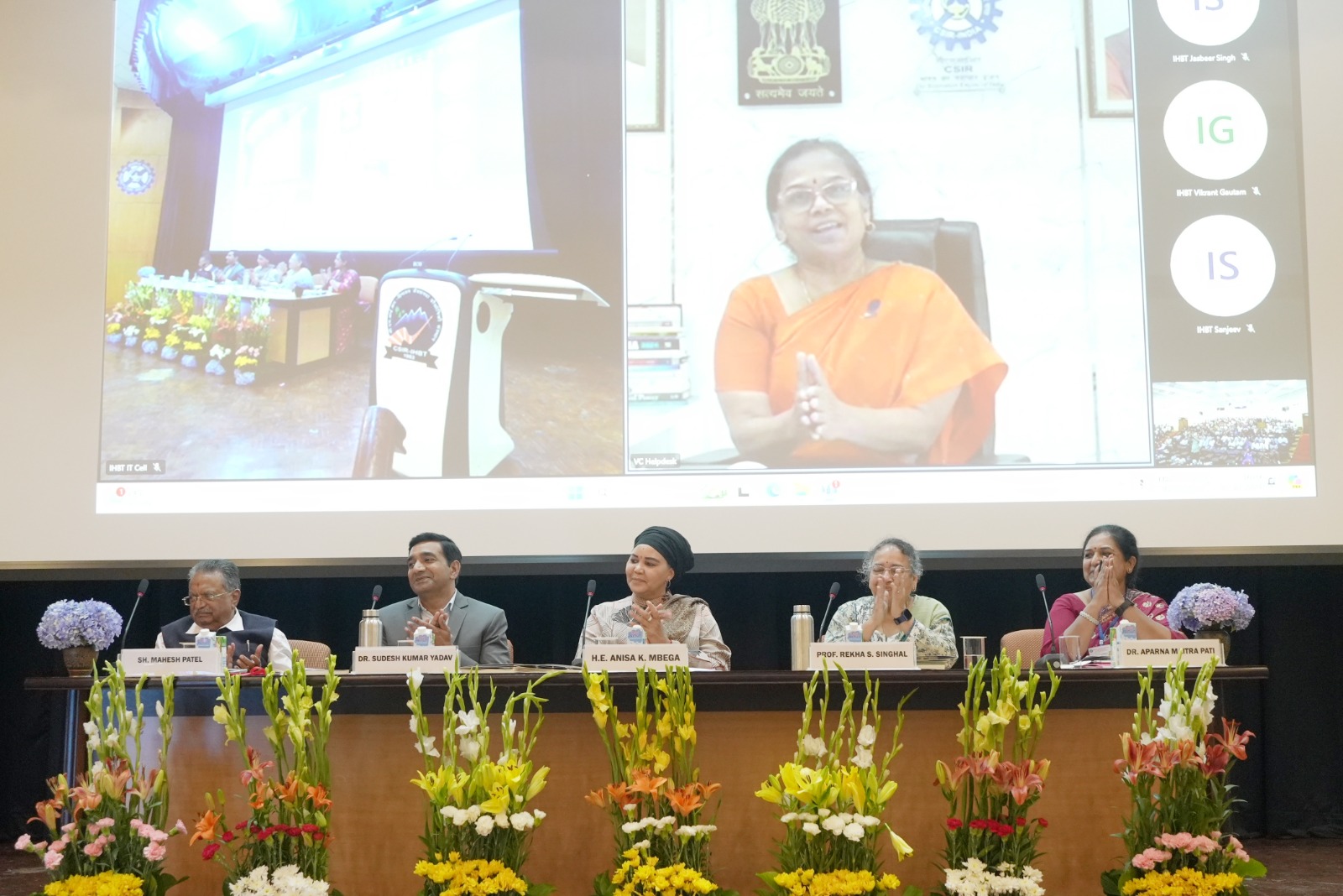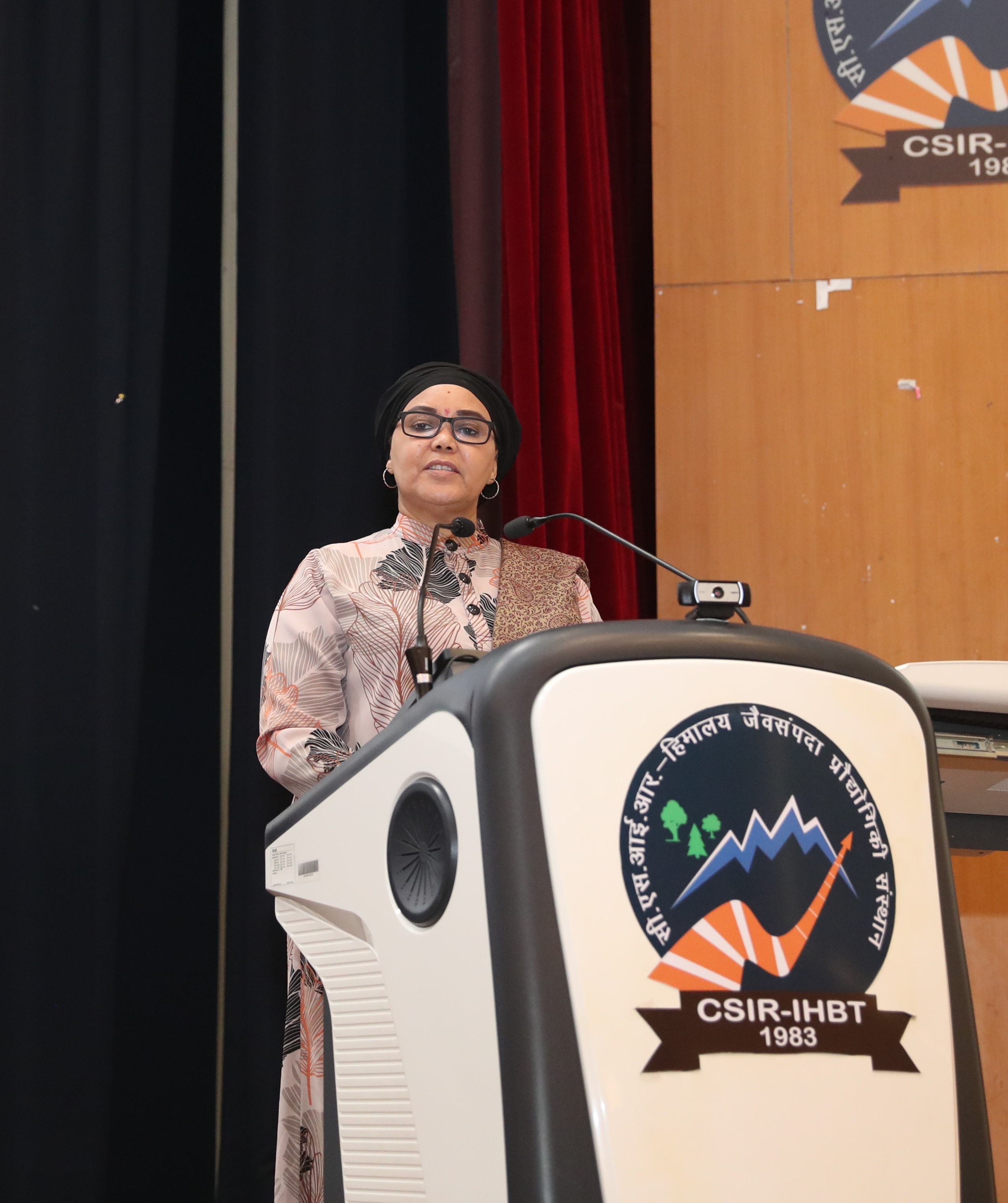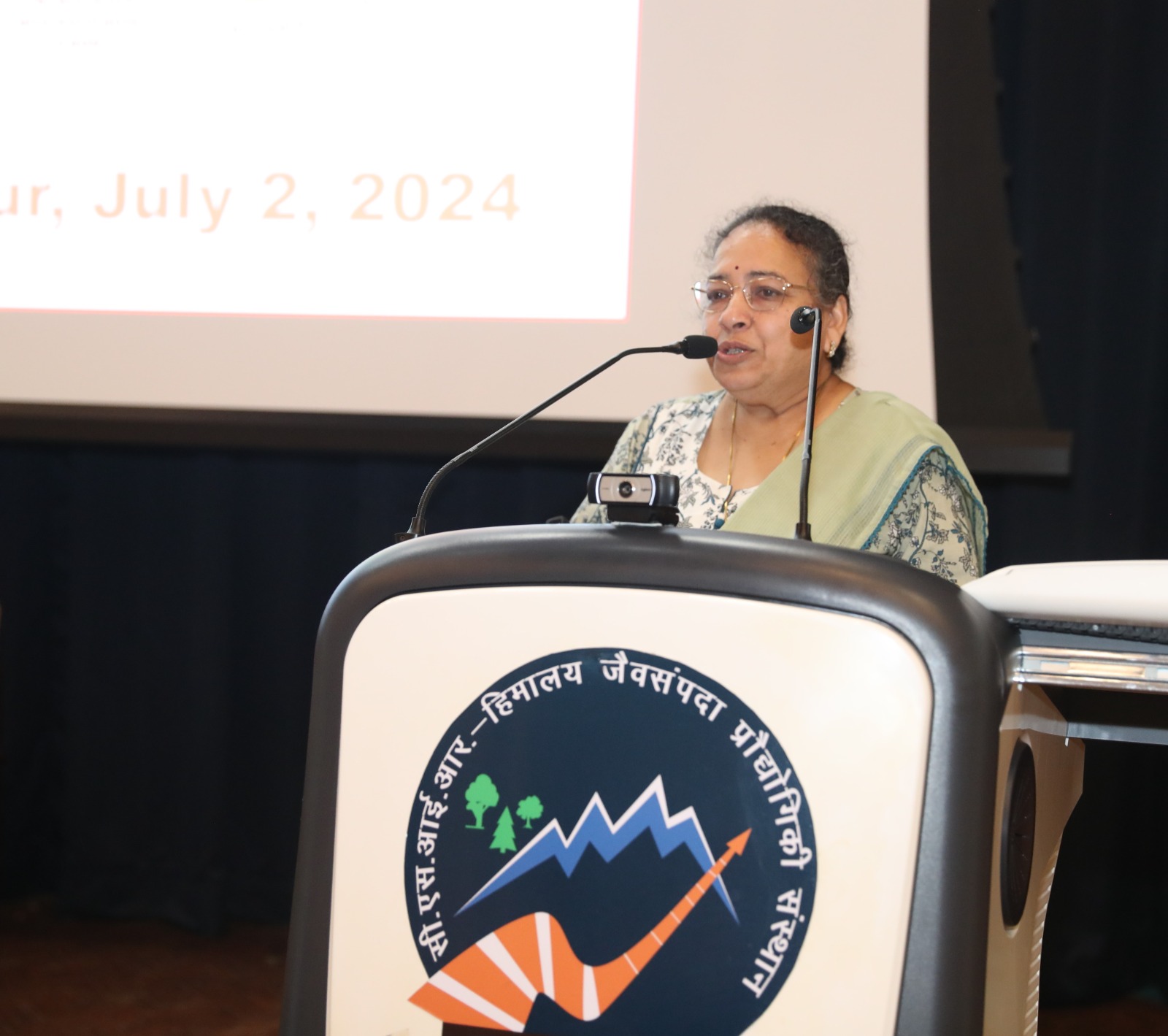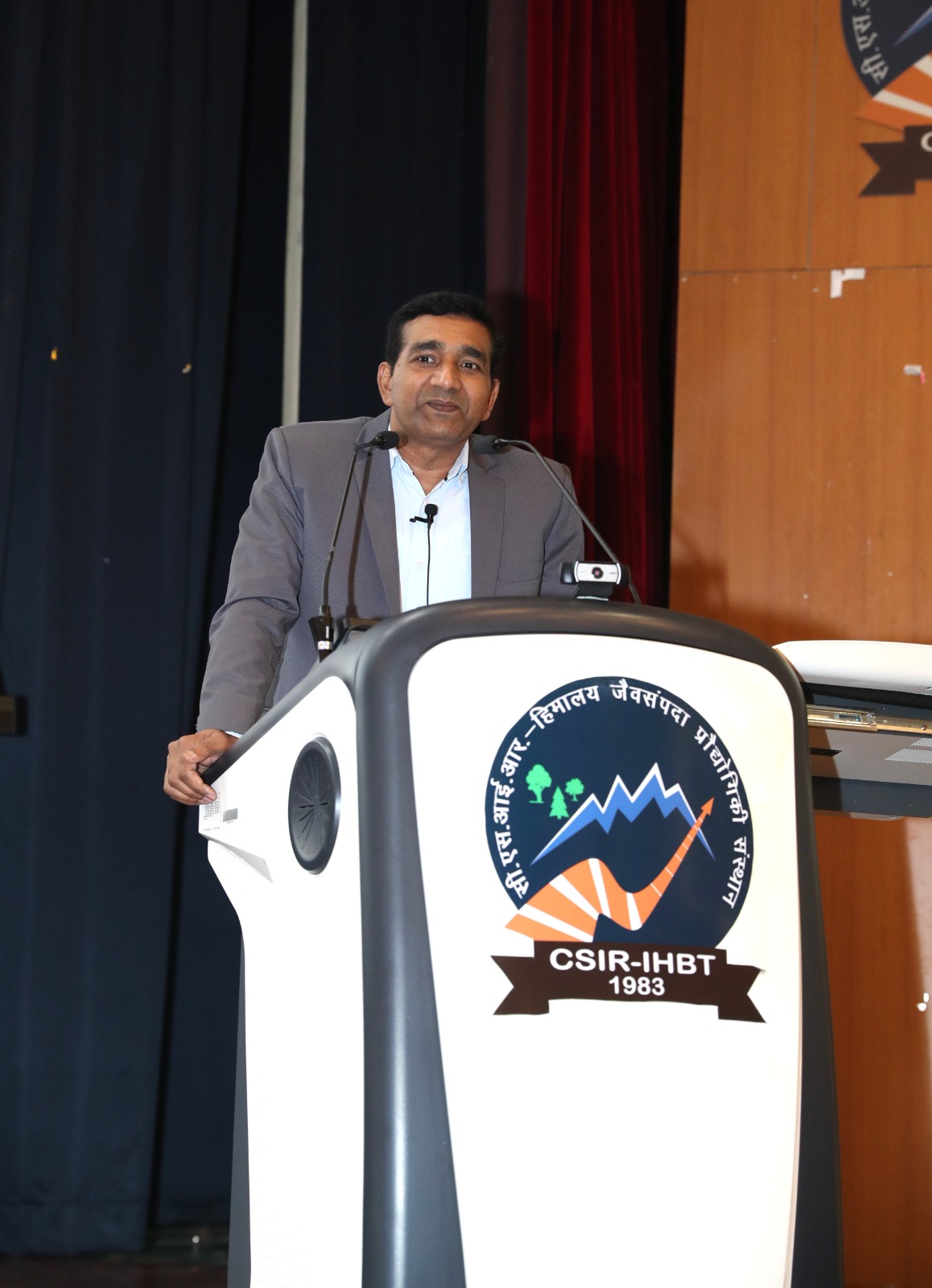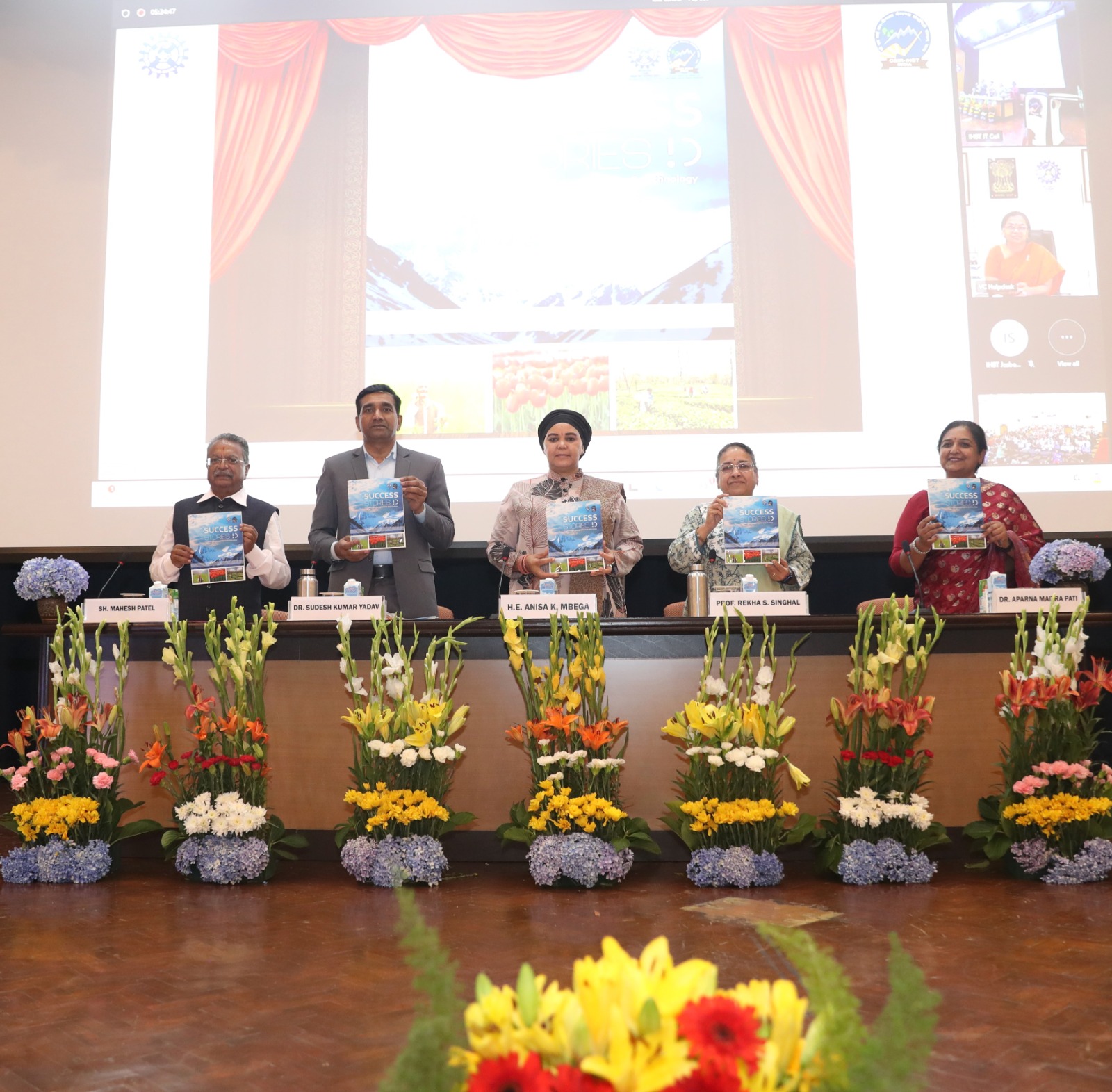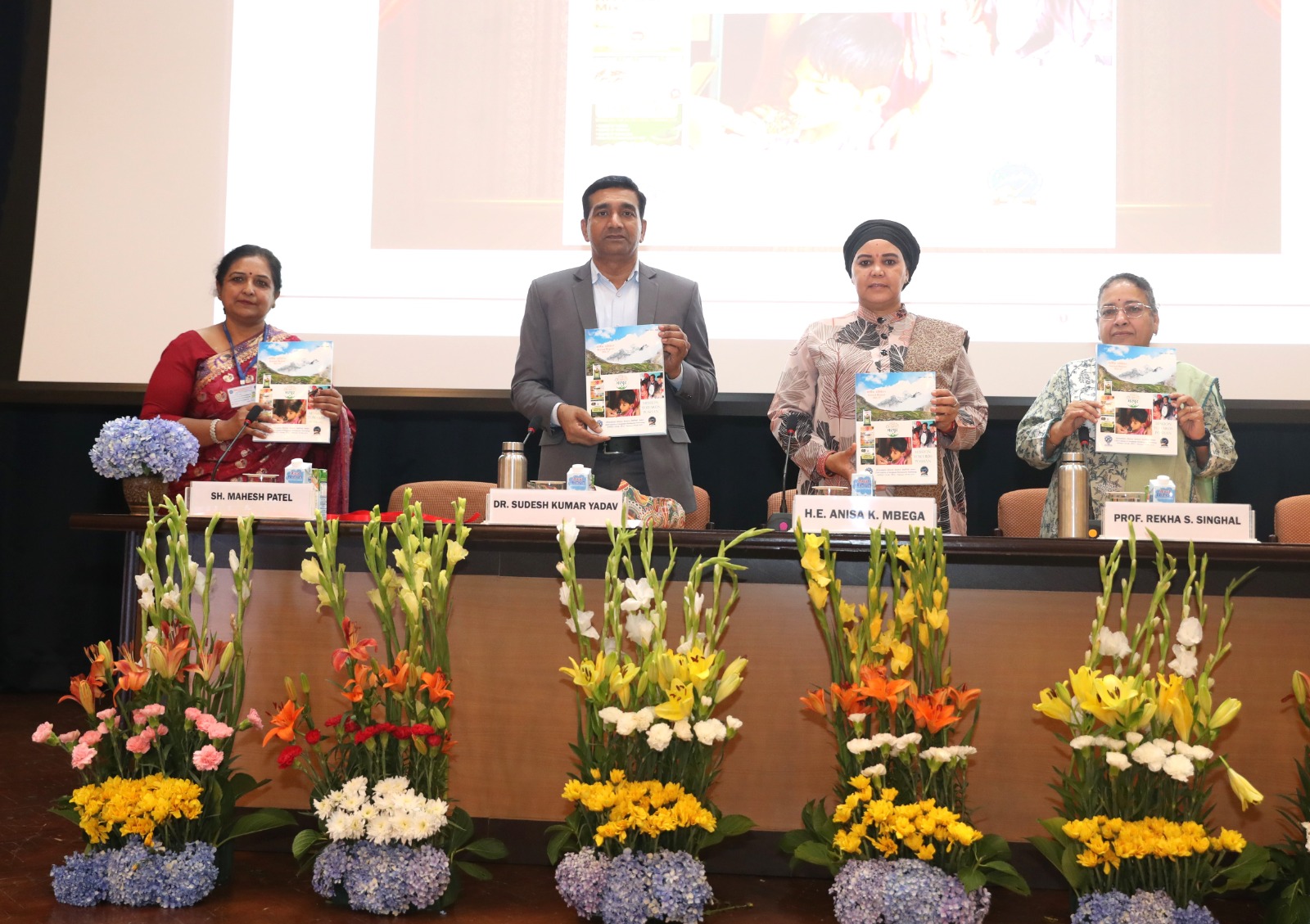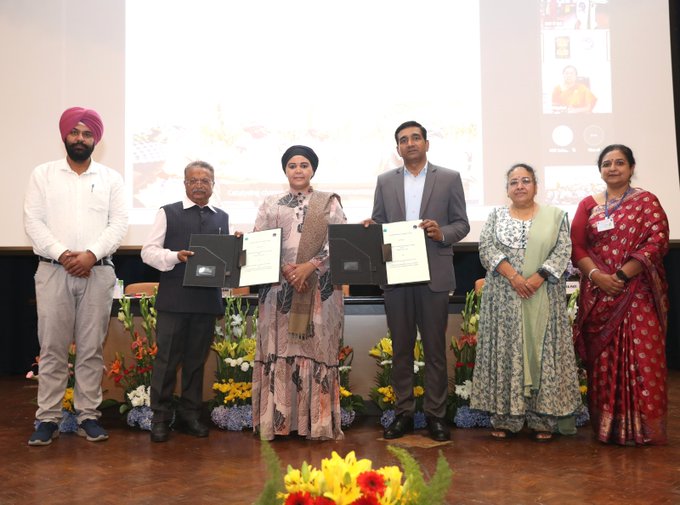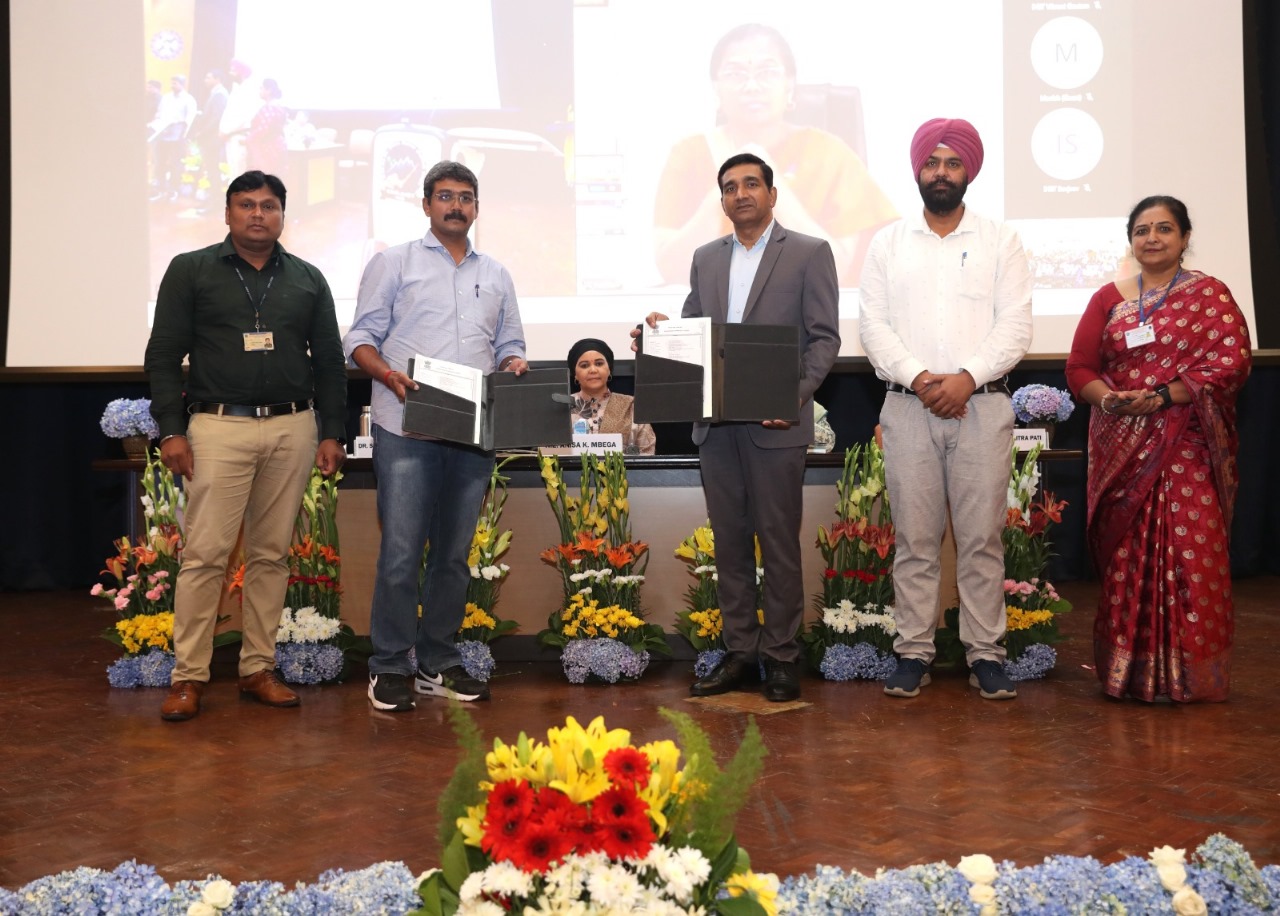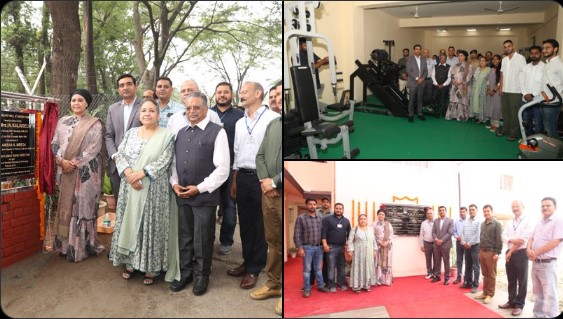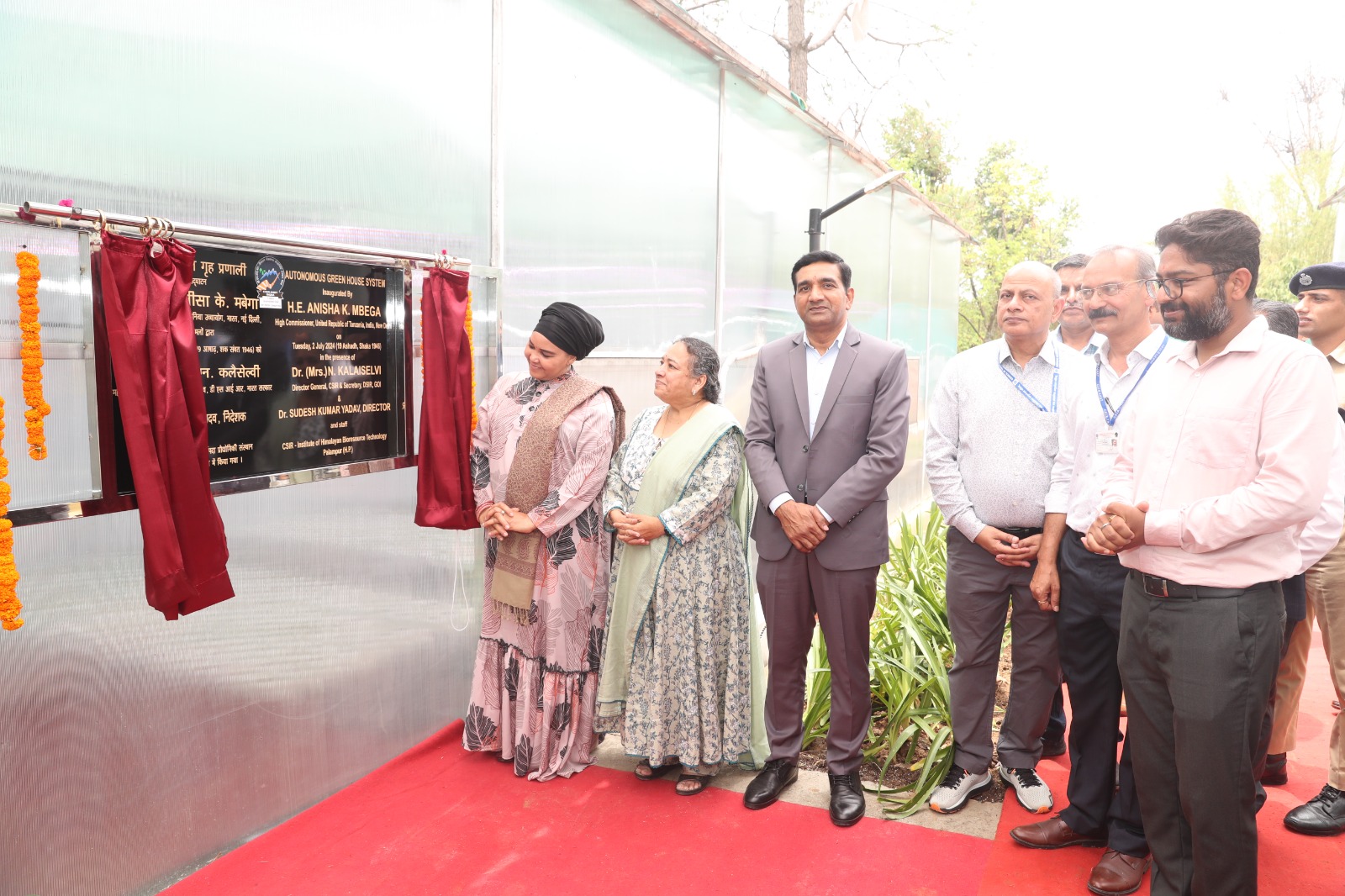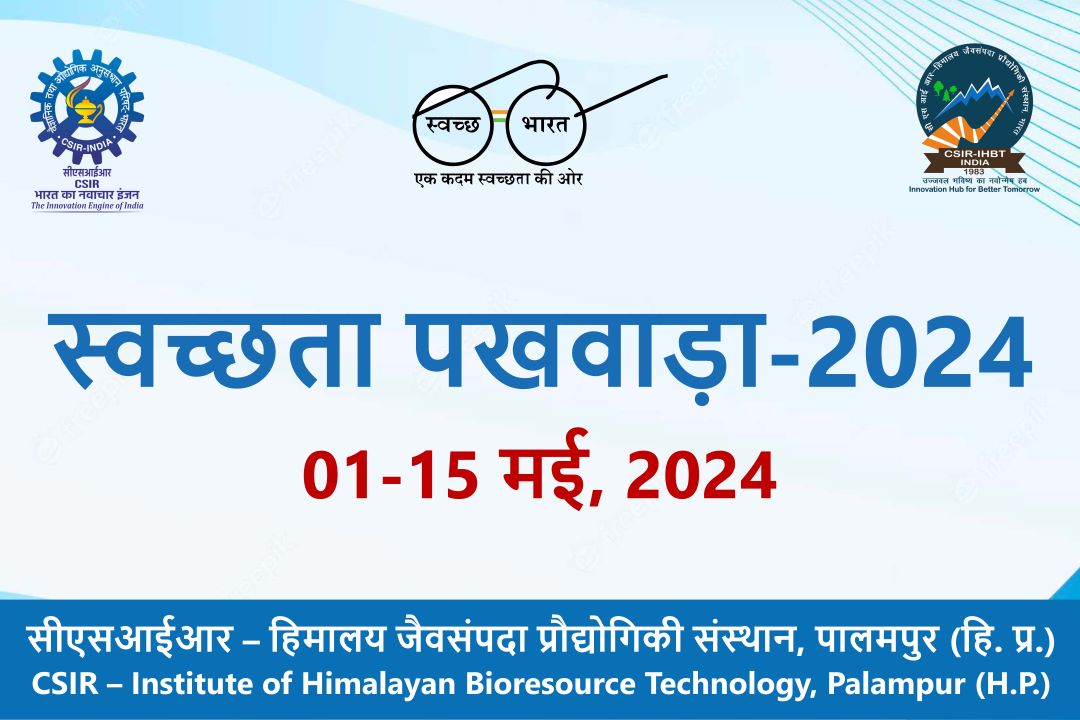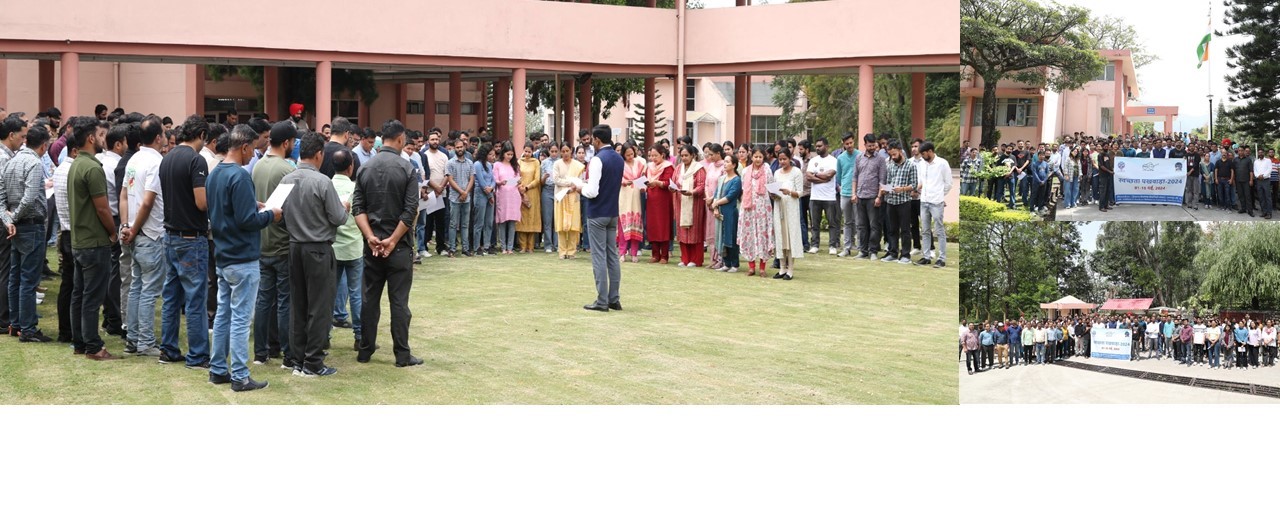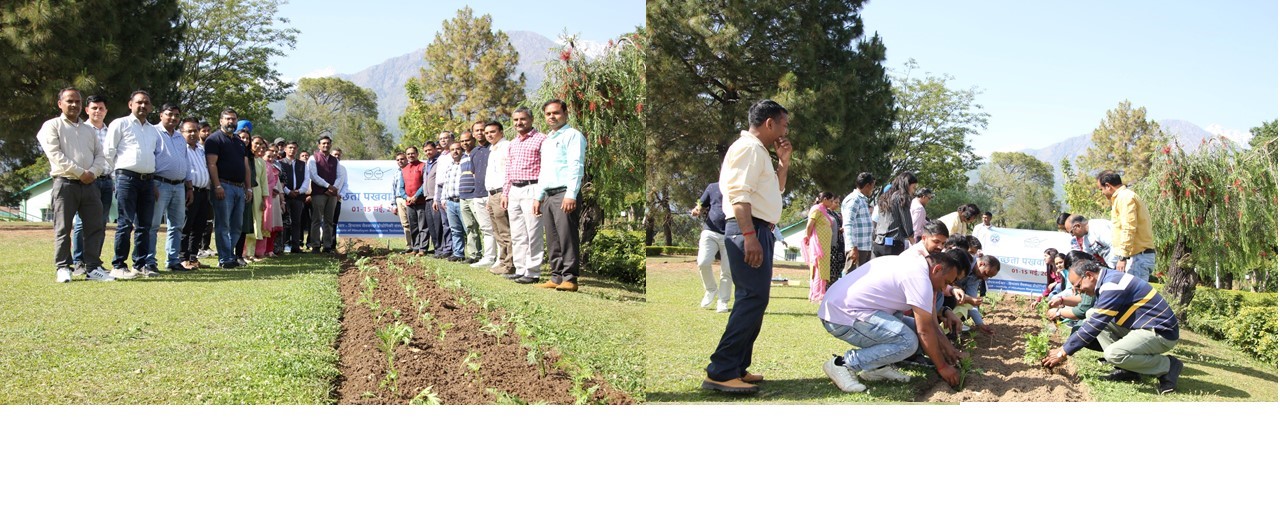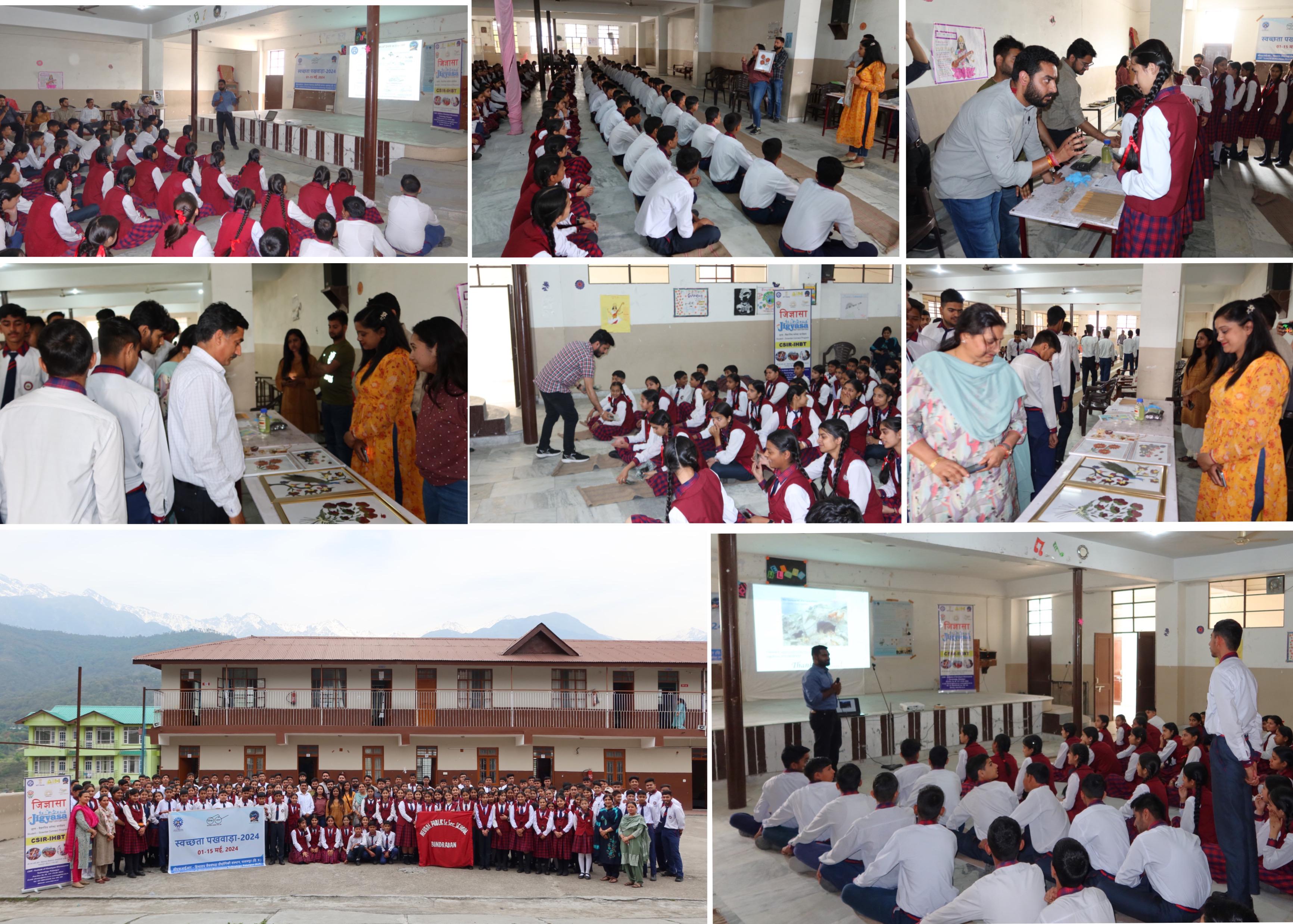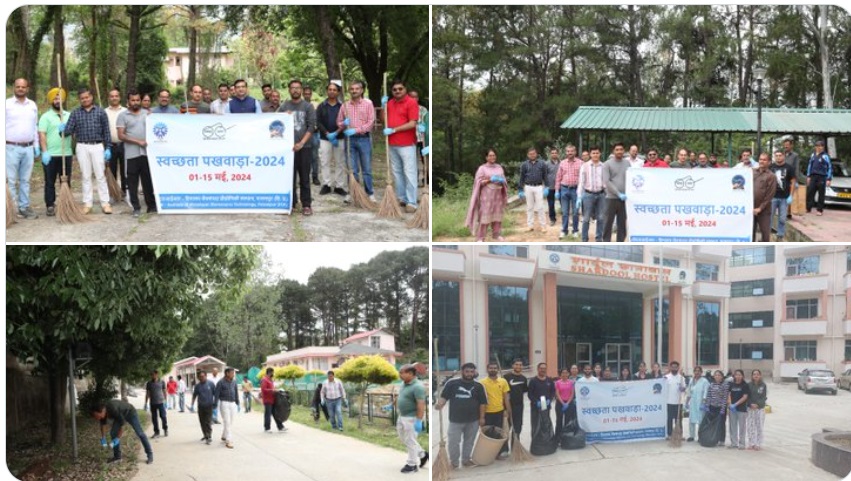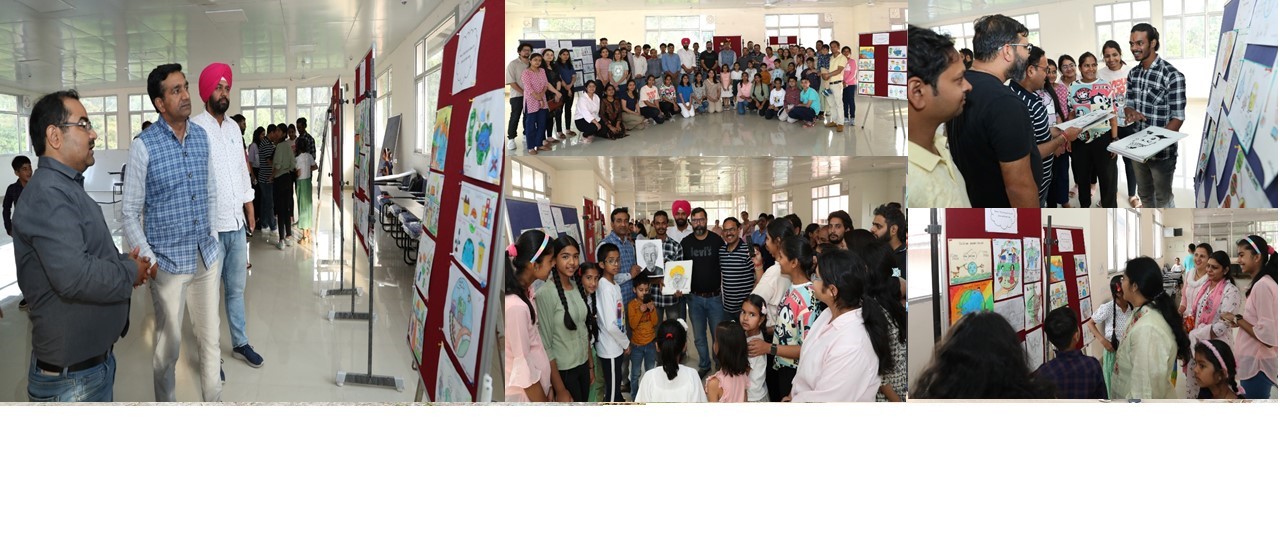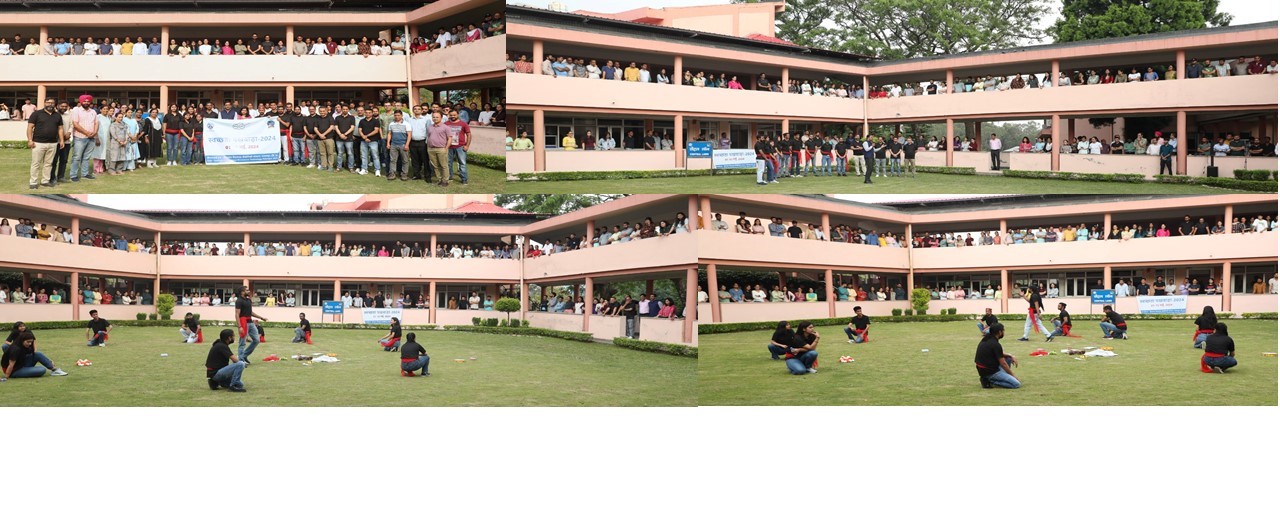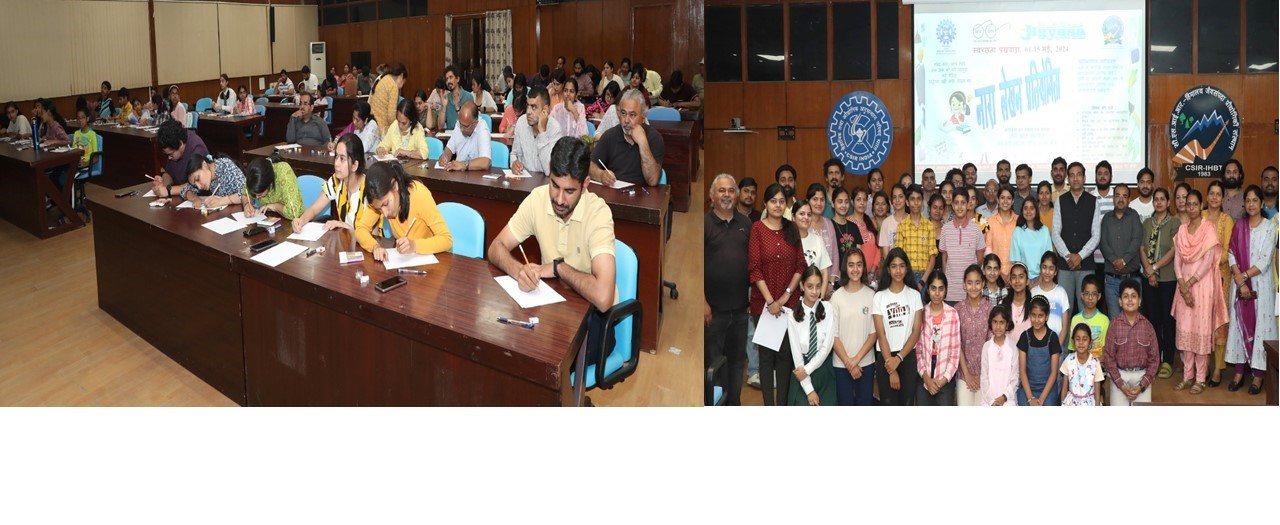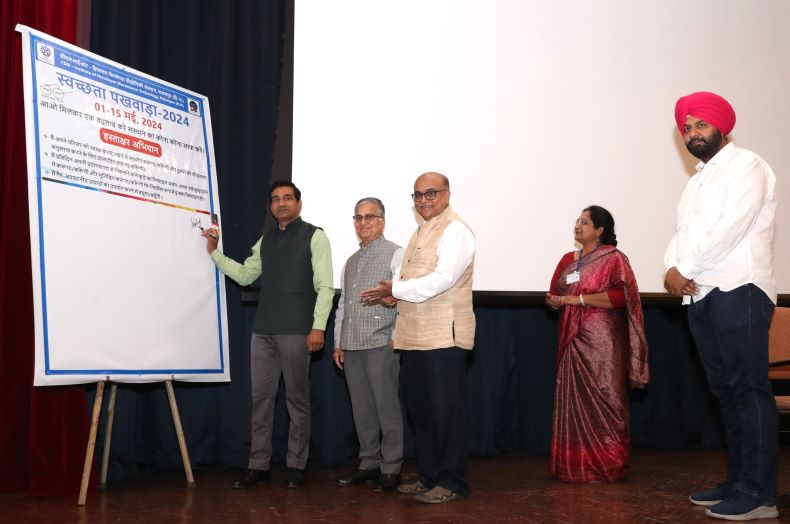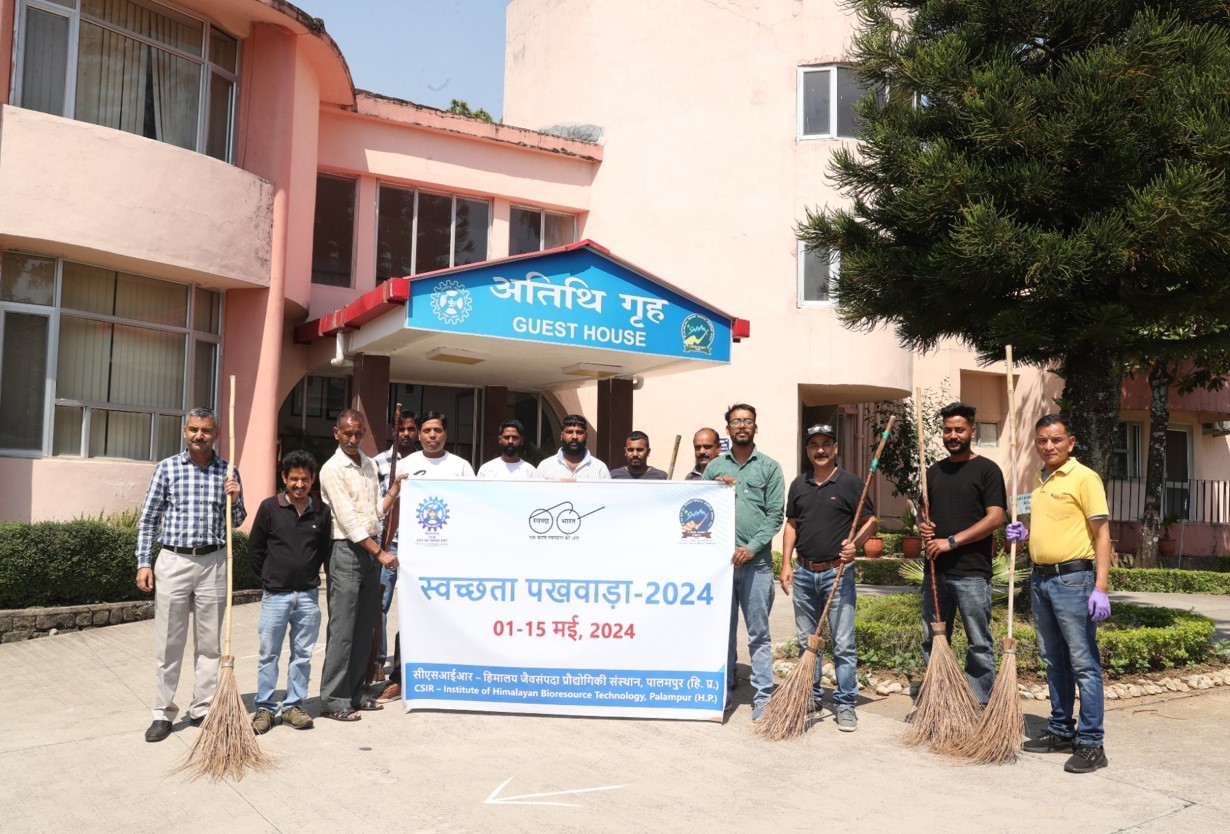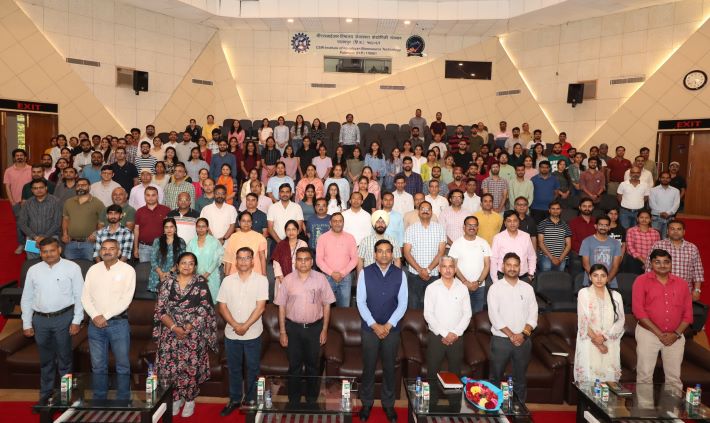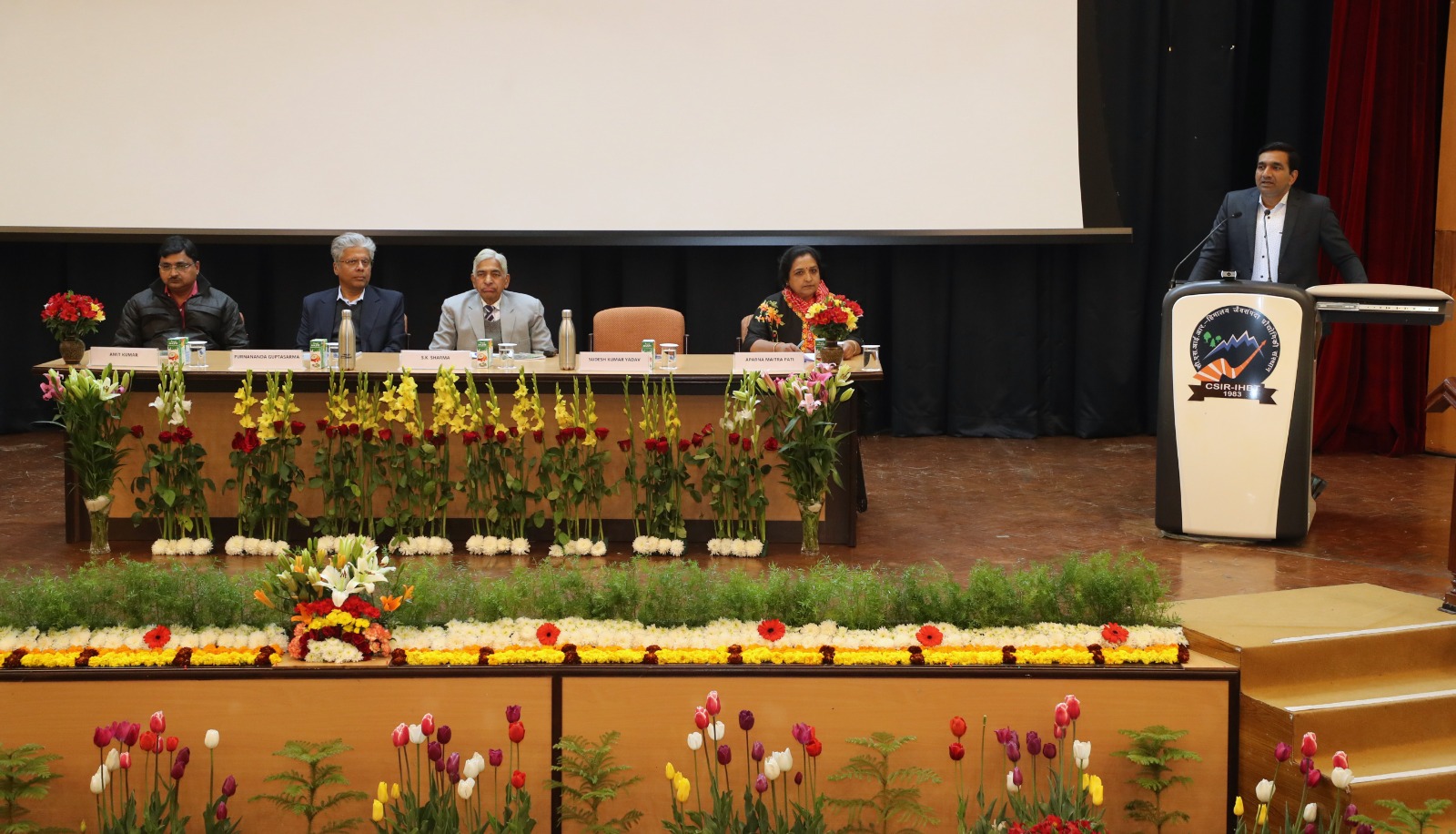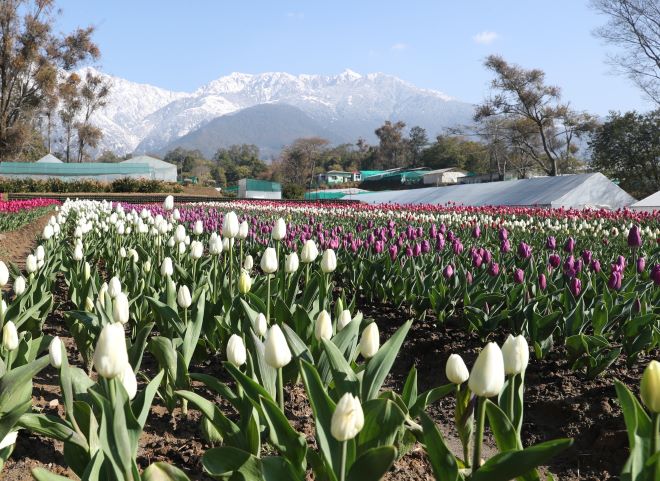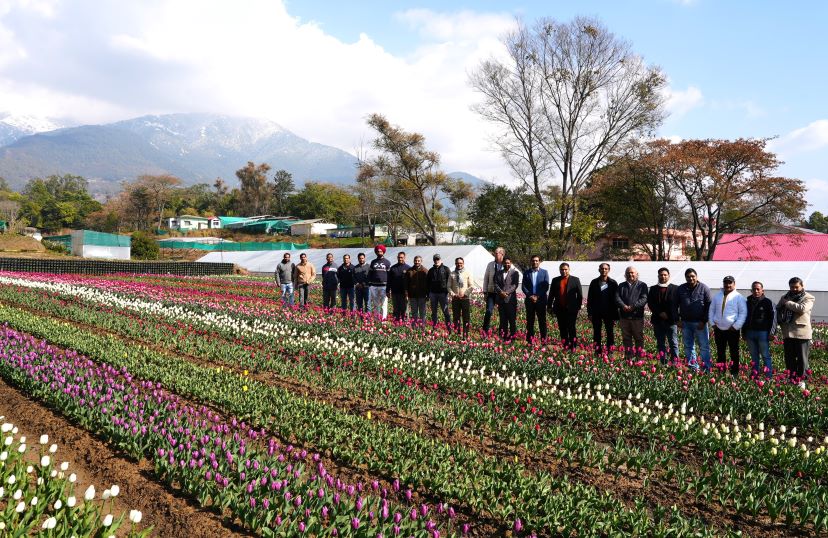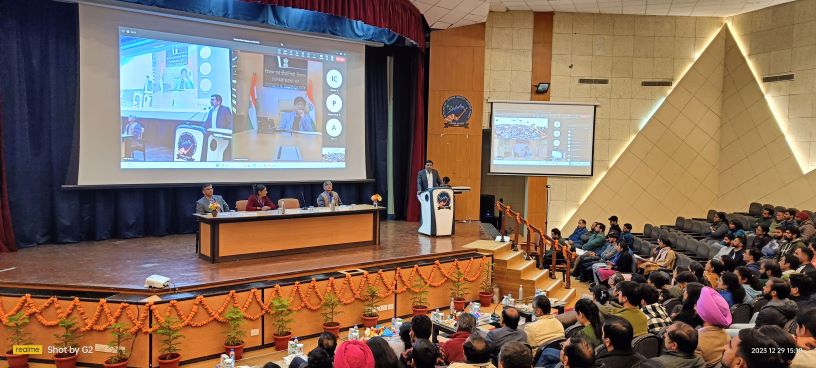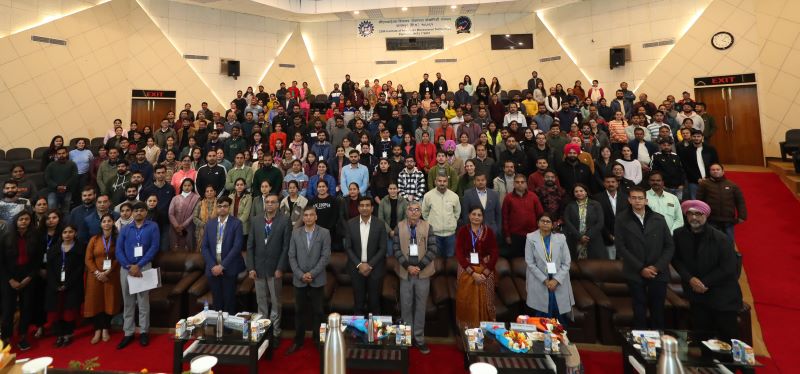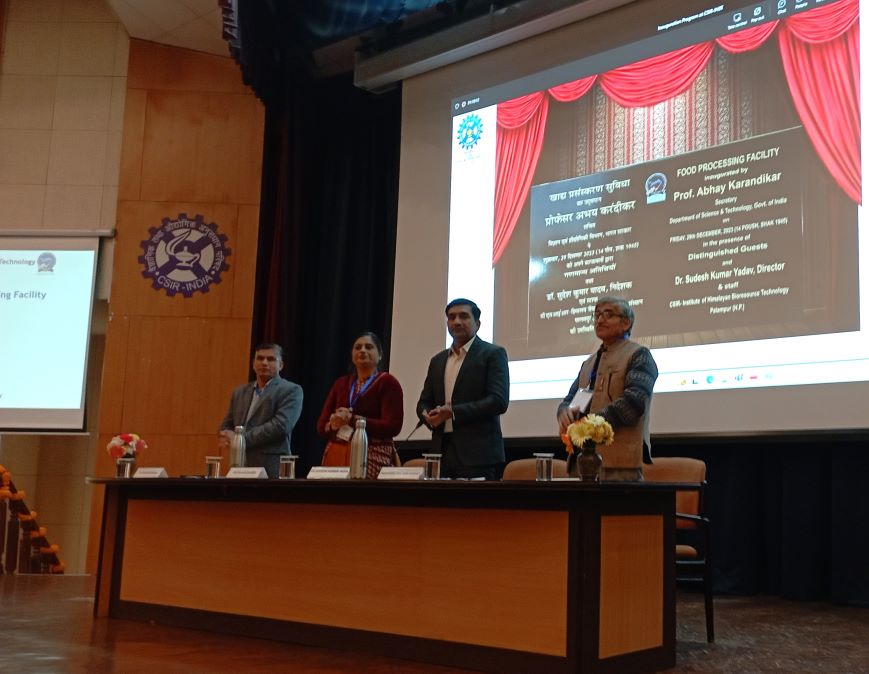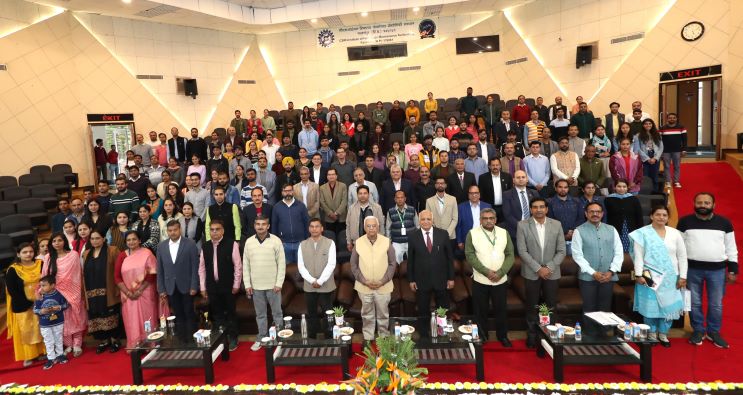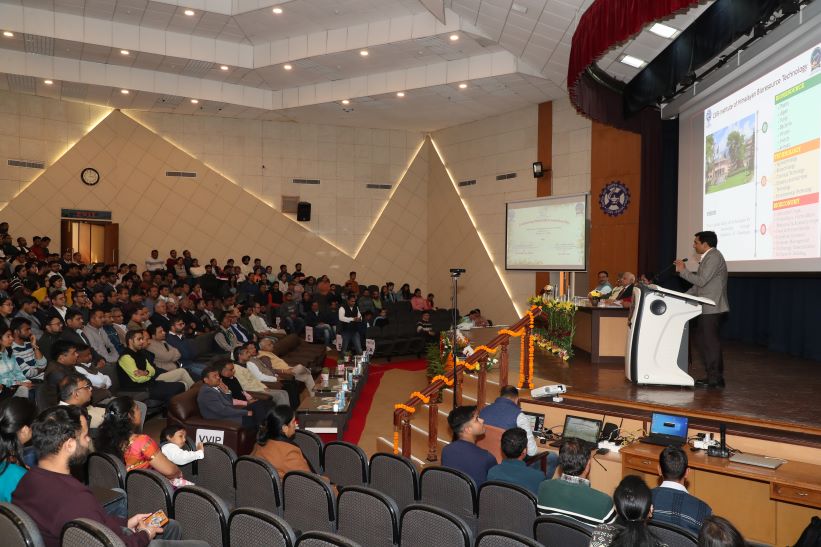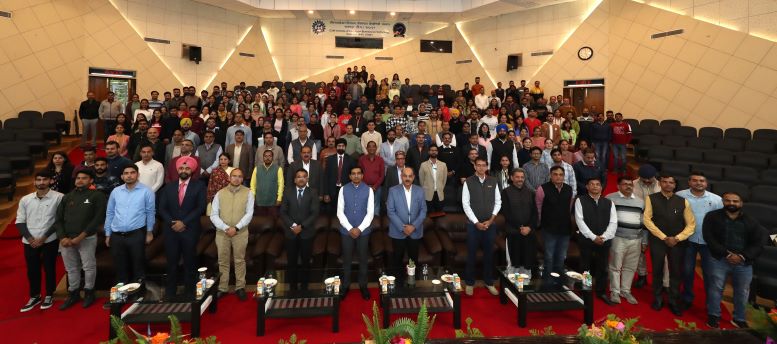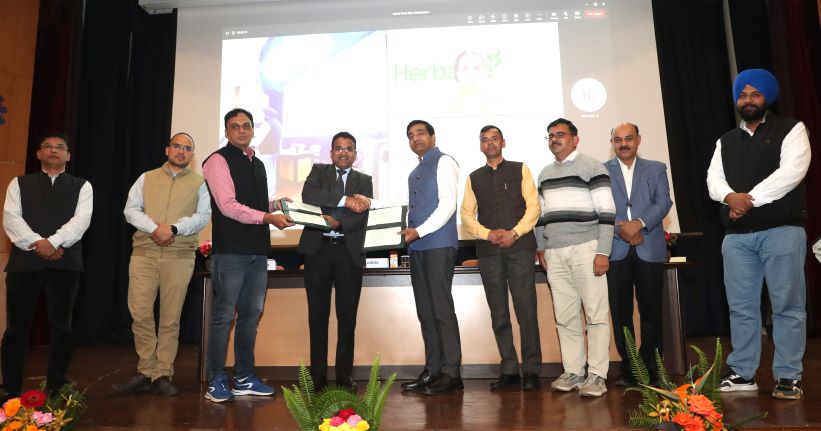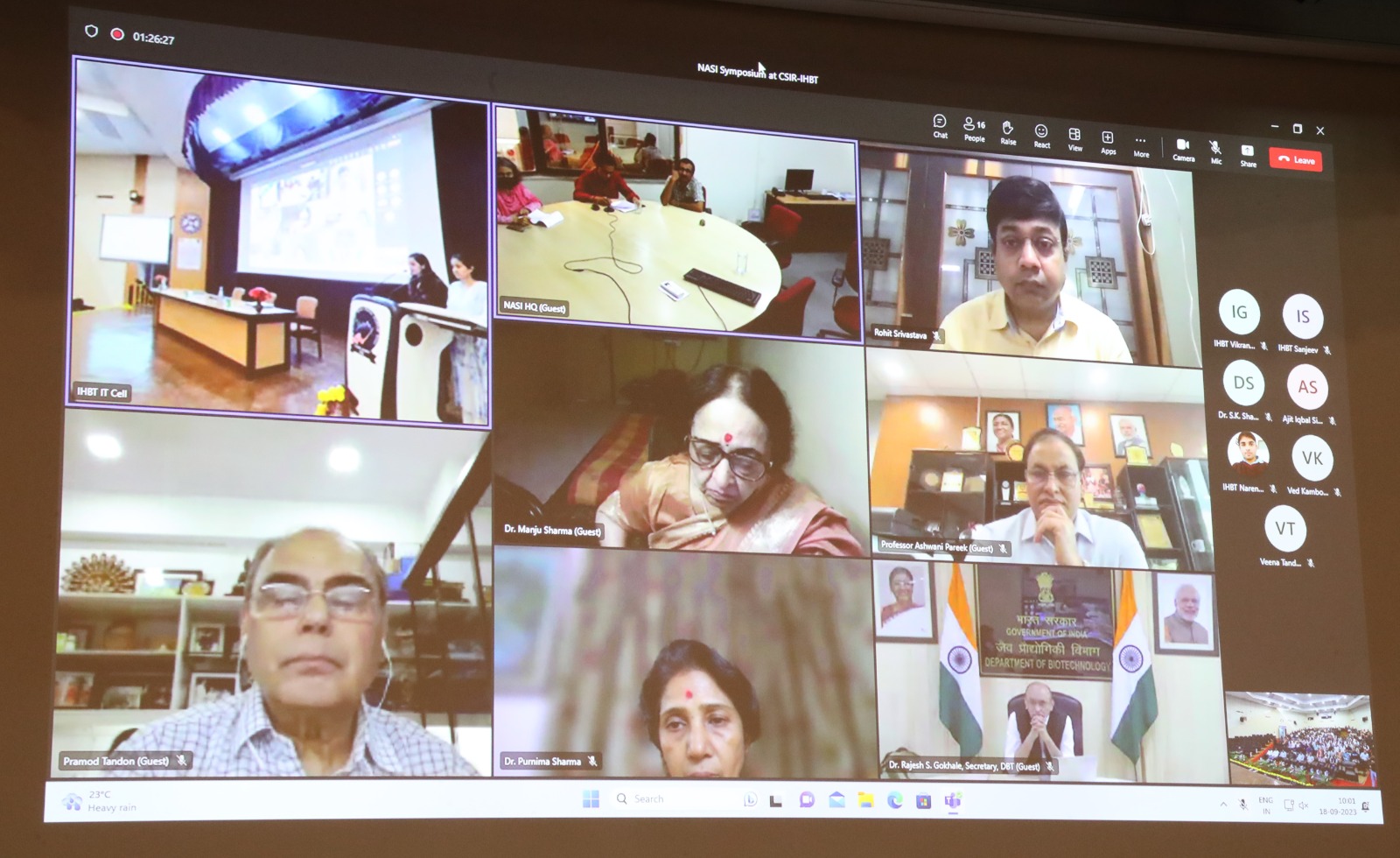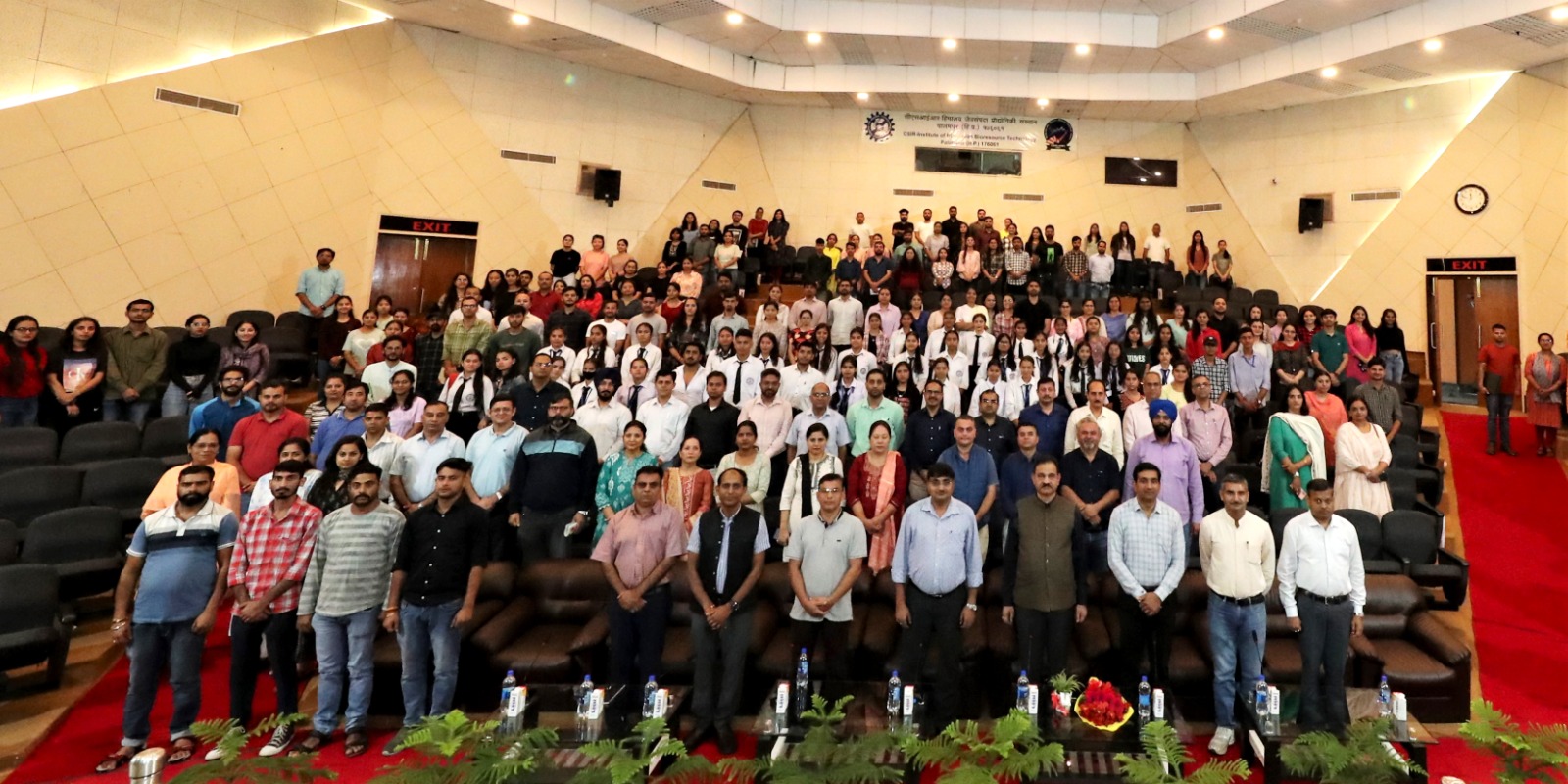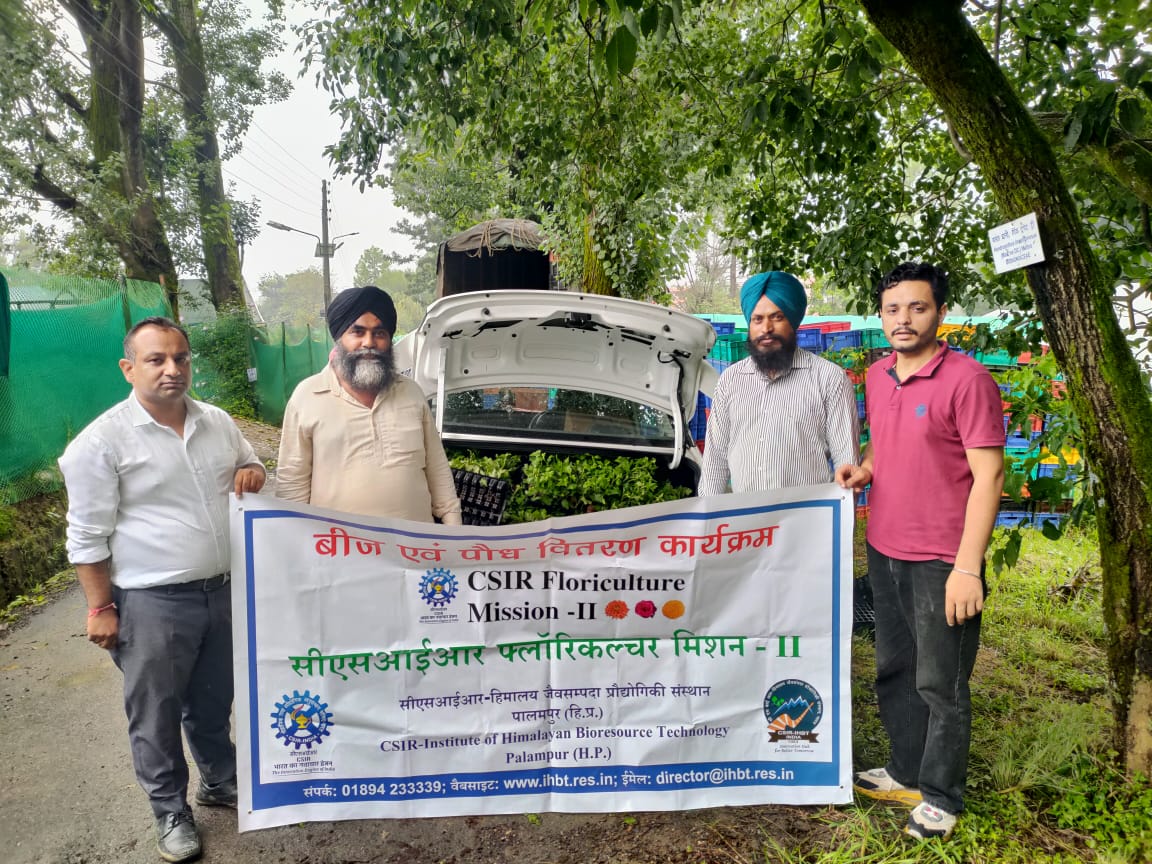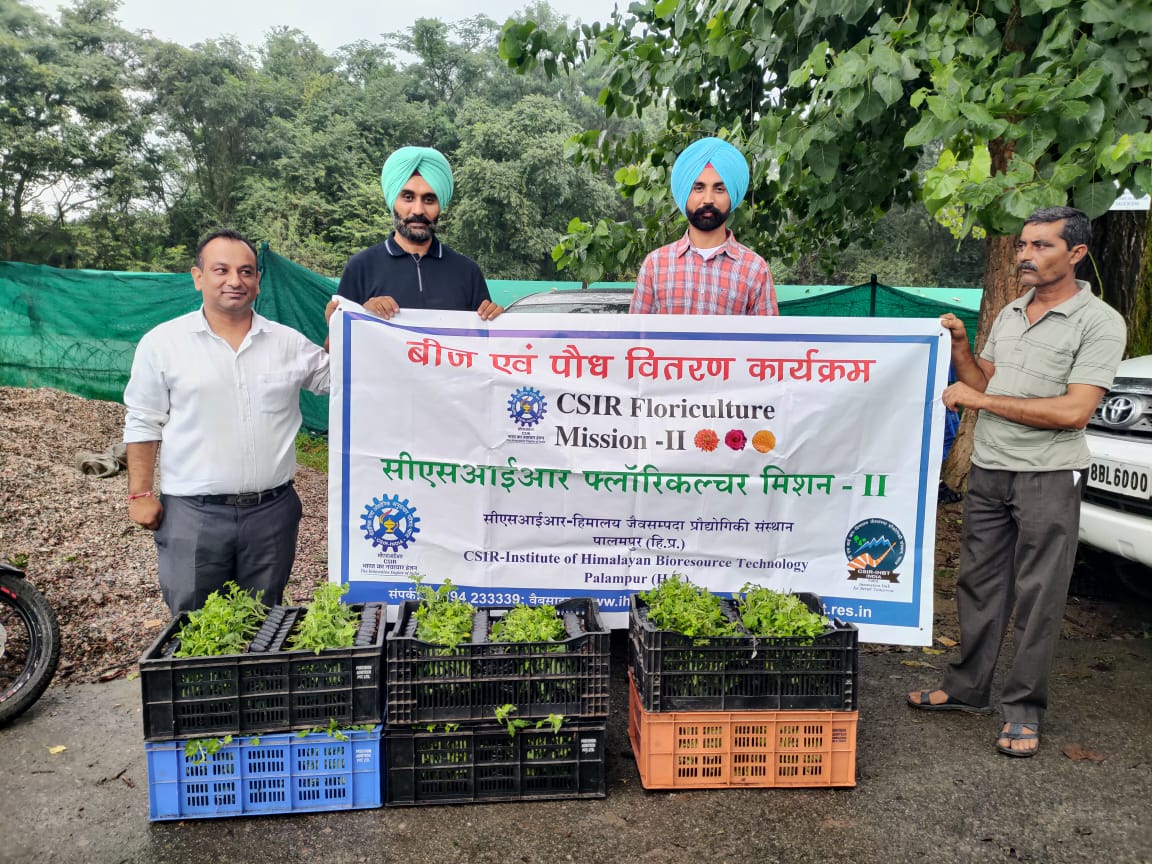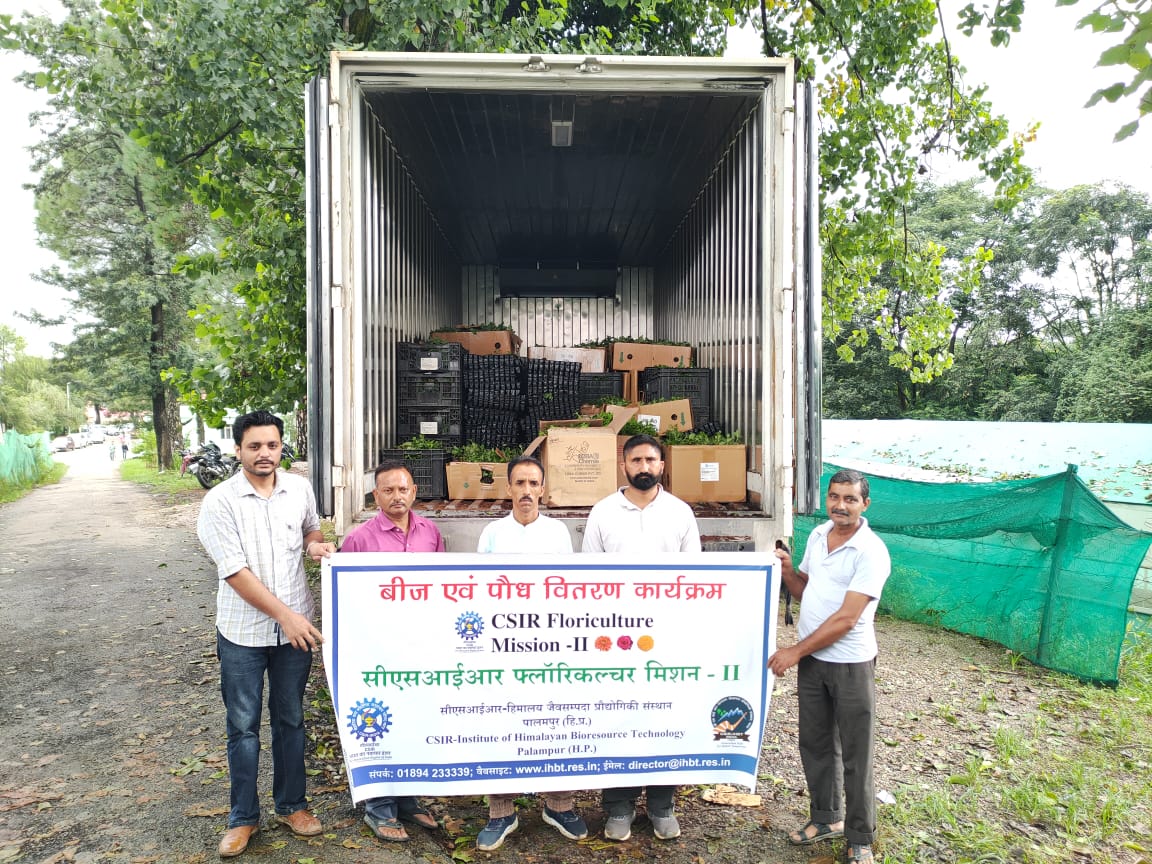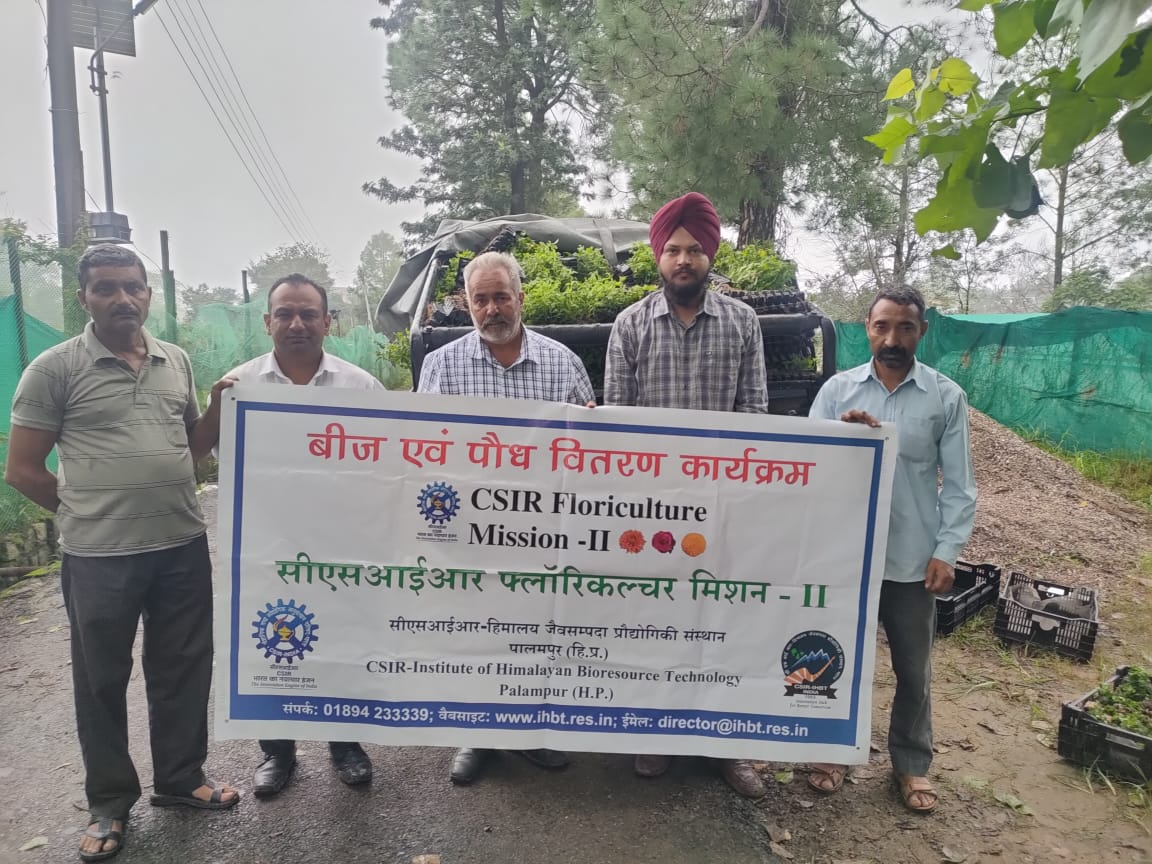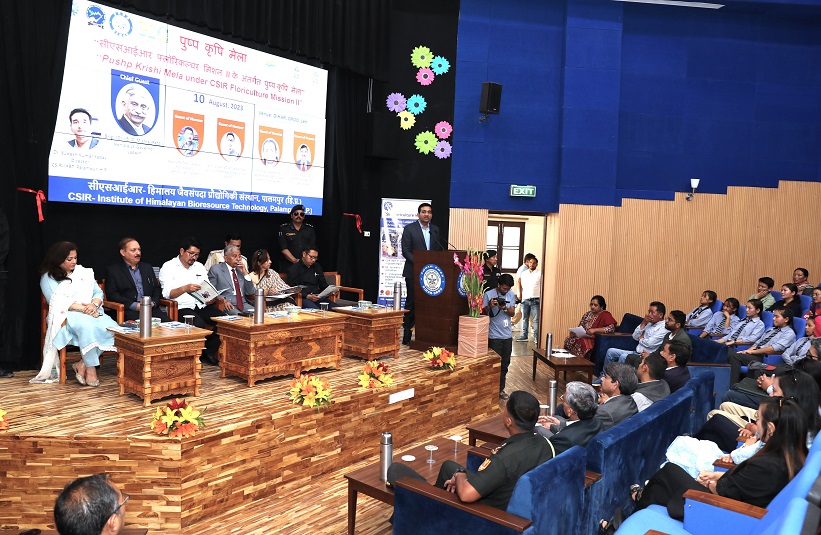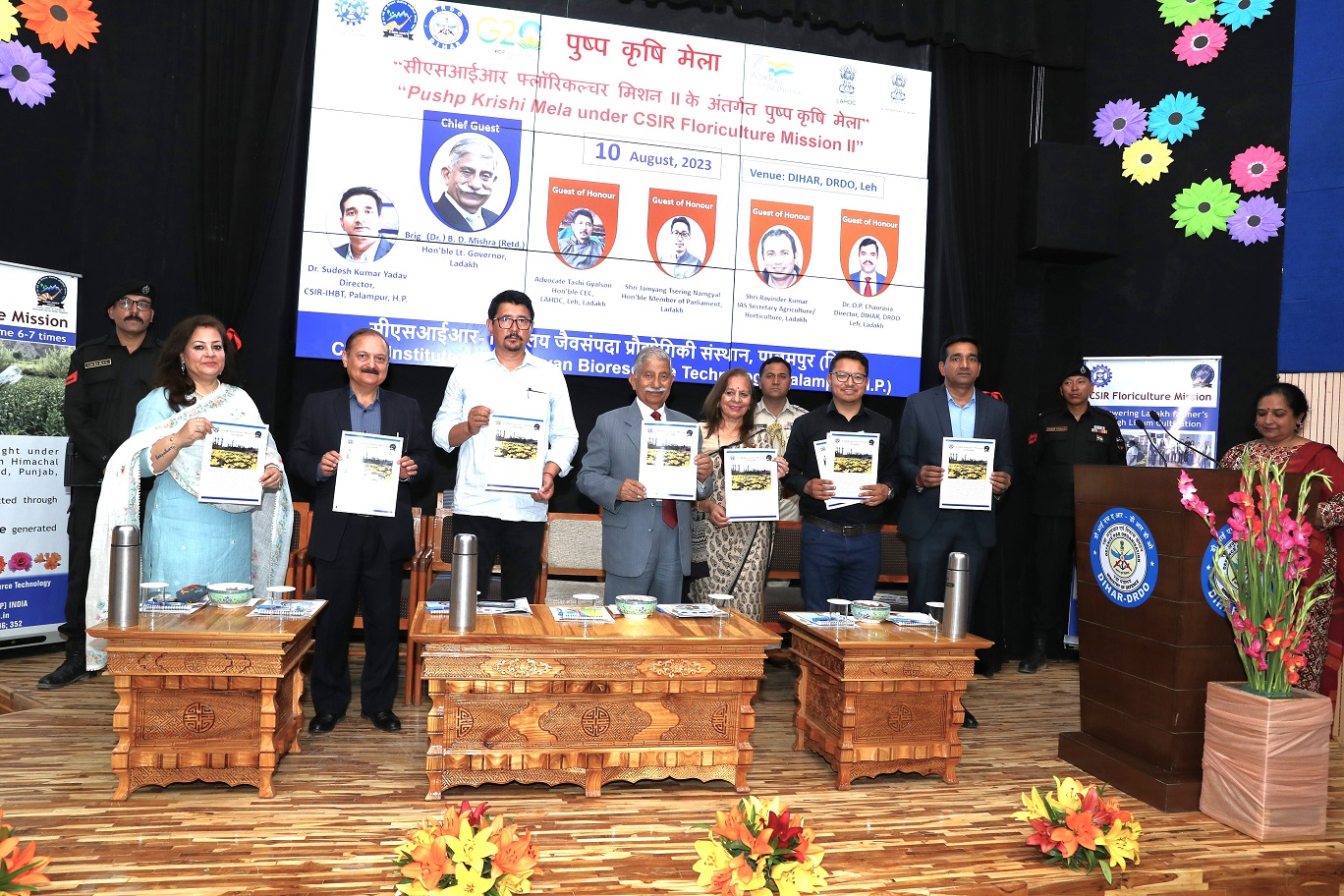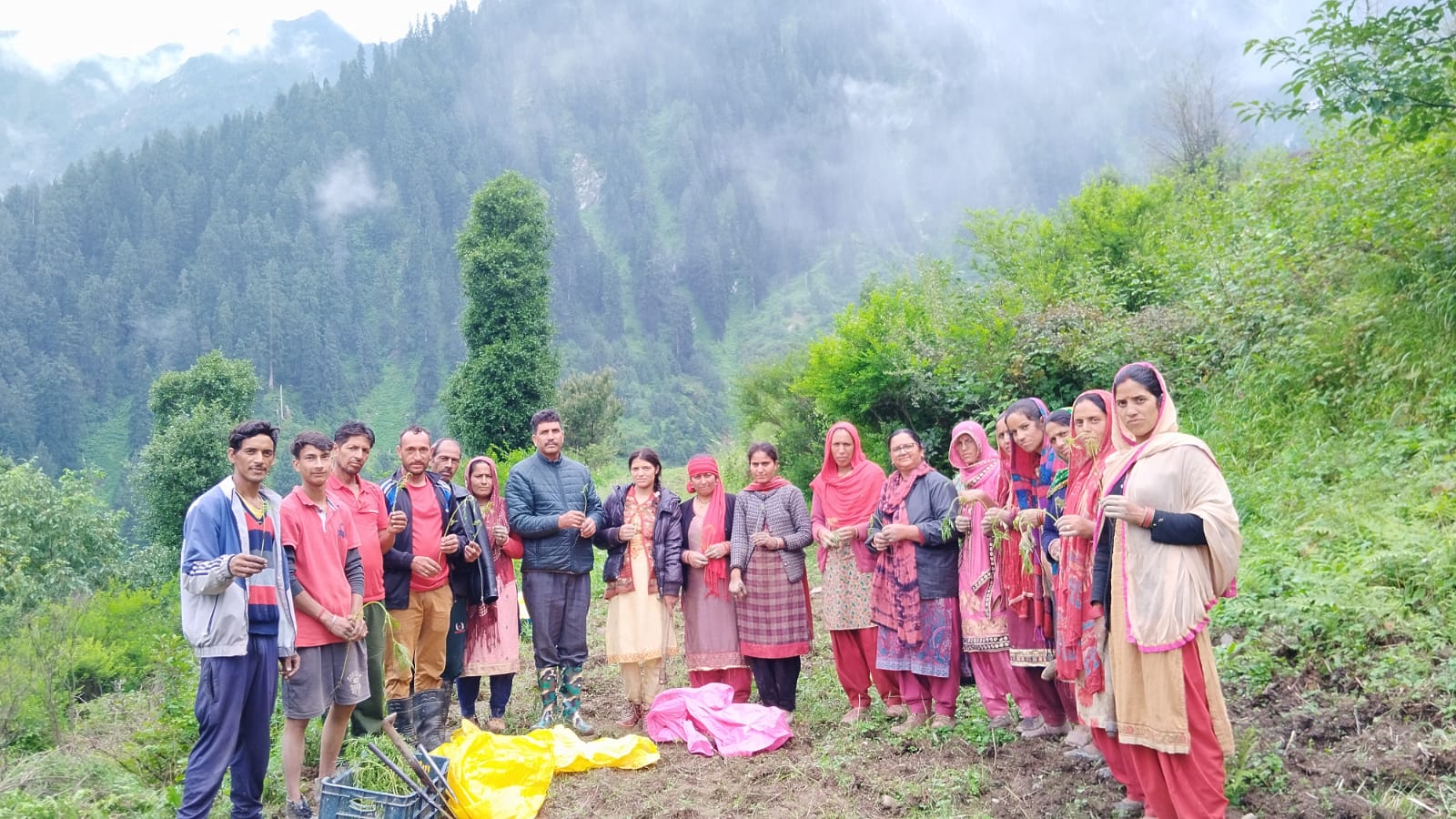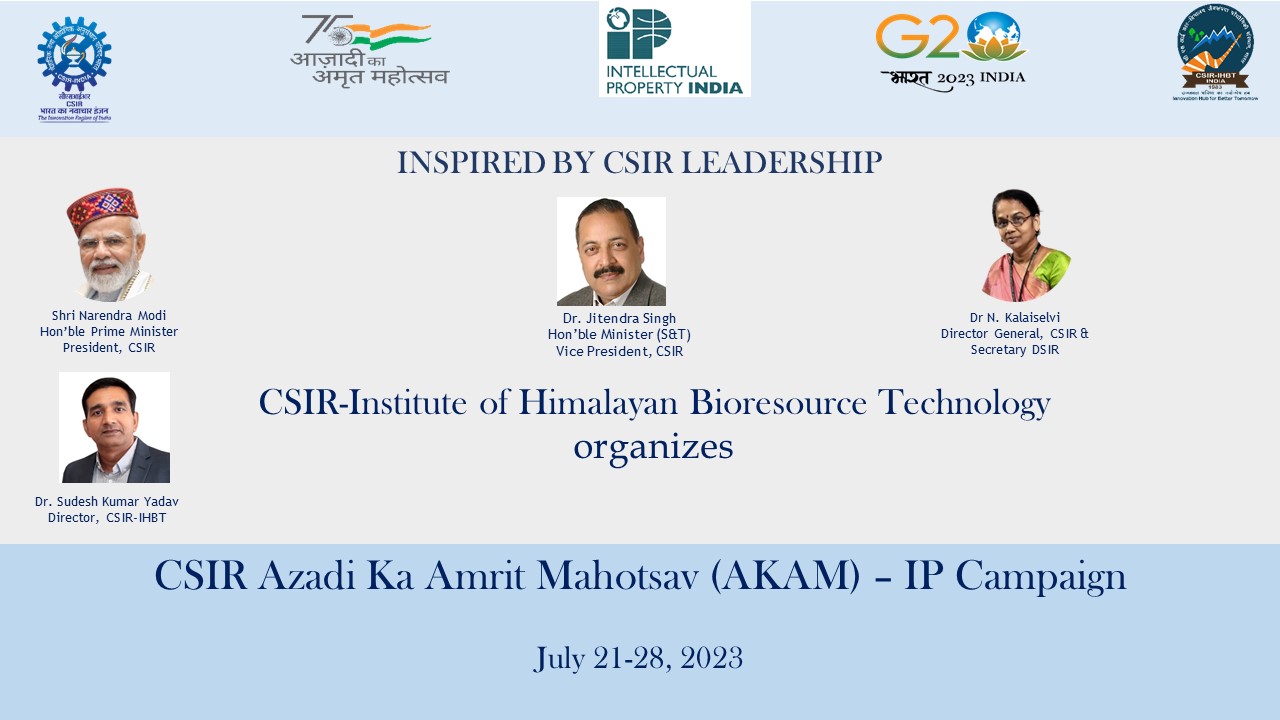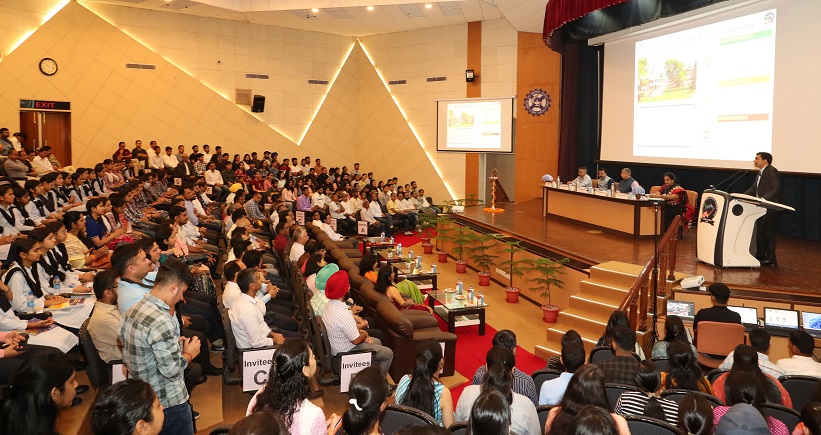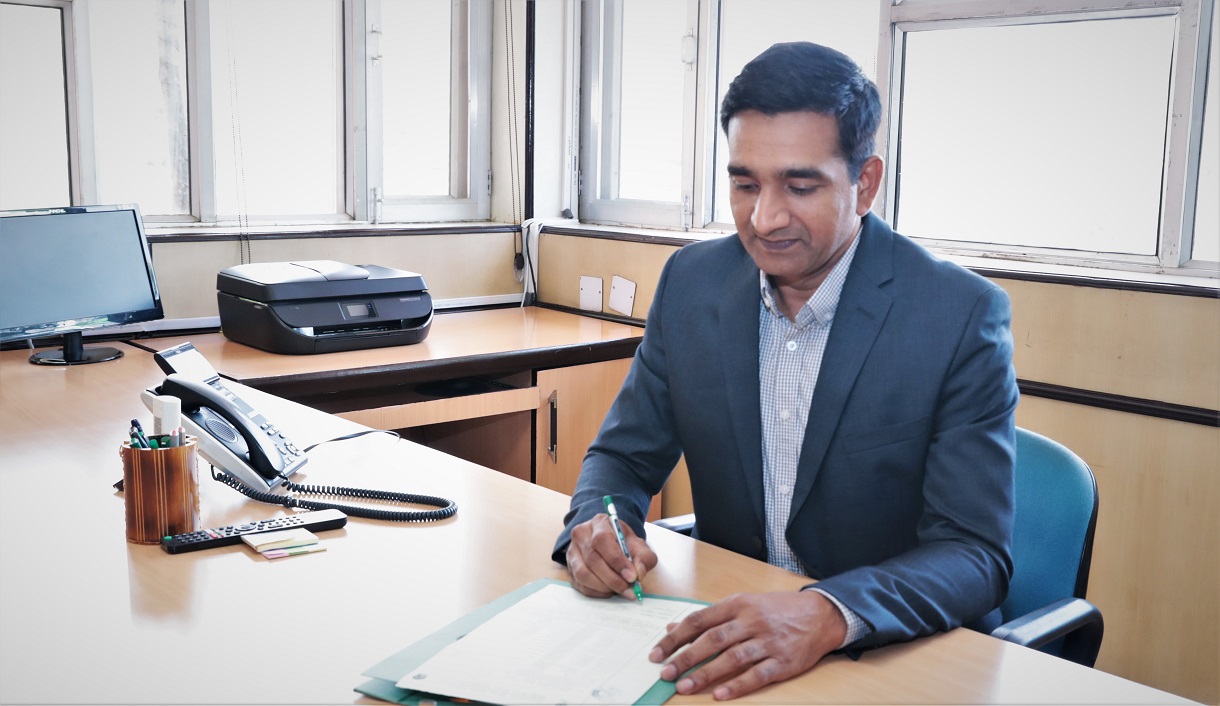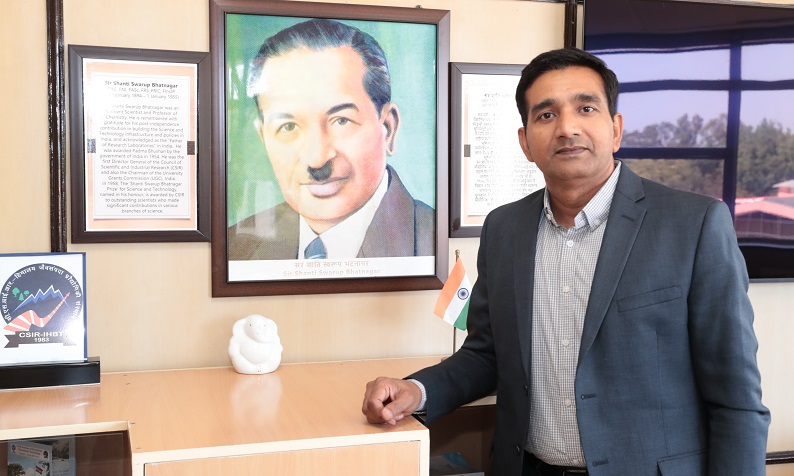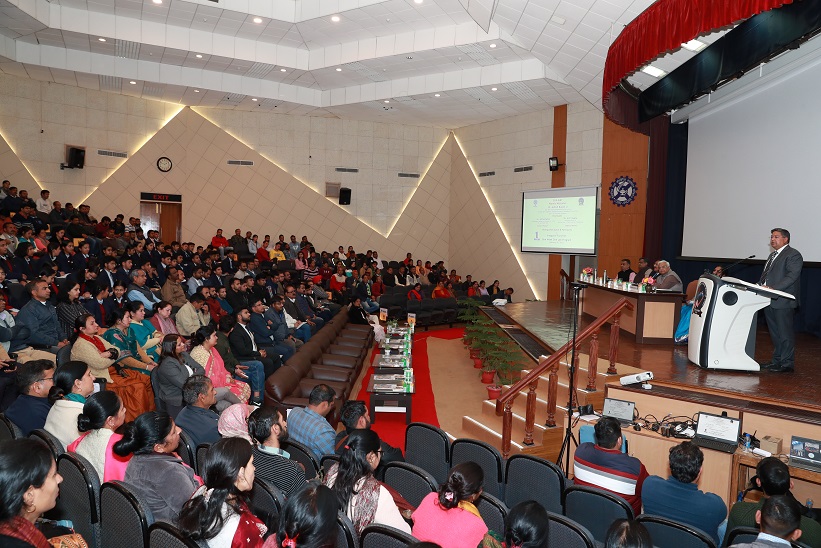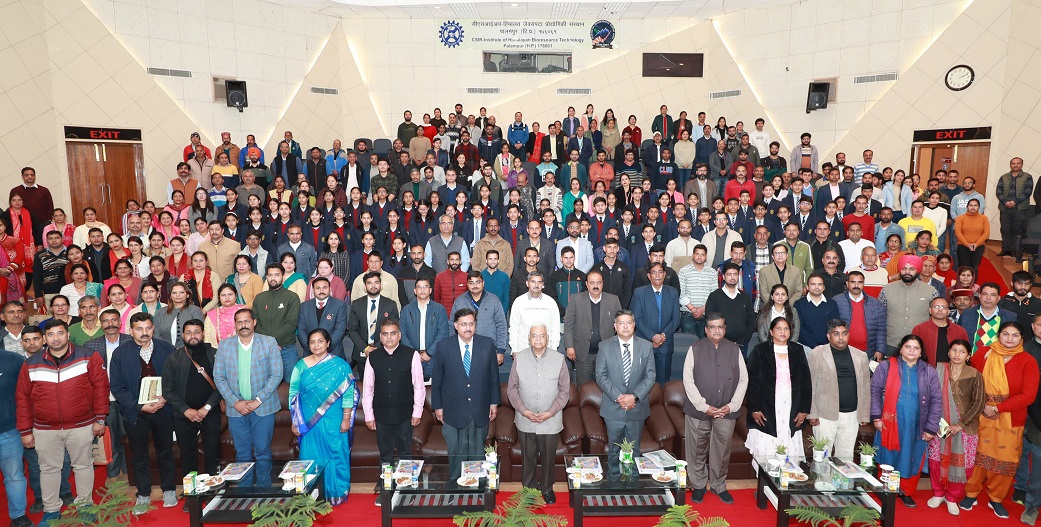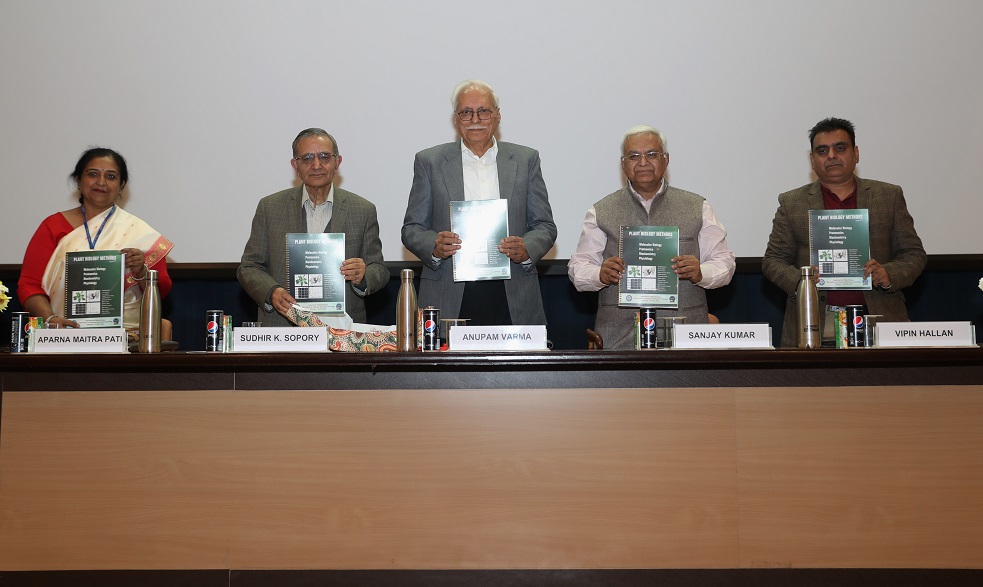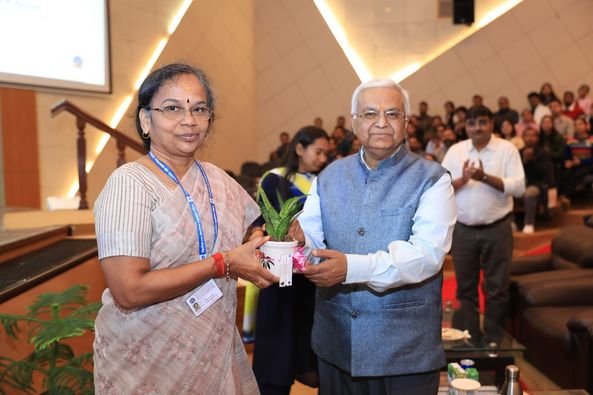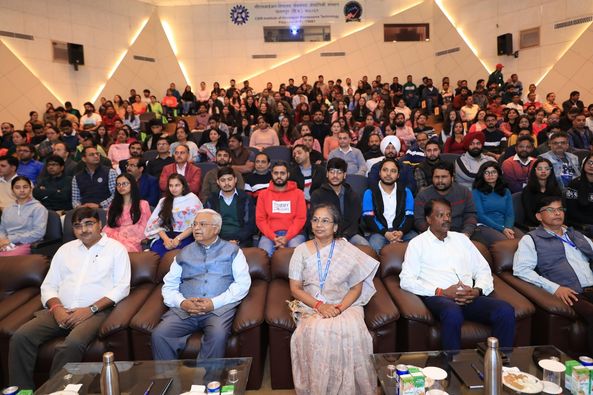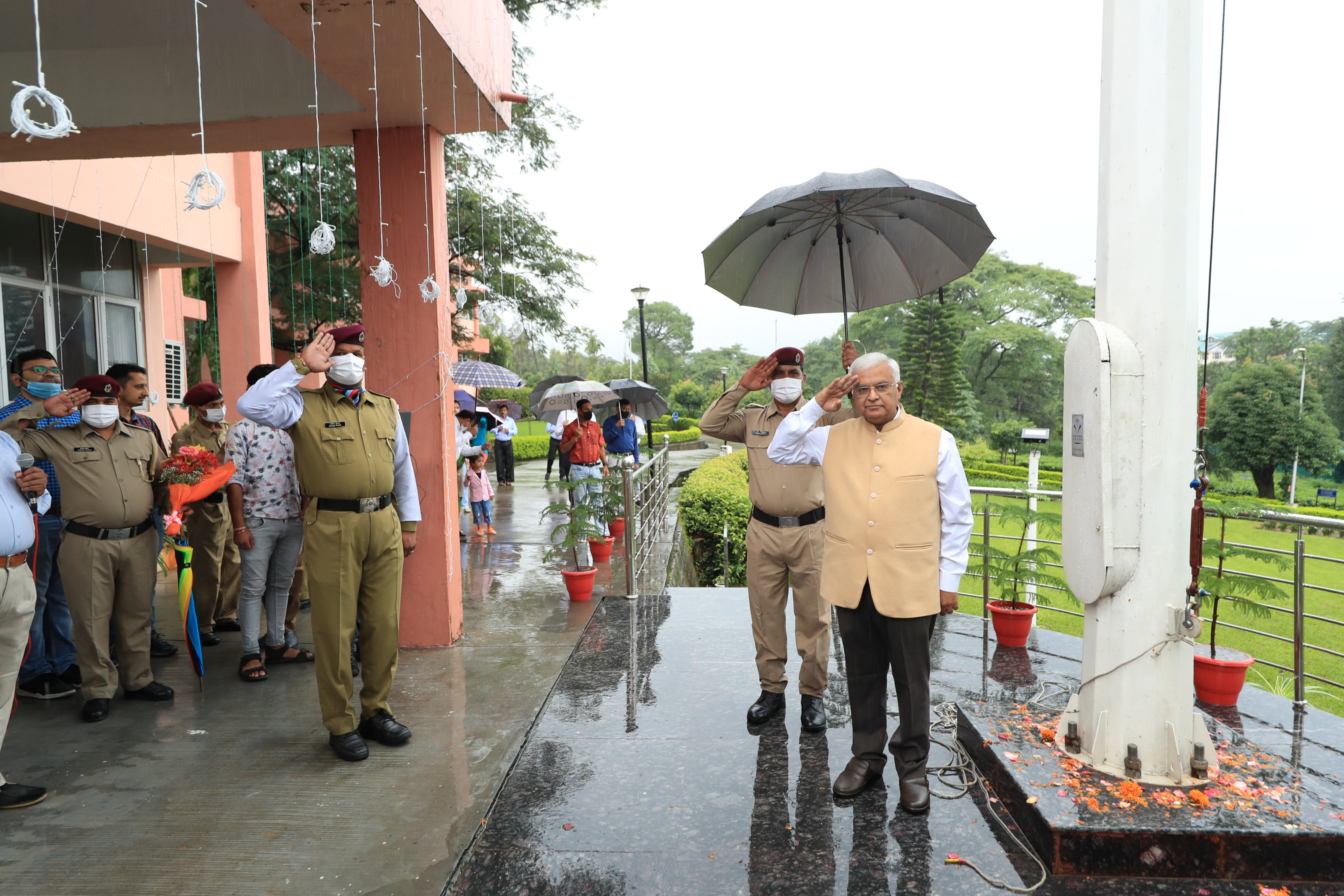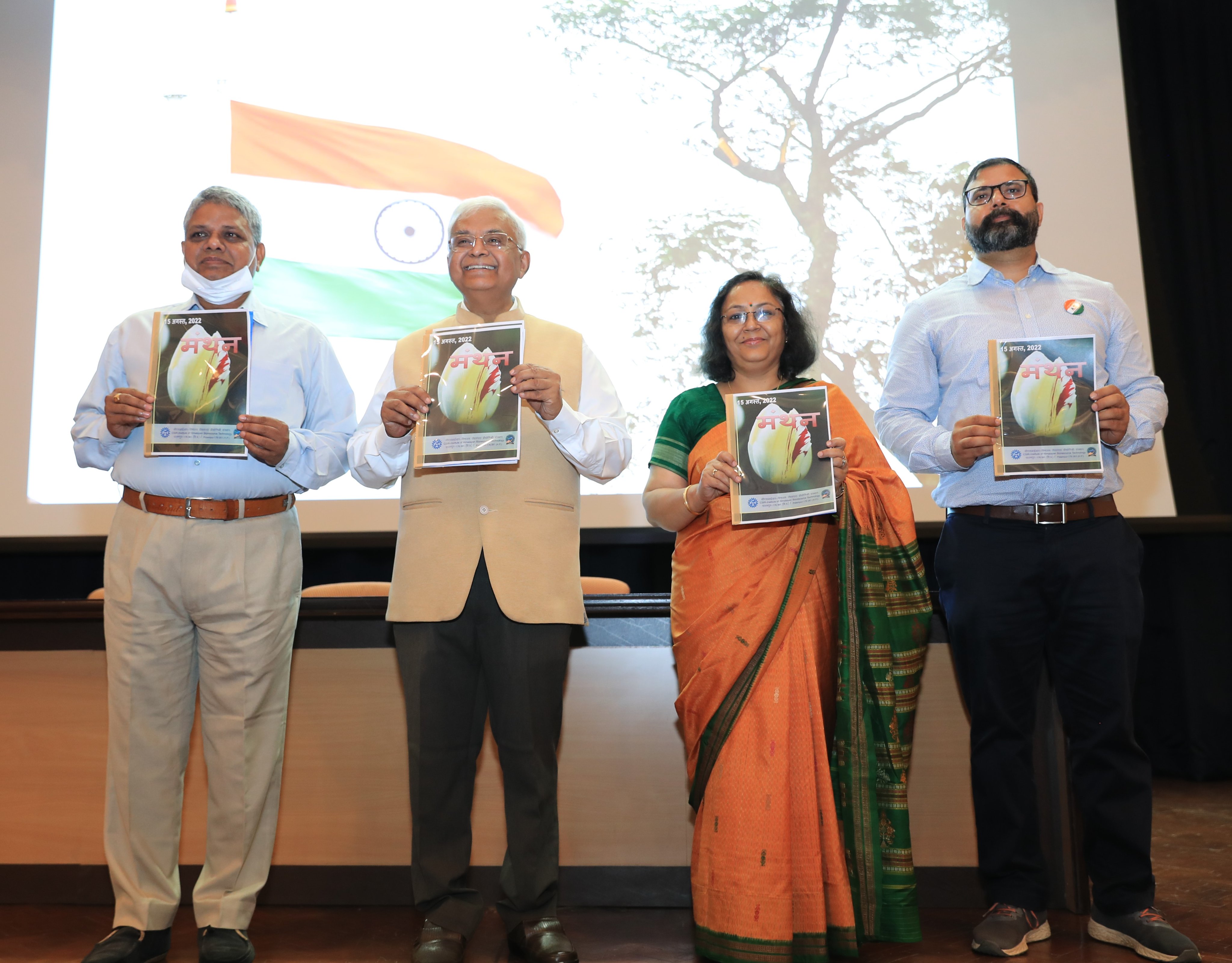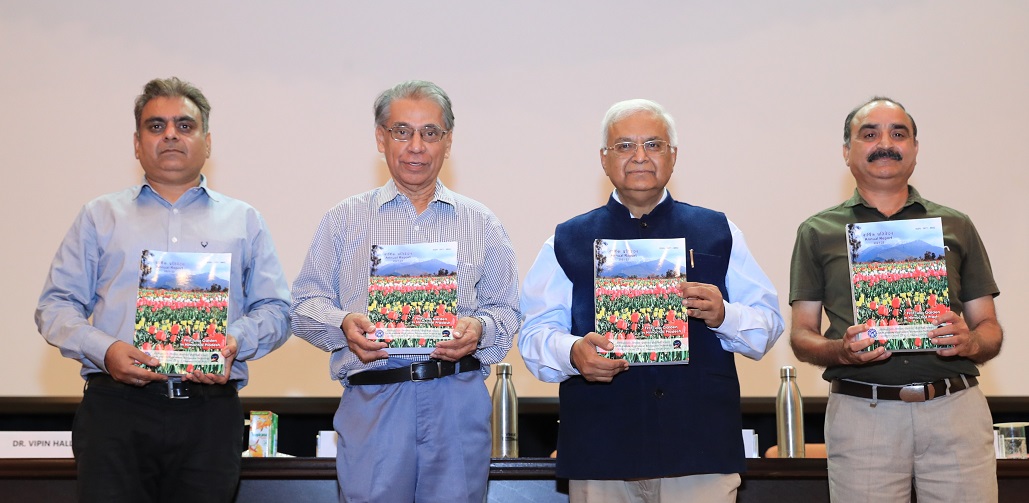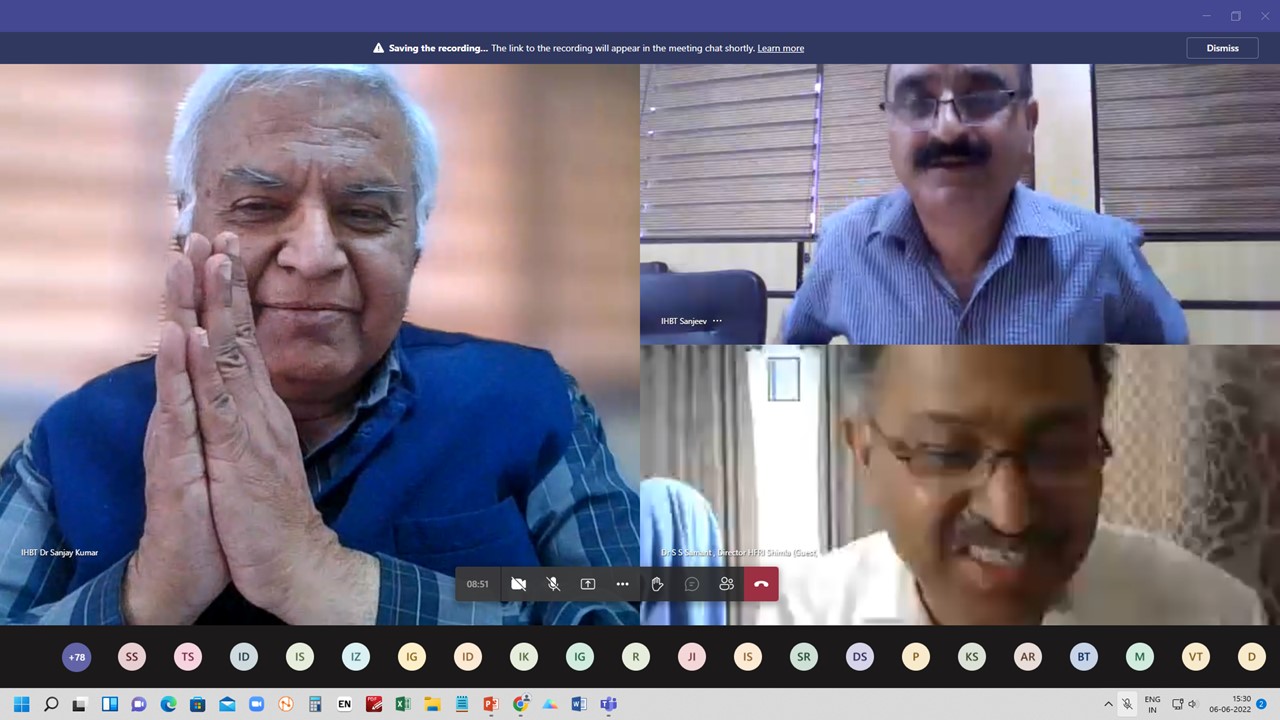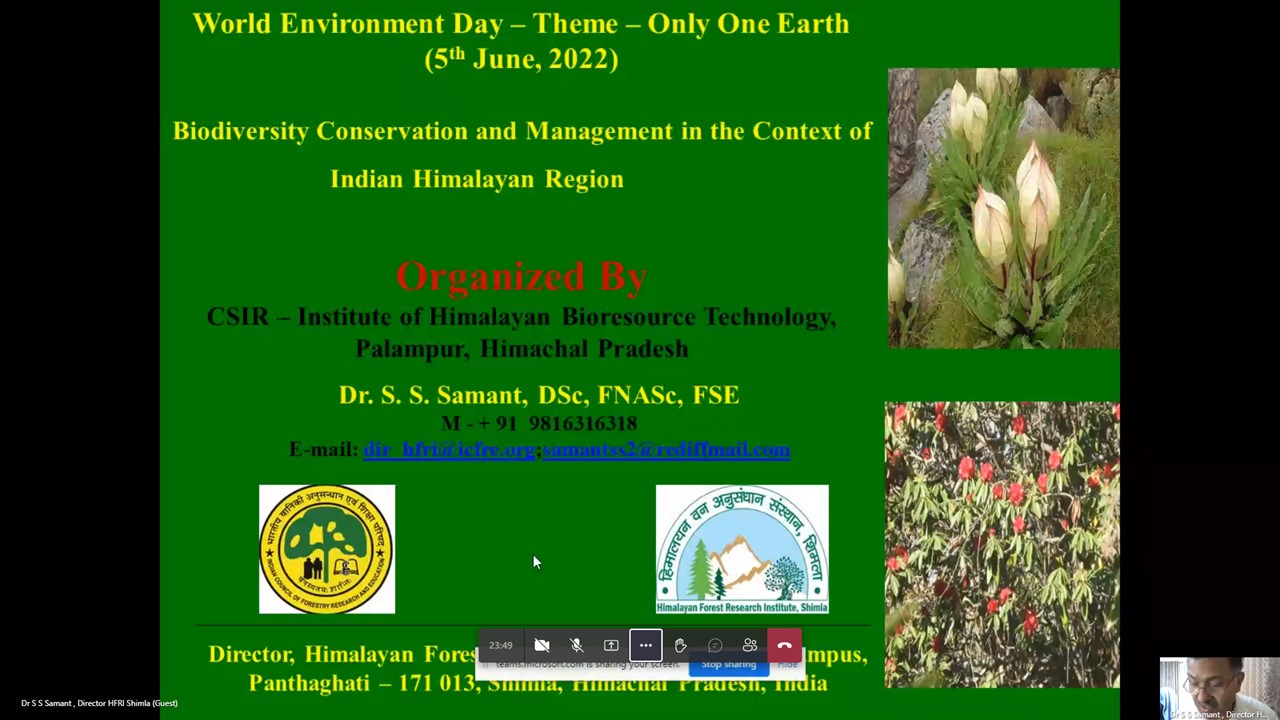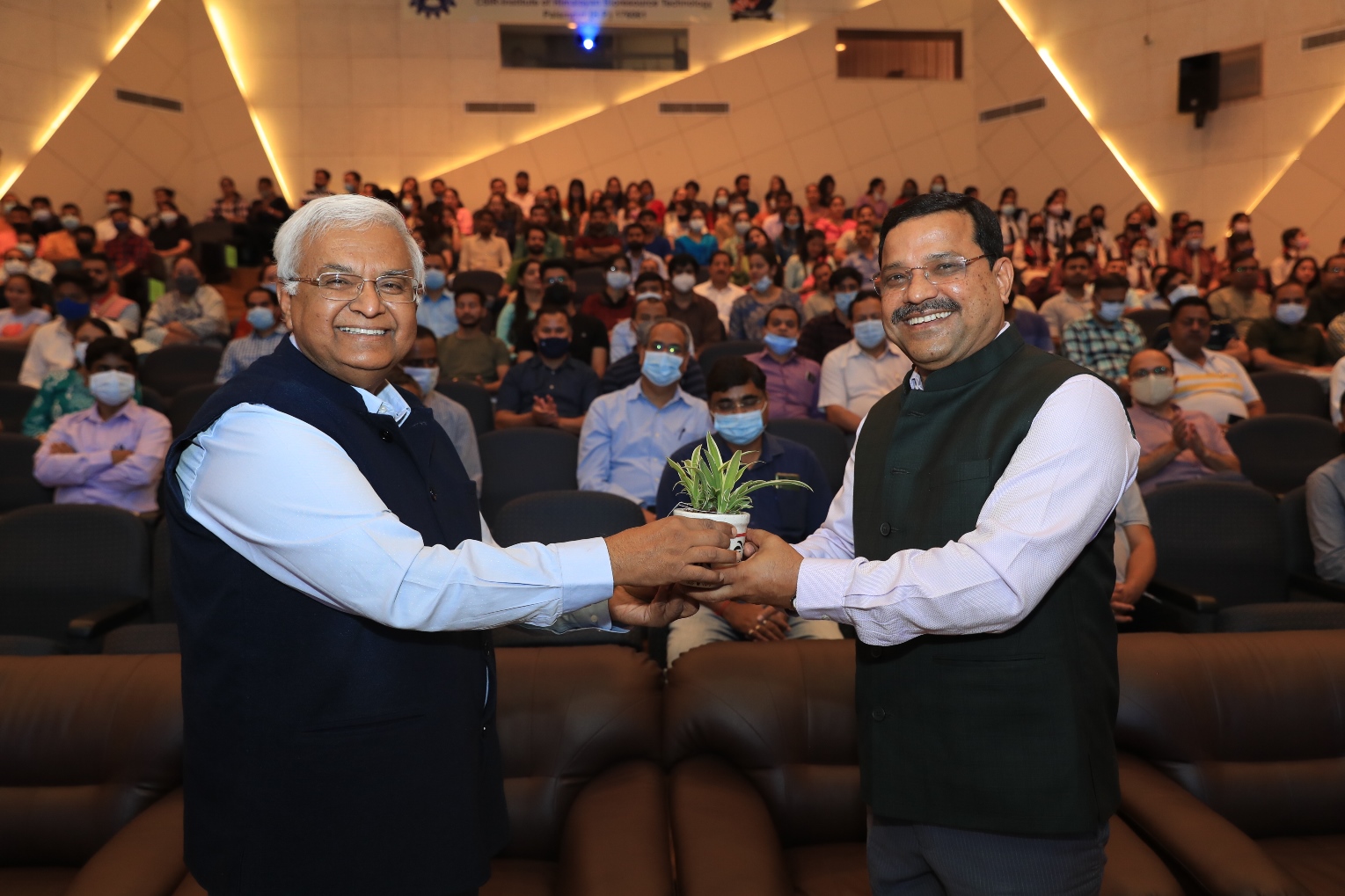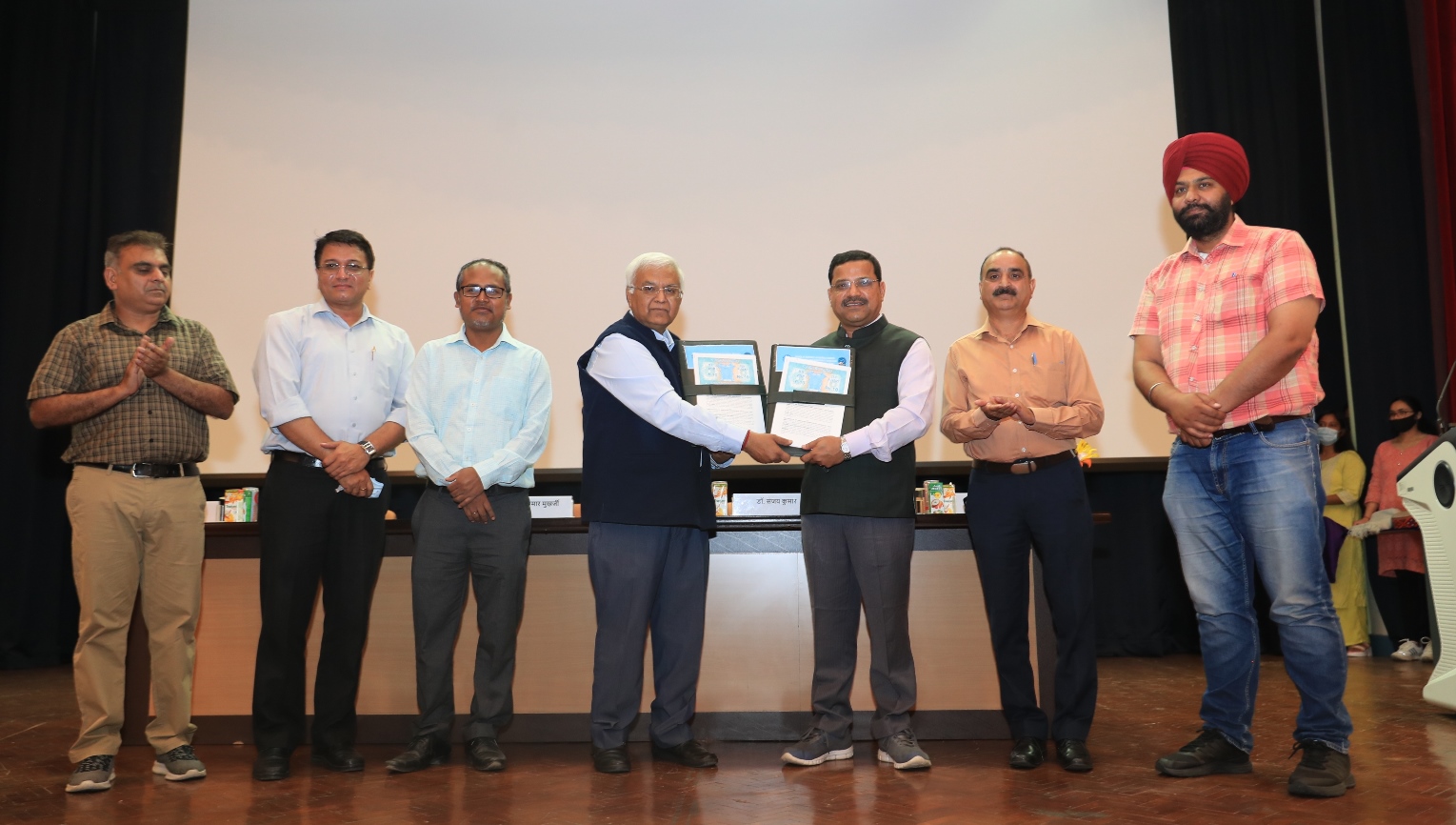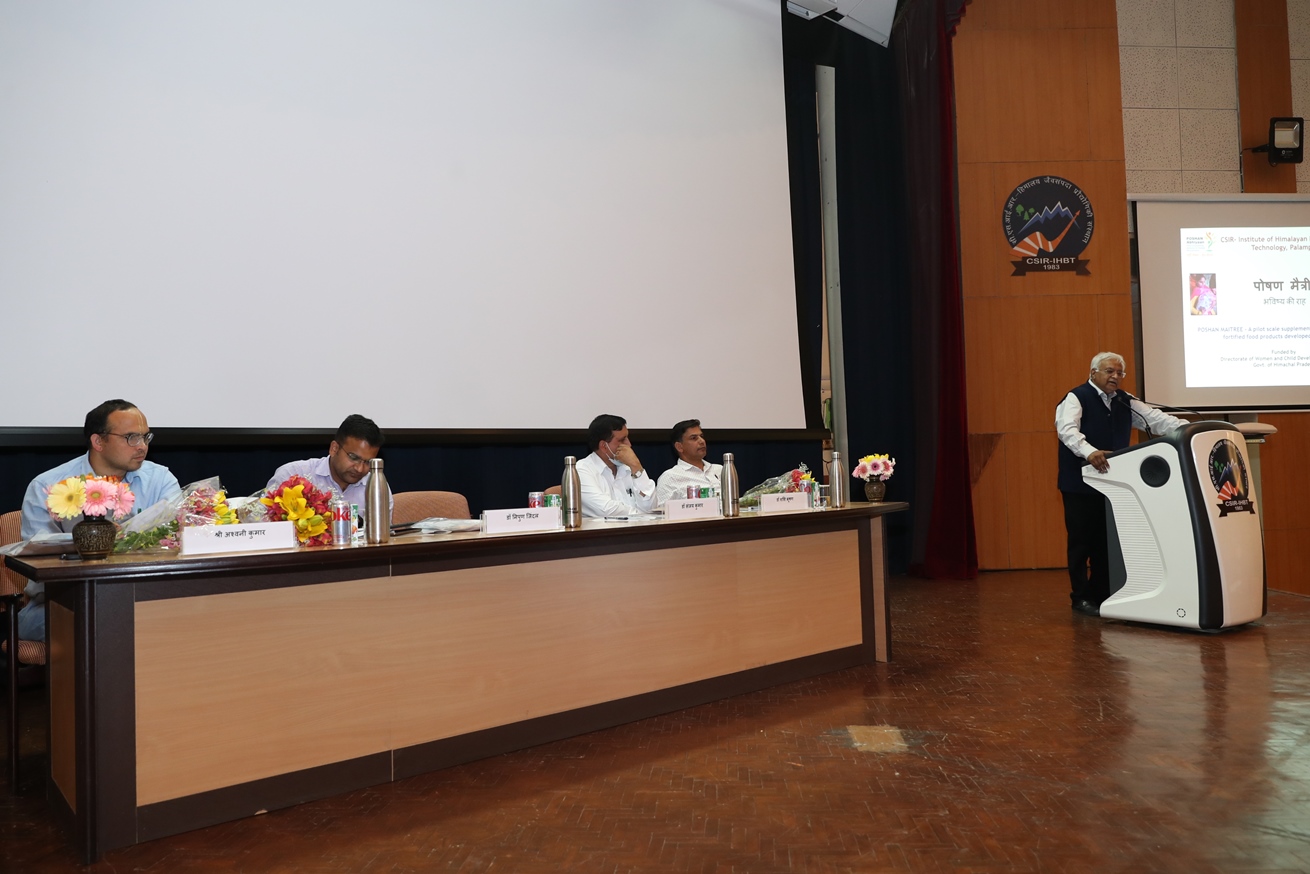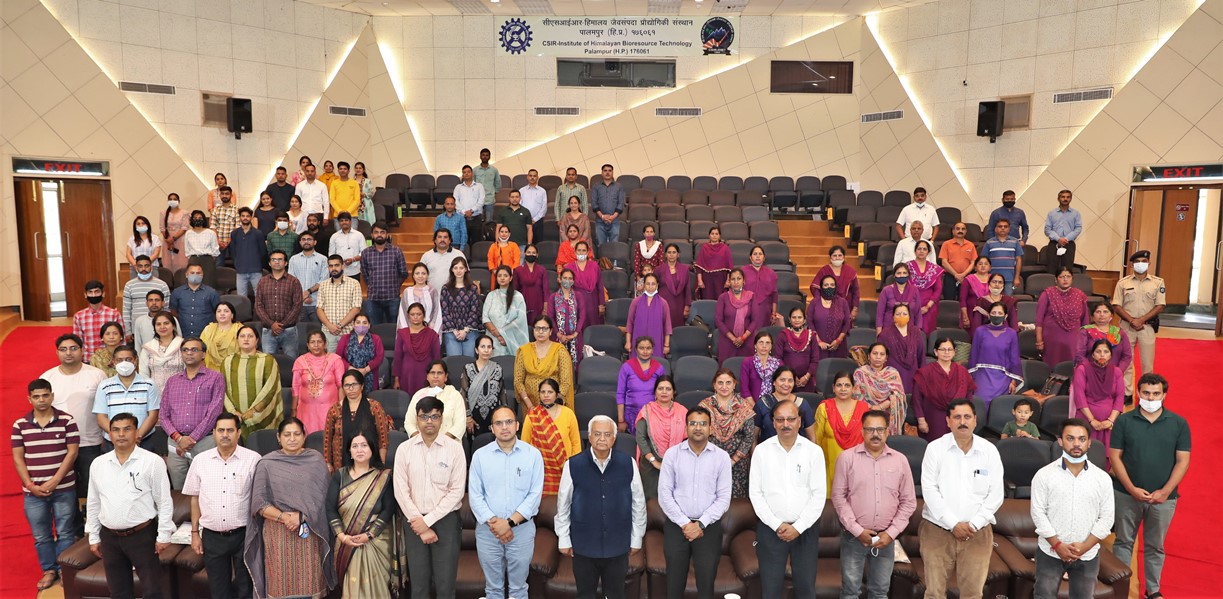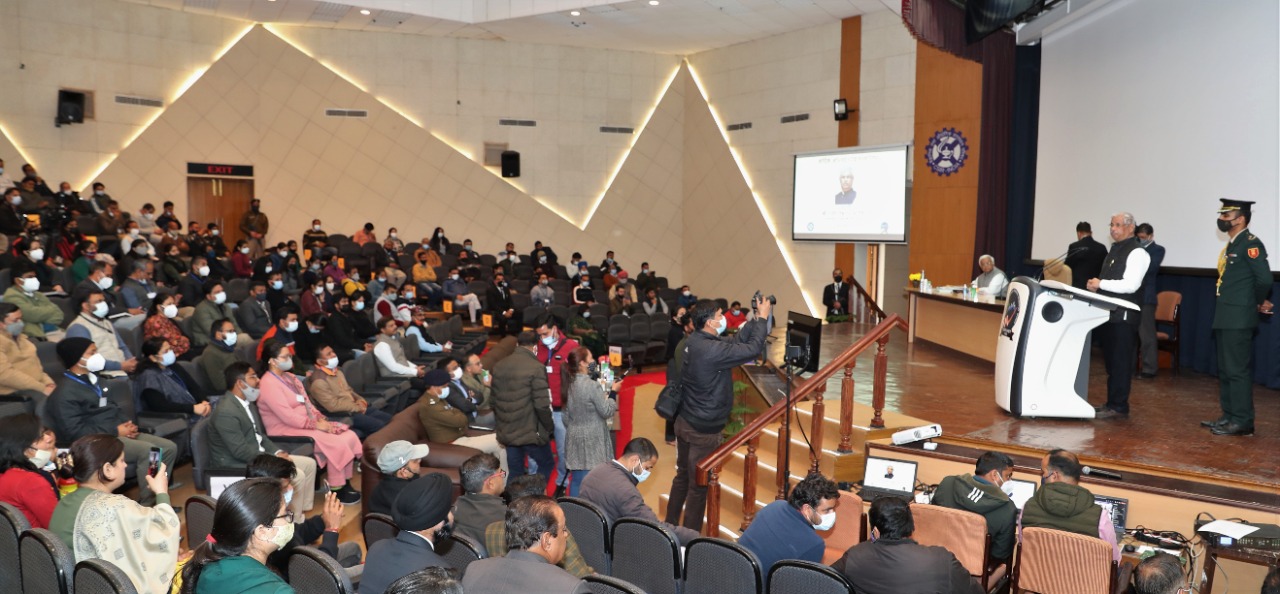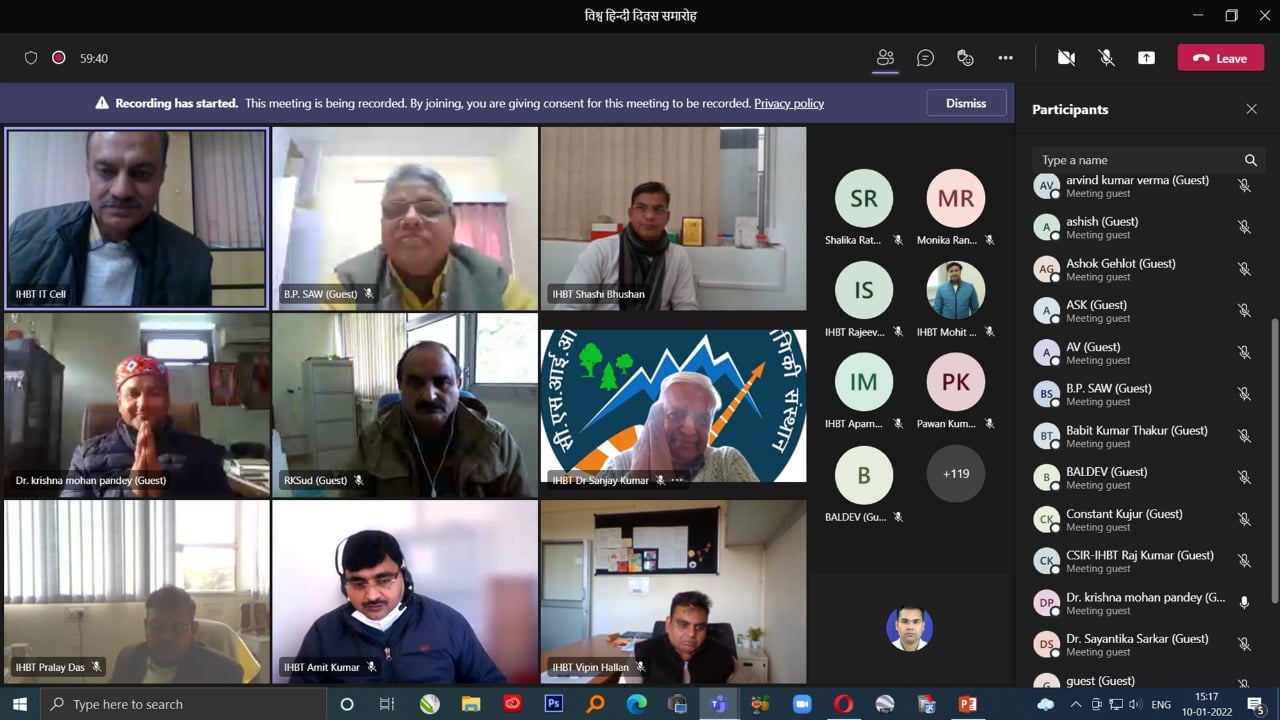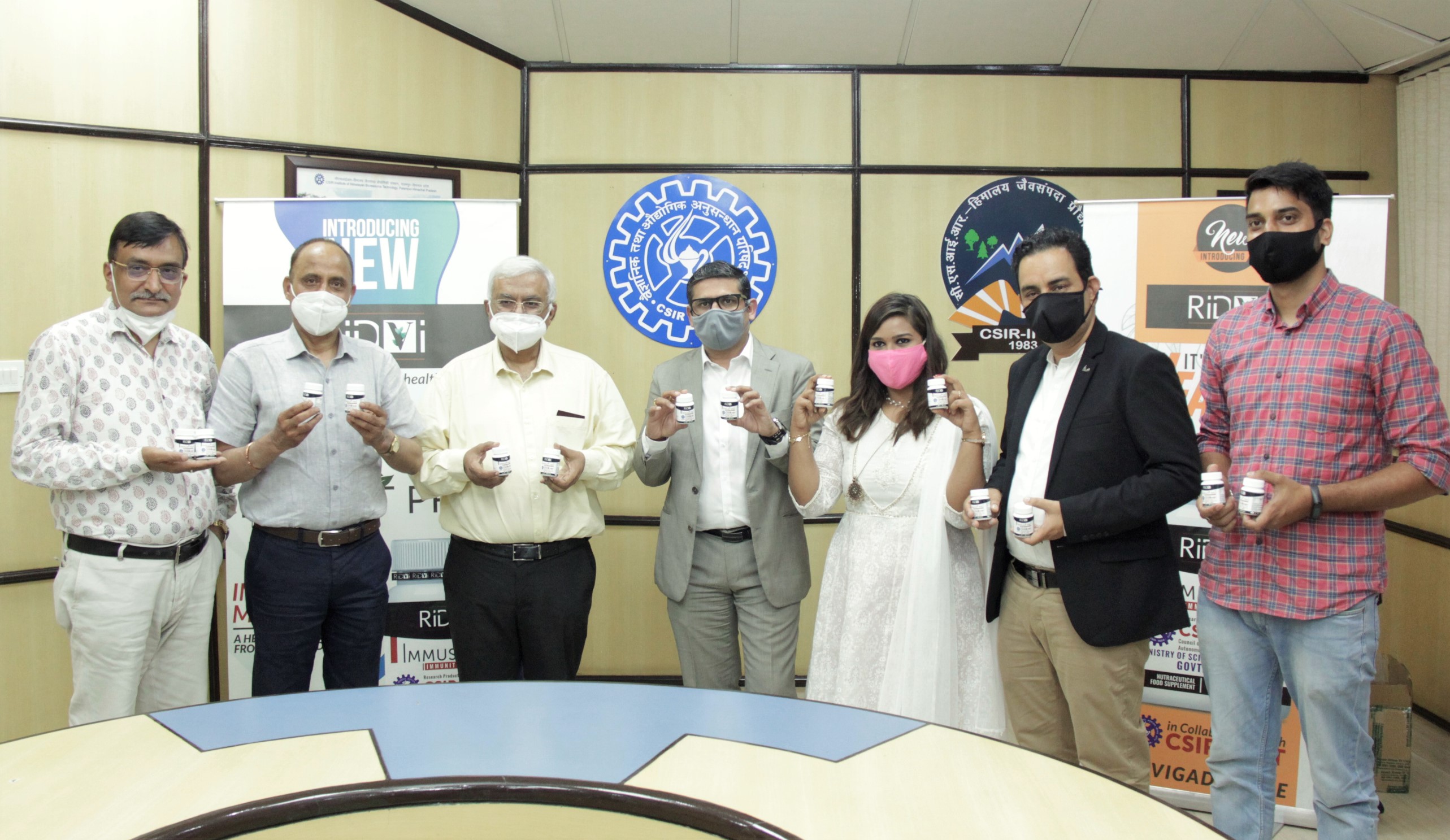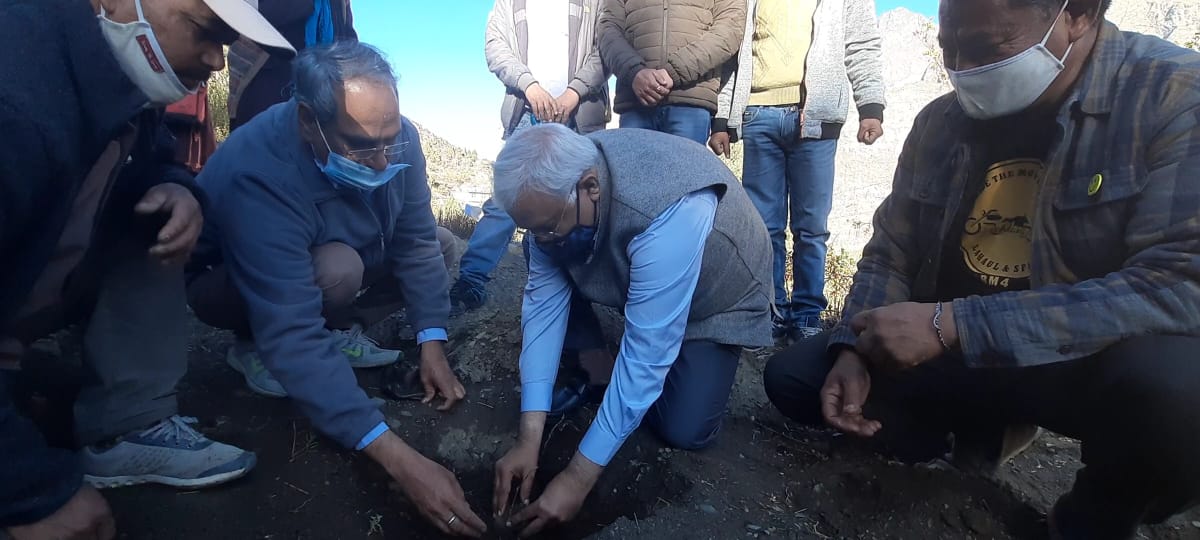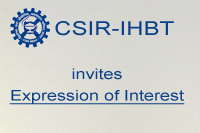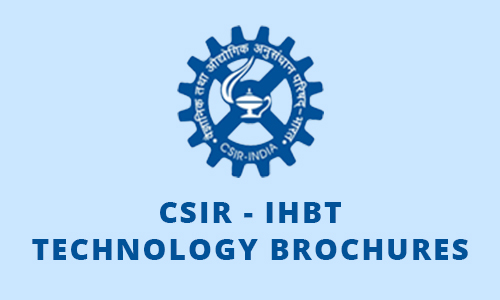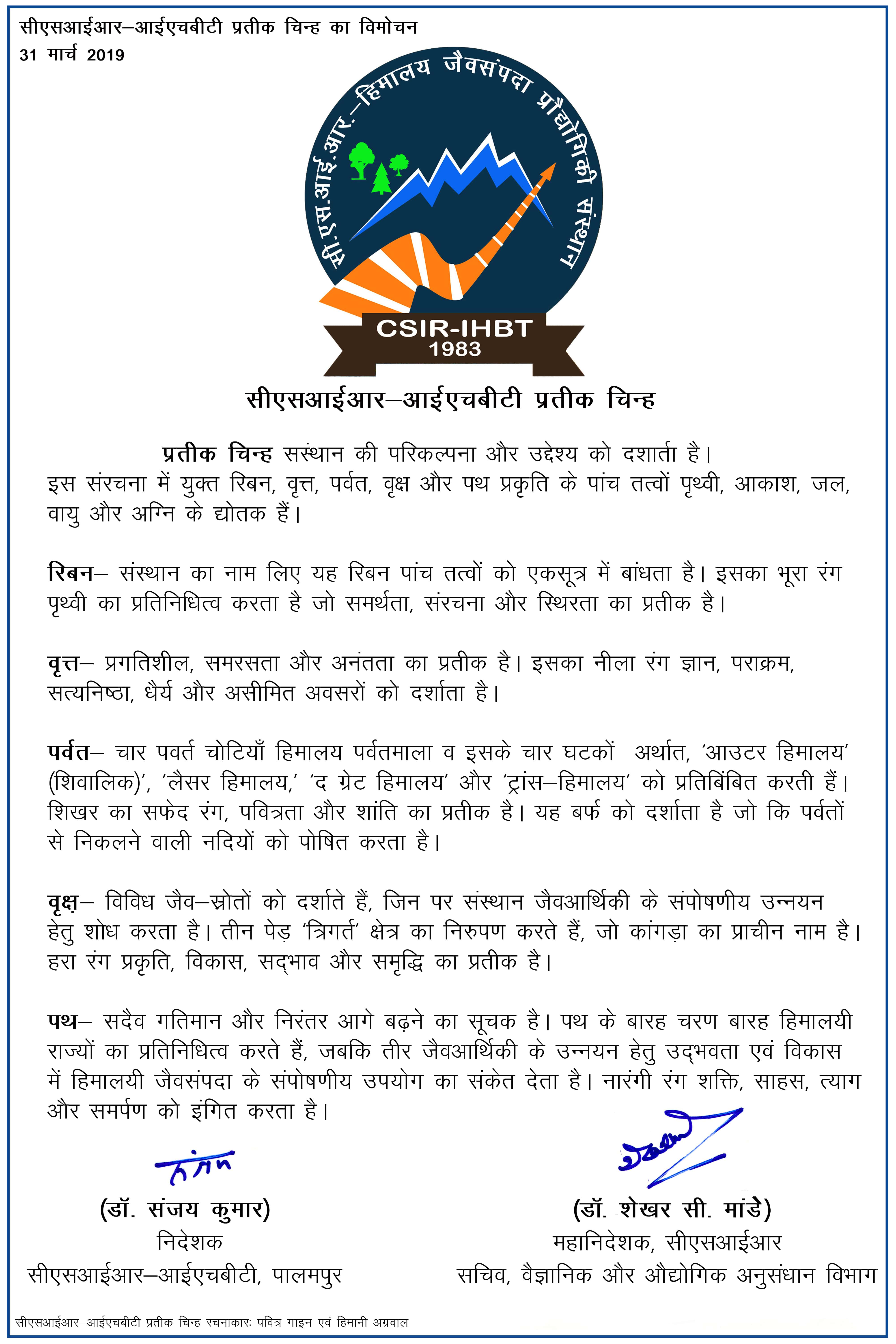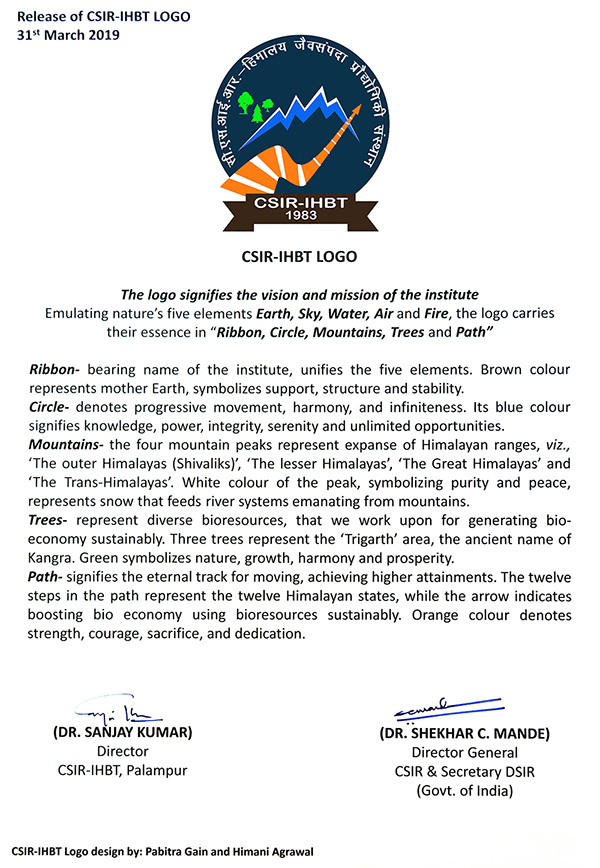सीएसआईआर-आईएचबीटी ने मनाया अपना 40वां स्थापना दिवस
CSIR-IHBT celebrated its 40th Foundation Day
सीएसआईआर-हिमालय जैवसंपदा प्रौद्योगिकी संस्थान, पालमपुर, हिमाचल प्रदेश ने 02 जुलाई 2022 को अपना 40वां स्थापना दिवस मनाया। कार्यक्रम की शुरुआत में संस्थान के निदेशक डॉ. संजय कुमार ने मुख्य अतिथि पद्म श्री, पद्म-विभूषण एवं शांति स्वरूप भटनागर पुरस्कार से सम्मानित डा. टी. रामास्वामी, पूर्व सचिव, विज्ञान और प्रौद्योगिकी विभाग, भारत सरकार एवं डिस्टिग्विश्ड प्रोफेसर ऑफ ऐमिनेंस, अन्ना विश्वविद्यालय, चेन्नई का अभिनन्दन एवं स्वागत करते हुये उनका संक्षिप्त परिचय दिया।
इस अवसर पर डा. टी. रामास्वामी ने ‘हिमालयी जैवमंडल के संपोषणीय जैव-आर्थिकी पथ की ओर: आईएचबीटी पथ अन्वेषक के रूप में’ विषय पर स्थापना दिवस संभाषण दिया। सीएसआईआर-आईएचबीटी संस्थान के स्थापना दिवस की शुभकामनाएं देते हुए उन्होंने इस संस्थान के नामकरण एवं उदेश्यों के बारे में बताया कि यह संस्थान समाजिक, पर्यावरणीय, औद्योगिक और अकादमिक लाभ हेतु हिमालयी जैवसंपदा से प्रक्रमों, उत्पादों और प्रौद्योगिकियों की खोज, नवोन्मेष, विकास एवं प्रसार के लक्ष्य के लिए सतत प्रयासरत है। अपने संबोधन में उन्होंने आगे बताया कि विज्ञान एवं प्रौद्योगिकी से देश को बहुत अधिक उम्मीद है अतः हमारा दायित्व है कि राष्ट्र एवं विश्व की अपेक्षाओं को पूरा करने की दिशा में प्रयास करें। जैवआर्थिकी को बढावा देने में हमारी क्या ताकत है तथा इस क्षेत्र में क्या अवसर है, के बारे में विस्तार से बताया। पिछले 40 वर्षों में समाज की सेवा में सीएसआईआर-आईएचबीटी द्वारा किए गए योगदान को उजागर करने के अलावा, माननीय डॉ रामासामी ने संस्थान के लिए भविष्य के अनुसंधान और विकास पथ को भी चिह्नित किया। उन्होंने भारतीय हिमालय जीवमंडल के नाजुक पारिस्थितिकी तंत्र में उपलब्ध जैव संसाधनों के सतत उपयोग के माध्यम से तकनीकी समाधानों के आधार पर जैव अर्थव्यवस्था को बढ़ावा देने के लिए संस्थागत जनादेश को पुनर्स्थापित करने का सुझाव दिया। उन्होंने सतत विकास के लिए तीन स्तंभों यानी सहने योग्य, न्यायसंगत और व्यवहार्य पर जोर दिया। उन्होंने विज्ञान के क्षेत्र में नवोन्मेष, तथा जैवआर्थिकी उत्थान के लिए जैव आधारित उत्पादों के मूल्यवर्धन पर बल दिया तथा संस्थान से आह्वान किया कि वे भारतीय हिमालयी क्षेत्र की चुनौतियों को स्वीकरते हुए जैवआर्थिकी की दिशा में आगे बढ़ें। डा. रामास्वामी ने संस्थान की विभिन्न शोध गतिविधियों एवं सुविधाओं का अवलोकन भी किया। उनकी यात्रा के दौरान, सीएसआईआर-आईएचबीटी में समग्र सामाजिक लाभ के लिए विकसित विभिन्न किसानों और उद्योग केंद्रित प्रौद्योगिकियों को भी प्रदर्शित किया गया।
इससे पूर्व संस्थान के निदेशक डा. संजय कुमार ने संस्थान के वर्ष 2021-22 के वार्षिक प्रतिवेदन को प्रस्तुत किया। उन्होंने बताया कि अरोमा मिशन चरण- II के अन्तर्गत संस्थान ने 1398 हेक्टेयर क्षेत्र को सगंध फसलों अंतर्गत समाहित किया और बारह राज्यों और दो केंद्र शासित प्रदेशों में इसकी खेती का विस्तार किया। वर्ष के दौरान, हिमाचल प्रदेश ने 7.3 टन तेल के उत्पादन के साथ देश में सगंध गेंदे के तेल के शीर्ष उत्पादक के रूप में अपना स्थान बनाए रखा है। कुल मिलाकर, हमारे संस्थान से जुड़े किसानों द्वारा सगंध फसलों की खेती से लगभग ₹15.66 करोड़ मूल्य के सगंध तेल का उत्पादन किया गया। सीएसआईआर-फ्लोरिकल्चर मिशन के अंतर्गत, पुष्प फसलों के क्षेत्र में 350 हेक्टेयर तक का विस्तार किया गया, जिससे 1004 किसानों लाभान्वित हुए। संस्थान में इस वर्ष ट्यूलिप गार्डन एक मुख्य आकर्षण रहा। संस्थान के प्रयासों से भारत के कई राज्यों में 448 हेक्टेयर क्षेत्र को स्टीविया की खेती के अंतर्गत लाया गया। देश में हींग की खेती के लिए 214 स्थानों पर 4 हेक्टेयर क्षेत्र को खेती के अन्तर्गत लाते हुए 33000 पौधों की आपूर्ति की गई। हिमाचल प्रदेश और उत्तराखंड के अलावा जम्मू-कश्मीर एवं लद्दाख में किसानों तक बेहतर पहुंच के लिए 519 किसानों और 53 कृषि अधिकारियों को प्रशिक्षण दिया गया। राज्य कृषि विभाग के सहयोग से प्रदेश में किसानों को 6859 किलो केसर के कंदों की आपूर्ति की गई ताकि केसर उत्पादन को बढ़ावा दिया जा सके। संस्थान द्वारा उत्तर पूर्वी राज्यों में सेब की कम-चिलिंग किस्मों का विस्तार लगभग 117.5 एकड़ क्षेत्र में किया गया। इन प्रयासों का उल्लेख भारत के माननीय प्रधान मंत्री श्री नरेंद्र मोदी द्वारा 25 जुलाई 2021 को ‘मन की बात’ कार्यक्रम में भी किया गया। एक नई पहल के अन्तर्गत, आईएचबीटी ने हिमाचल में दालचीनी की संगठित खेती की शुरुआत की। संस्थान में सीएसआईआर-टीकेडीएल प्वाइंट ऑफ प्रेजेंस की स्थापना की गई। जिसमें सोवा रिग्पा (तिब्बती चिकित्सा पद्धति) पर ध्यान केंद्रित किया गया है, जहां इसे प्रलेखित और डिजिटाइज़ किया जा रहा है। सीएसआईआर-उच्च तुंगता जीवविज्ञान केंद के प्रक्षेत्र जीनबैंक को 40 संकटग्रस्त पौधों की प्रजातियों से समृद्ध किया गया।
इस अवसर पर डा. टी. रामास्वामी ने संस्थान के वार्षिक प्रतिवेदन 2021-22 तथा ‘आईएचबीटी का इतिहास’ का विमोचन किया। इस अवसर पर कृषि, जैव,रसयान,आहारिकी एवं खाद्य तथा पर्यावरण प्रौद्यौगिकी के क्षेत्र में महत्वपूर्ण शोध उपलब्धियों के संग्रह भी विमोचित किए गए। साथ में तुलसी की खेती एवं कई अन्य प्रकाशनों का भी विमोचन किया गया। समारोह के दौरान हरियाणा केन्द्रीय विश्वविद्यालय, विज्ञान और प्रौद्योगिकी विभाग, सिक्किम सरकार के अलावा 03 अन्य औद्योगिक इकाइयों के साथ समझौता ज्ञापनों पर भी हस्ताक्षर किए गए।
समारोह में स्थानीय कृषि विश्वविद्यालय के पूर्व कुलपति डा. एस. के. शर्मा, चिन्मय तपोवन ट्रस्ट की निदेशक डा. क्षमा मैत्रे, आईवीआरआई, आईजीएफआरआई, पालमपुर विज्ञान केन्द्र, कृषि विश्वविद्यालय के वैज्ञानिकों ने प्रतिभागिता की। इस समारोह में जिज्ञासा कार्यक्रम के अंतर्गत केंद्रीय विद्यालय पालमपुर व न्यूगल पब्लिक सीनियर सैकेंडरी स्कूल बिंद्राबन (पालमपुर) के 70 छात्रों व 4 शिक्षकों नें भाग लिया एवं प्रयोगशालाओं का भ्रमण किया | सीएसआईआर-आईएचबीटी संस्थान के स्थापना दिवस में स्थानीय शैक्षणिक स्टाफ, पूर्व कर्मचारी, स्थानीय उद्यमी एवं उत्पादक एवं मीडिया के प्रतिनिधि भी शामिल हुए।
CSIR-Himalayan Institute of Bioresource Technology, Palampur, Himachal Pradesh celebrated its 40th Foundation Day on 02 July 2022. In the beginning, Dr. Sanjay Kumar, Director of the Institute, welcomed the Chief Guest Padma Shri, Padma Bhushan and Shanti Swarup Bhatnagar Awardee Dr. T. Ramasami, Former Secretary, Department of Science and Technology, Government of India and Distinguished Professor of Eminence, Technology Enabling Centre, Anna University, Chennai and gave a brief introduction about him to the audience.
On this occasion, Dr. T. Ramasami delivered a foundation day speech on “Towards Sustainable Bioeconomy Path of Himalayan Biosphere: IHBT as the Path Finder”. While greeting the staff of the Institute on the 40th foundation day, he said that CSIR-IHBT is located in a fragile ecosystem and is mandated to emerge as a global leader on technologies for boosting bioeconomy through sustainable utilization of Himalayan bioresources". Apart from highlighting the contribution made by CSIR-IHBT in the service of the society over the last 40 years, Dr. Ramasami also suggested to focus upon developing technological solutions for sustainable bioeconomy. He is of the opinion that CSIR-IHBT has to play a crucial role of serving the nation as a path finder towards sustainable economy using resources available in Himalayan biosphere. He emphasized on three pillars for sustainable development i.e. Bearable, Equitable and Viable. He stressed upon innovation in the field of science, and value addition of bio-based products for the economical upliftment and called upon the institute to accept the challenges of the fragile Indian Himalayan ecosystem. Dr. Ramasami also visited the research facilities, processing units and fields of the institute. During his visit, various farmers and industry centric technologies developed for the overall social benefit at CSIR-IHBT were also displayed.
Earlier, the director of the Institute, Dr. Sanjay Kumar presented the annual report of the Institute for the year 2021-22. He said that under Aroma Mission Phase-II, the Institute covered an area of 1398 hectares under aromatic crops and expanded its cultivation in twelve states and two union territories. During the year, Himachal Pradesh has maintained its position as the top producer of marigold oil in the country with a production of 7.3 tonnes of oil with institutional efforts. Under the Floriculture Mission, the area was expanded to 350 hectares, benefiting 1004 farmers. Tulip garden established in the Institute has been a major attraction this year. The area under stevia cultivation also extended to 448 hectares in India with concerted efforts of IHBT. For the cultivation of asafoetida in the country, 33000 saplings were supplied and brought 4 hectares under cultivation at 214 places. Apart from Himachal Pradesh and Uttarakhand, 519 farmers and 53 agriculture officers of Jammu & Kashmir and Ladakh were trained. With agriculture department, 6859 kg saffron tubers were supplied to the farmers in the state so that saffron production could be promoted. The area under low-chilling varieties of apples have been extended to about 117.5 acres in the North Eastern States. These efforts were also mentioned in the 'Mann Ki Baat' program on 25 July 2021 by Honourable Prime Minister, Shri Narendra Modi. In a new initiative, IHBT introduced organized cultivation of cinnamon in Himachal. Moreover, CSIR-TKDL Point of Presence has been established in the Institute with a focus to document and digitize Sowa Rigpa (Tibetan system of medicine). He informed that the farm gene bank at Centre of High Altitude Biology was also enriched with 40 threatened Himalayan plant species.
On this occasion, Dr. T. Ramasami released the Annual Report 2021-22 of the Institute and 'History of IHBT'. Along with cultivation manual on Tulsi, compendiums on significant research accomplishments in the fields of agriculture, biotechnology, natural plant products, dietetics & nutrition and environmental technology were also released. Besides 03 industrial units, MoUs with Haryana Central University, Department of Science and Technology, Government of Sikkim were also signed during the event.
Besides former Vice Chancellor of the Agricultural University, Dr. SK Sharma, Director of Chinmaya Tapovan Trust Dr. Kshama Maitre, scientists from IVRI, IGFRI, Palampur Science Centre, Agricultural University were also attended the program. A number of students and teachers from Kendriya Vidyalaya Palampur and Neugal Public Senior Secondary School, Bindraban (Palampur) participated under the Jigyasa program and visited laboratories. Local academic staff, ex-employees, local entrepreneurs and producers and media representatives also graced the foundation day event.

